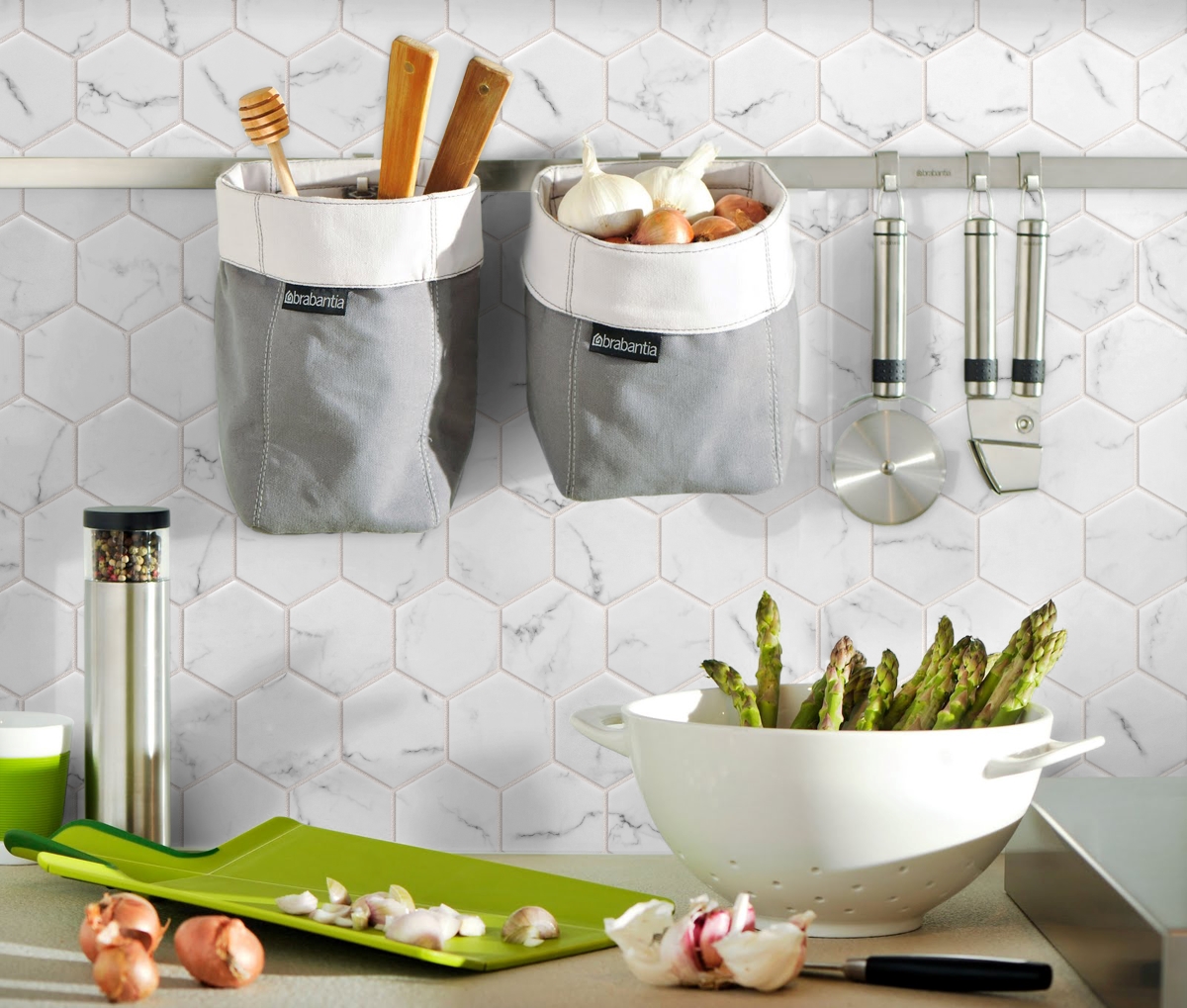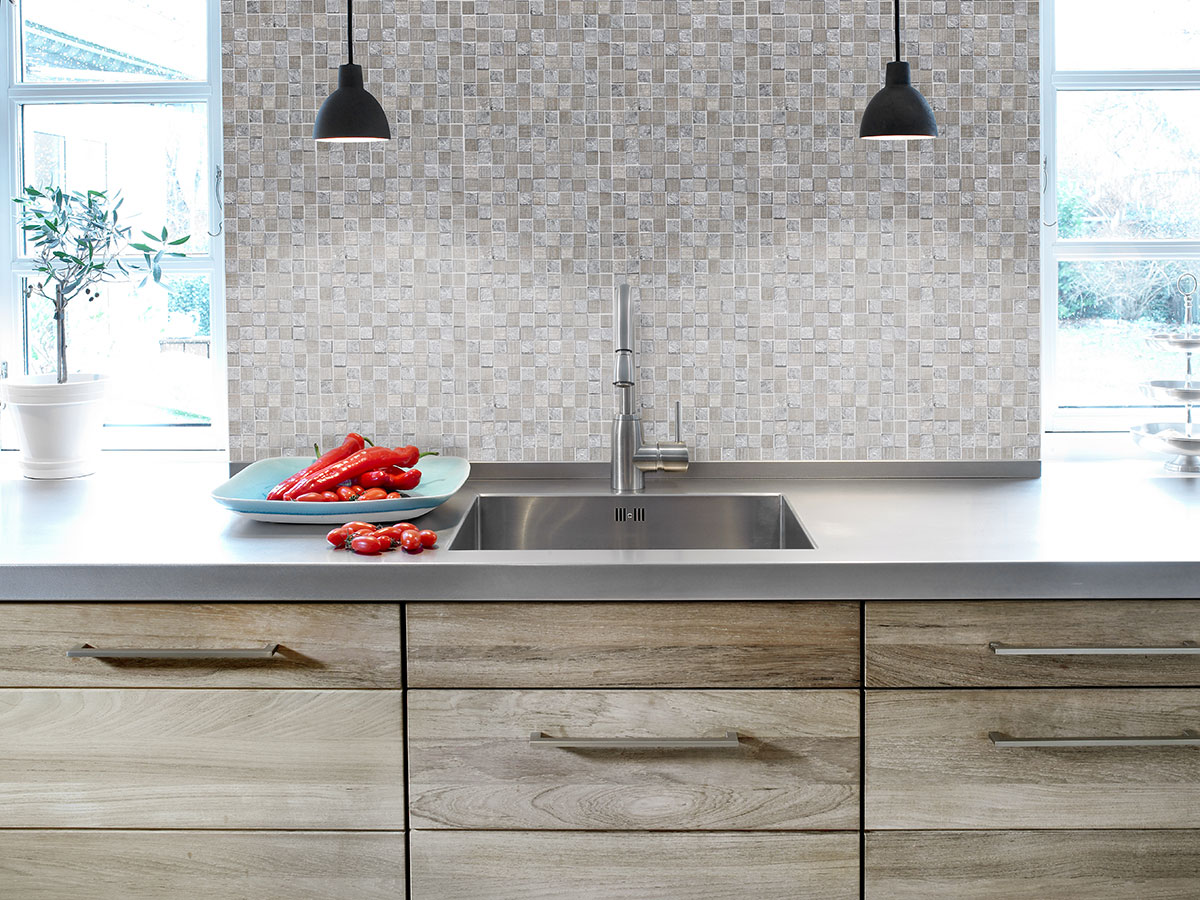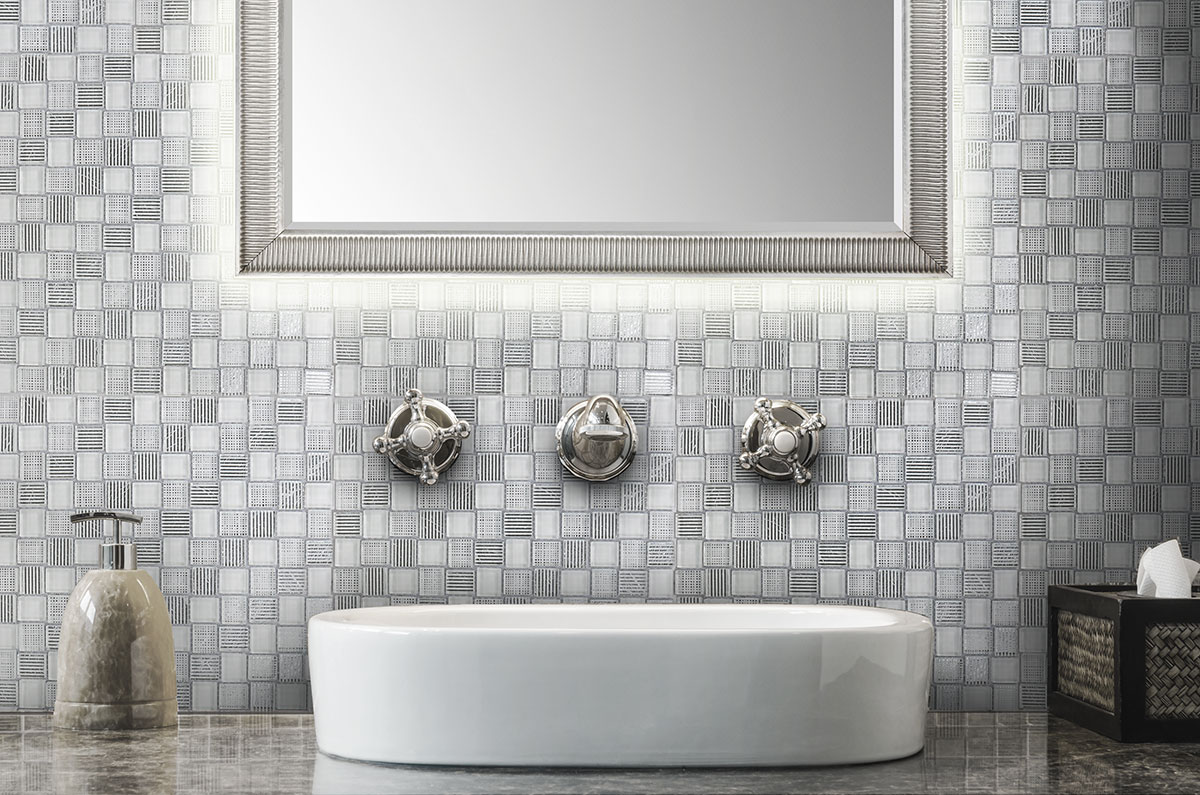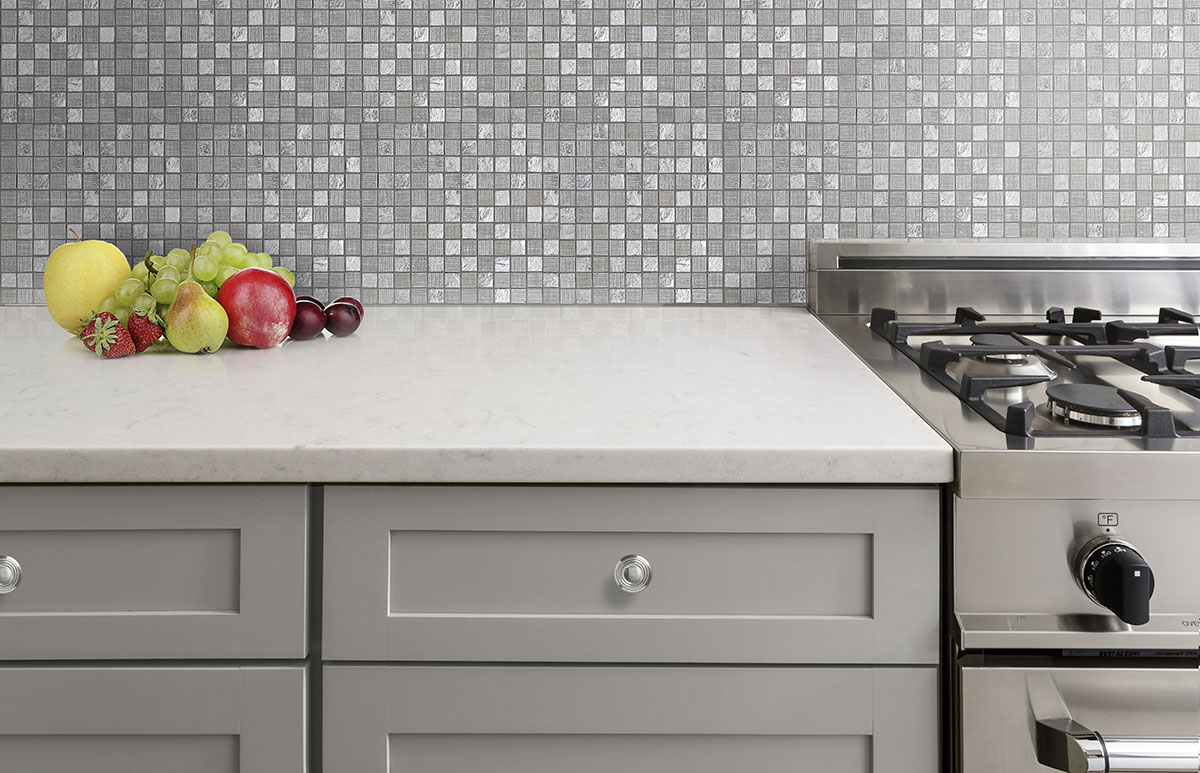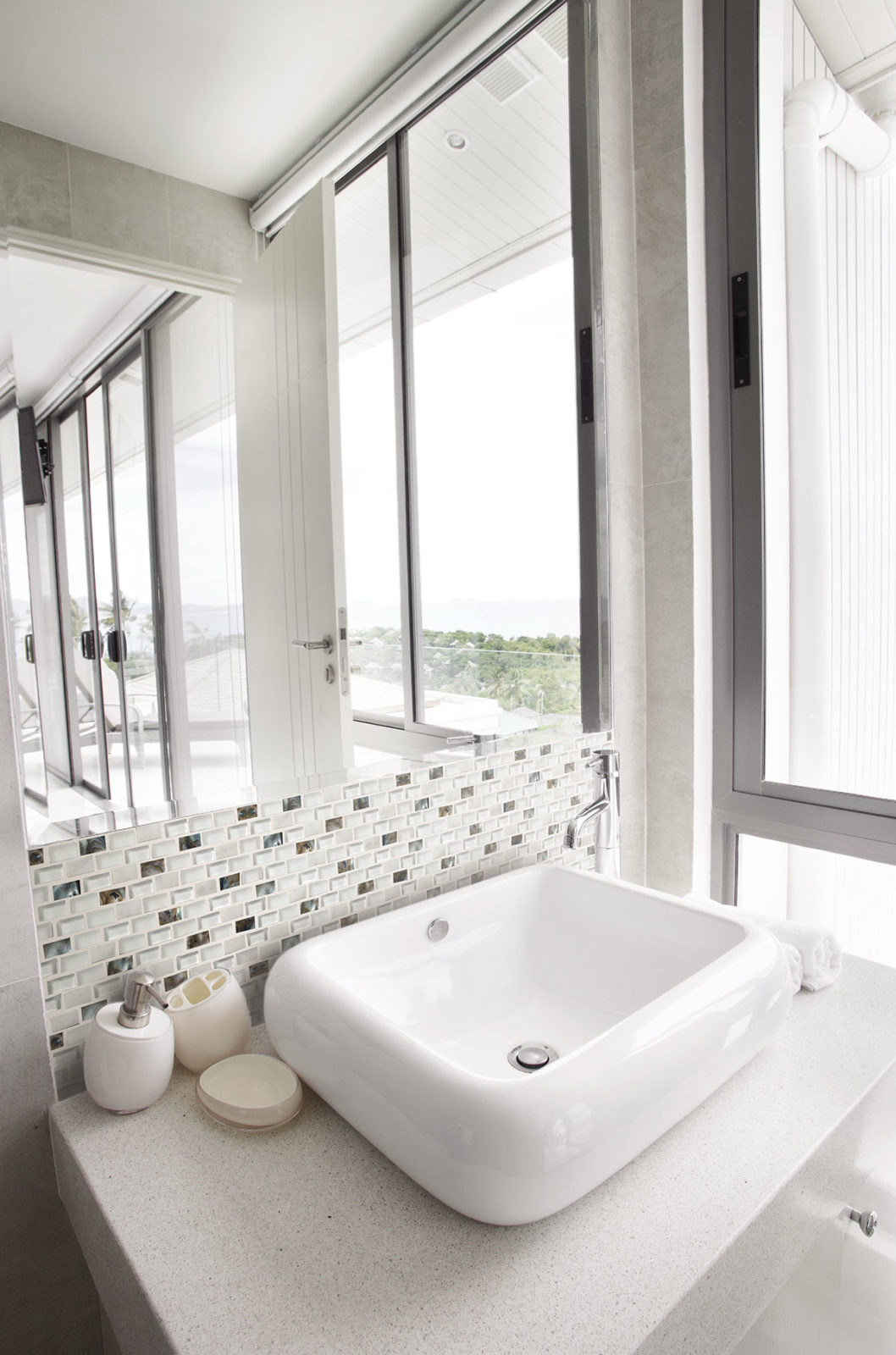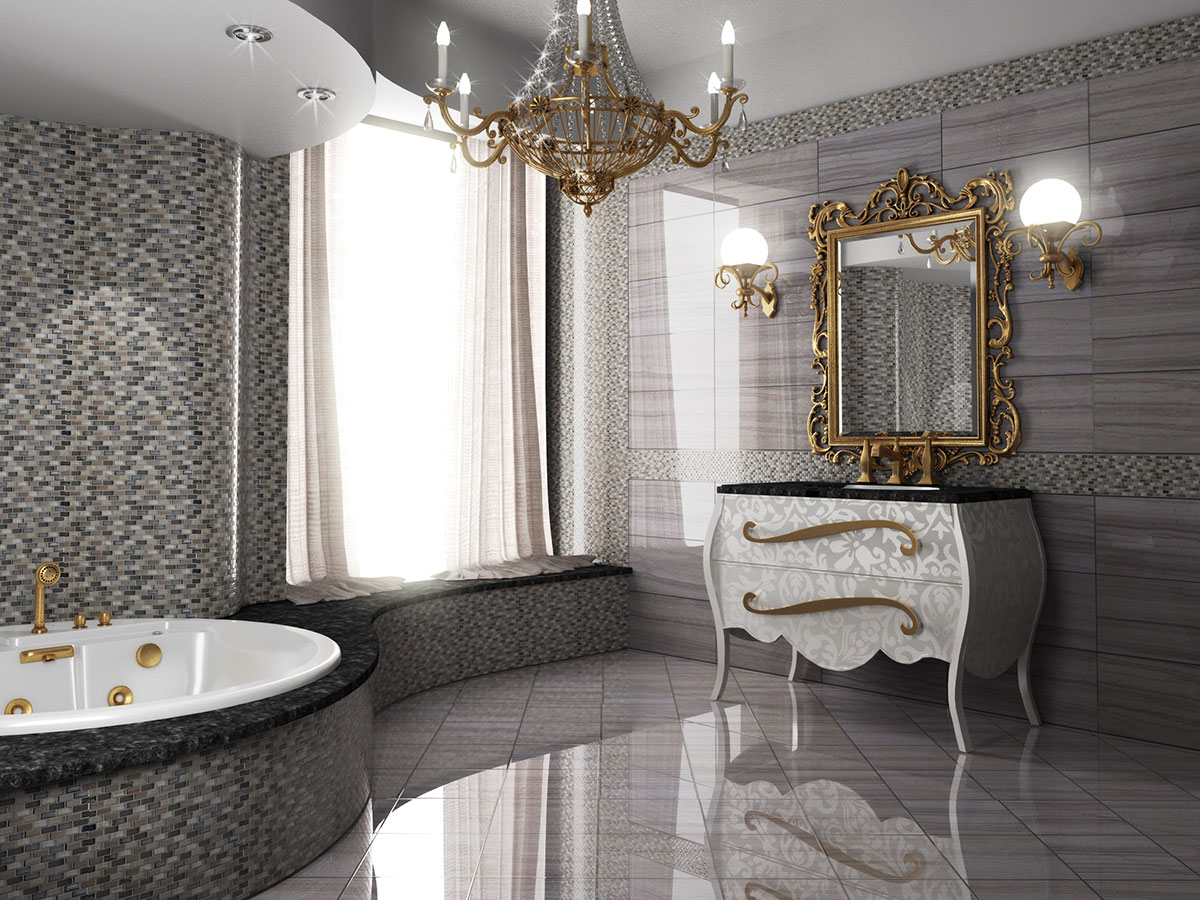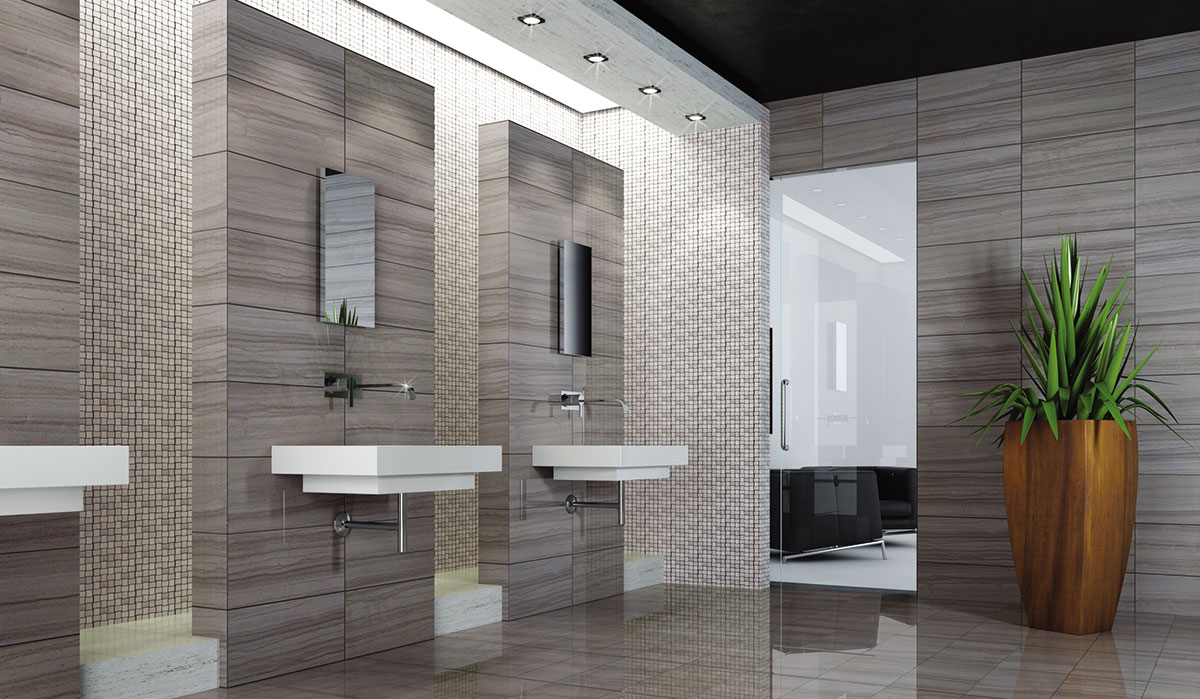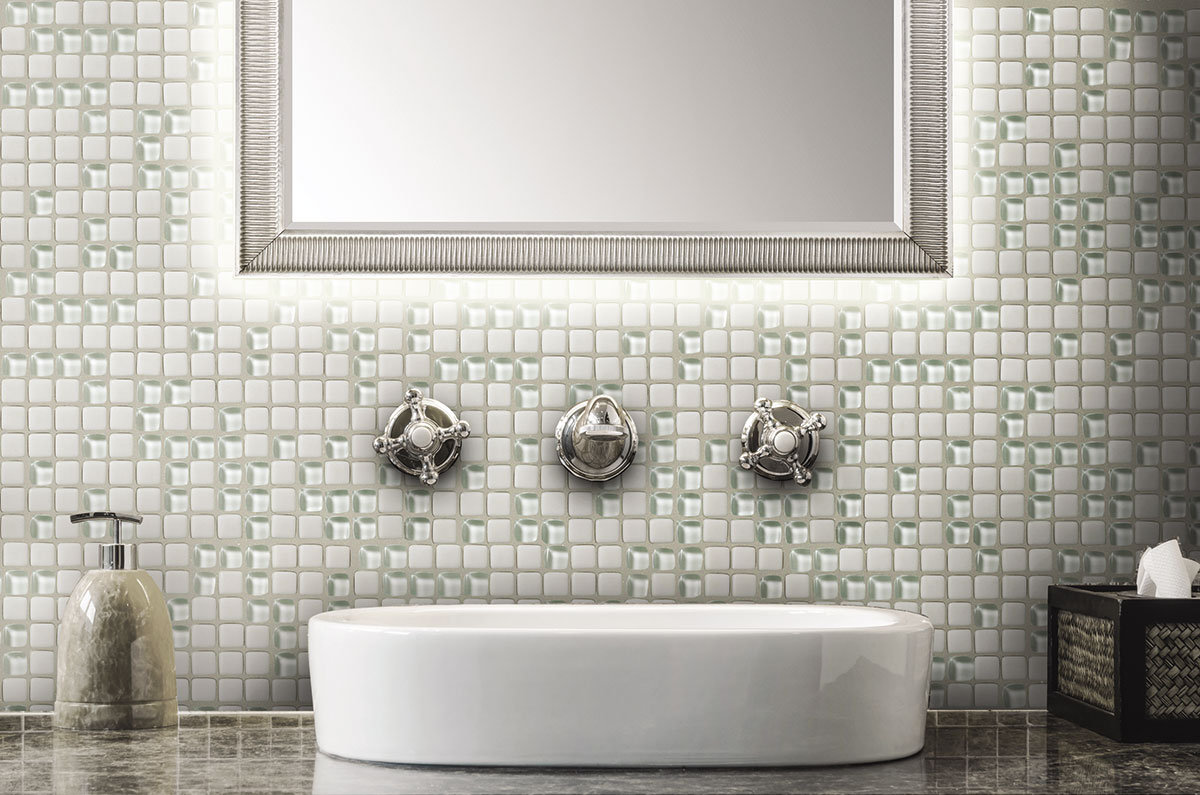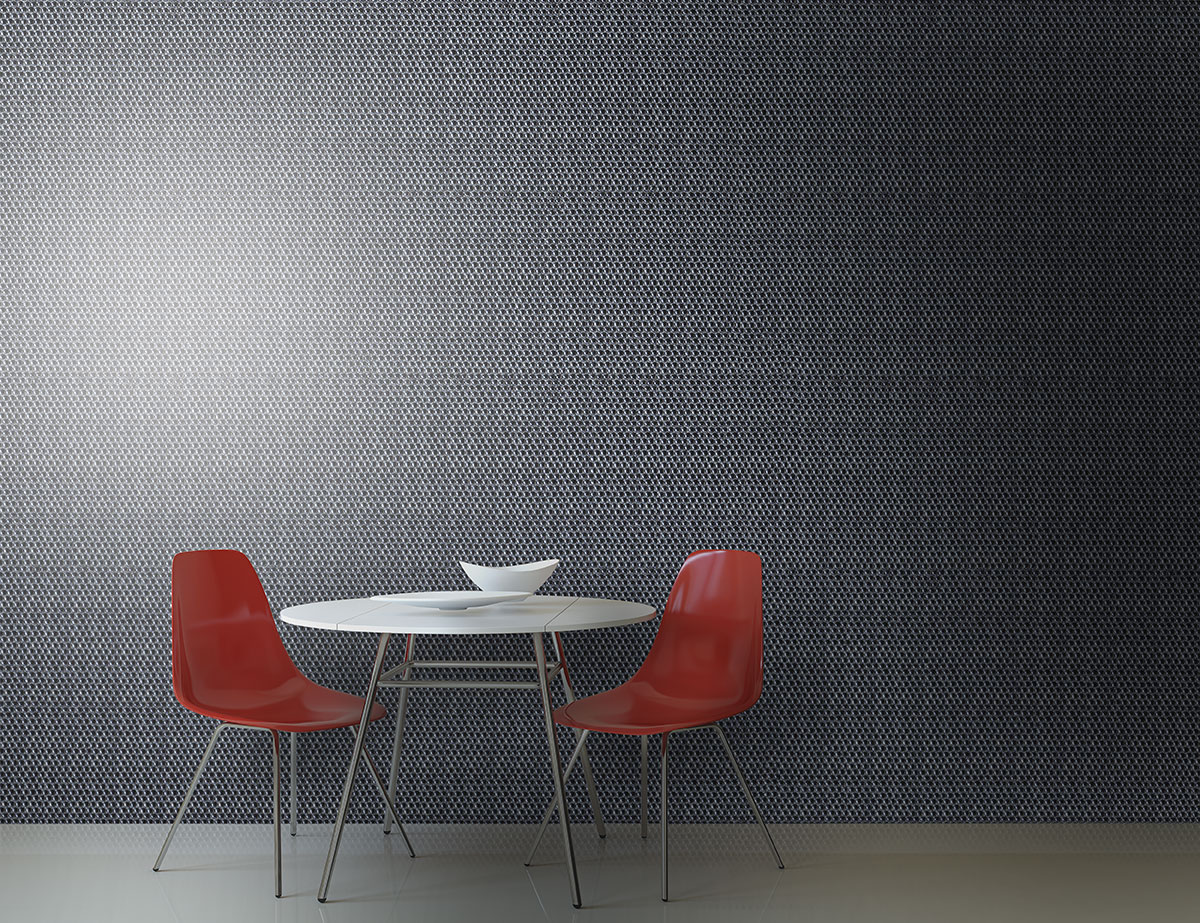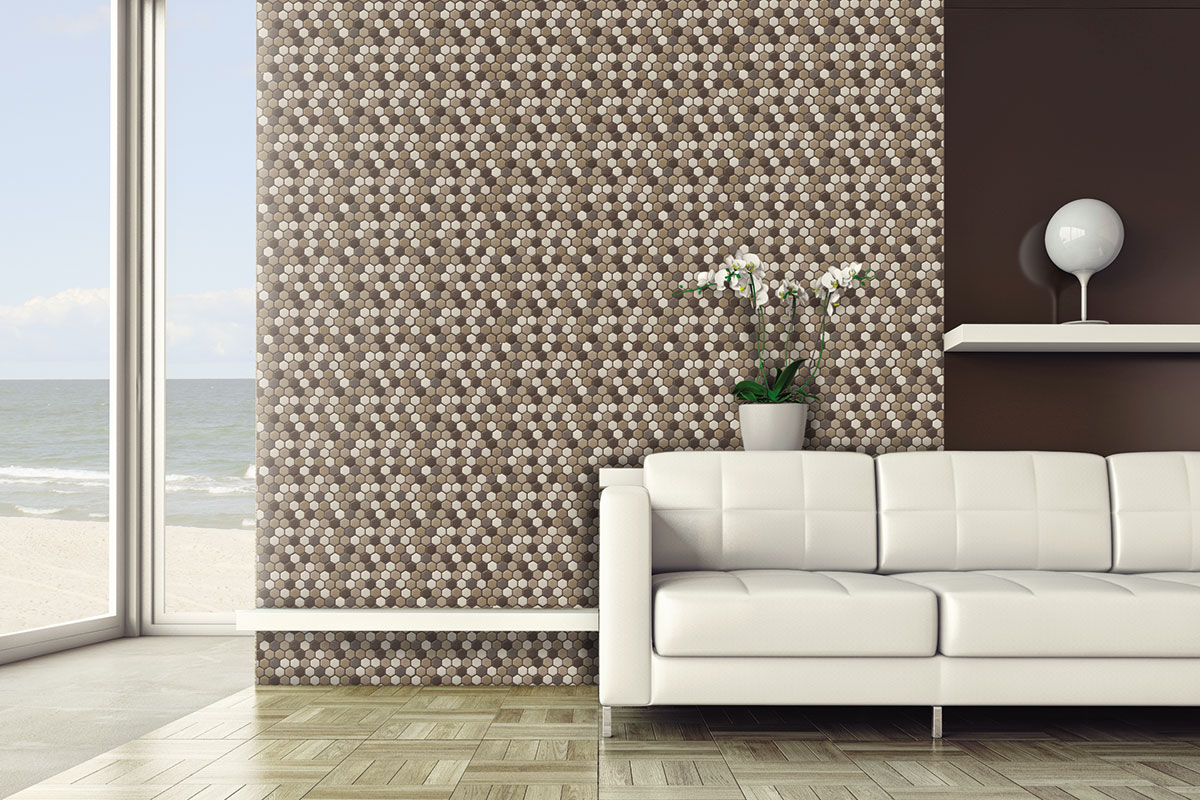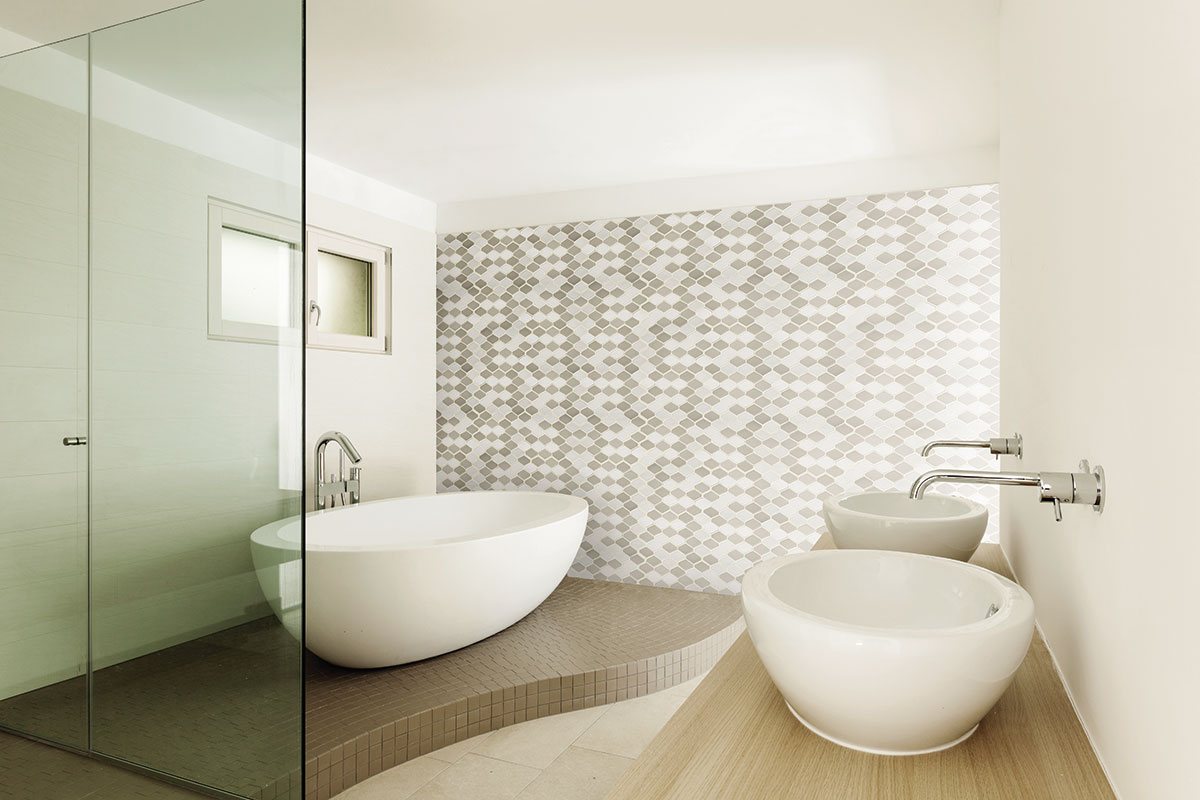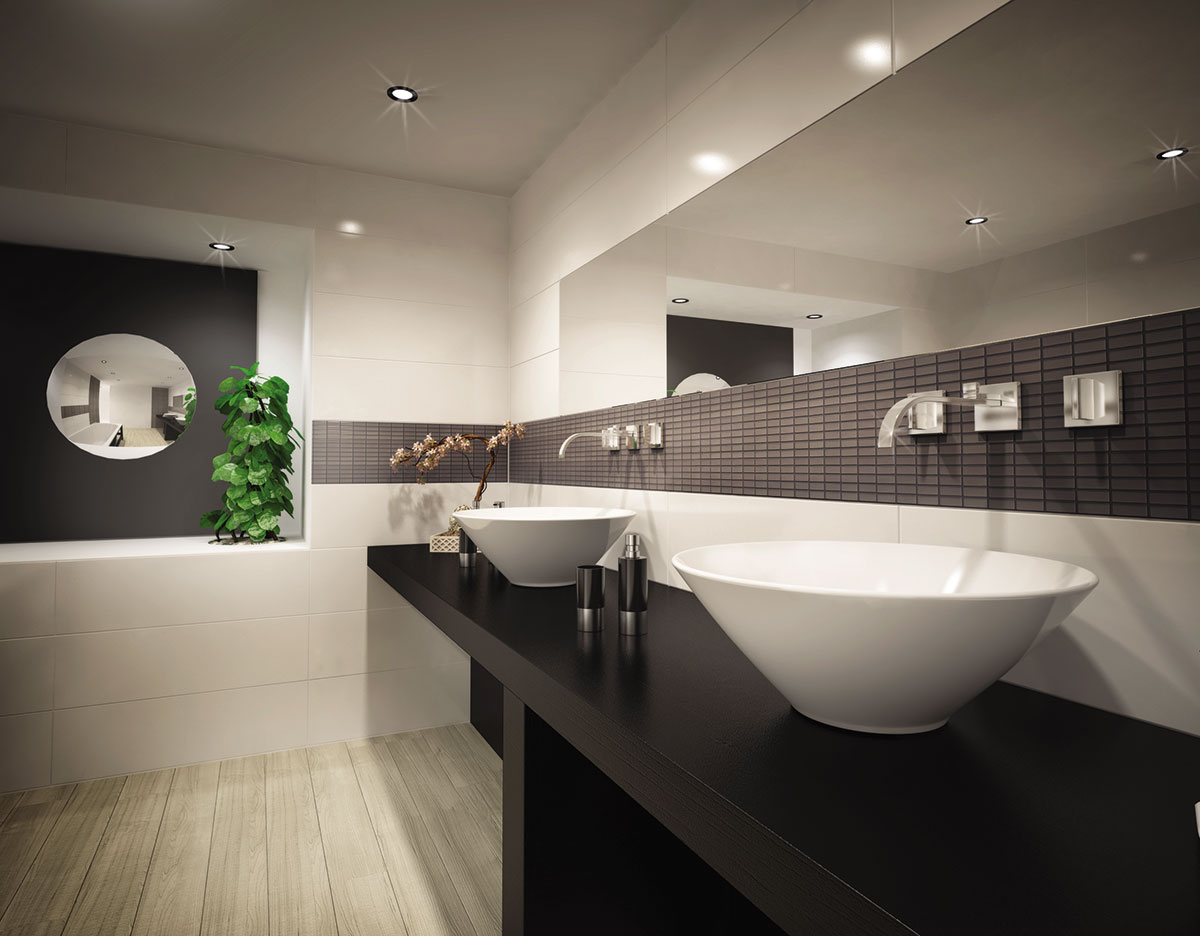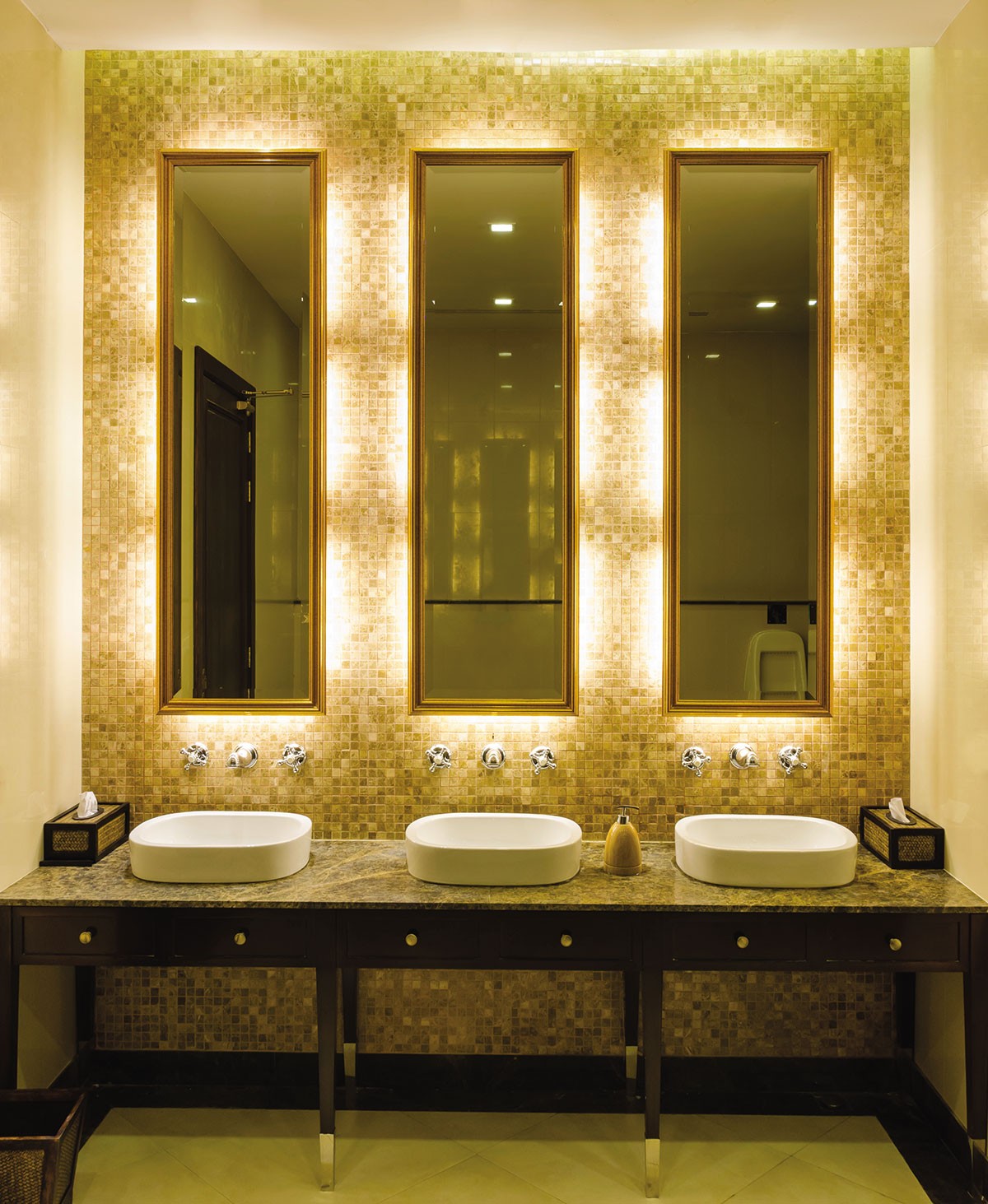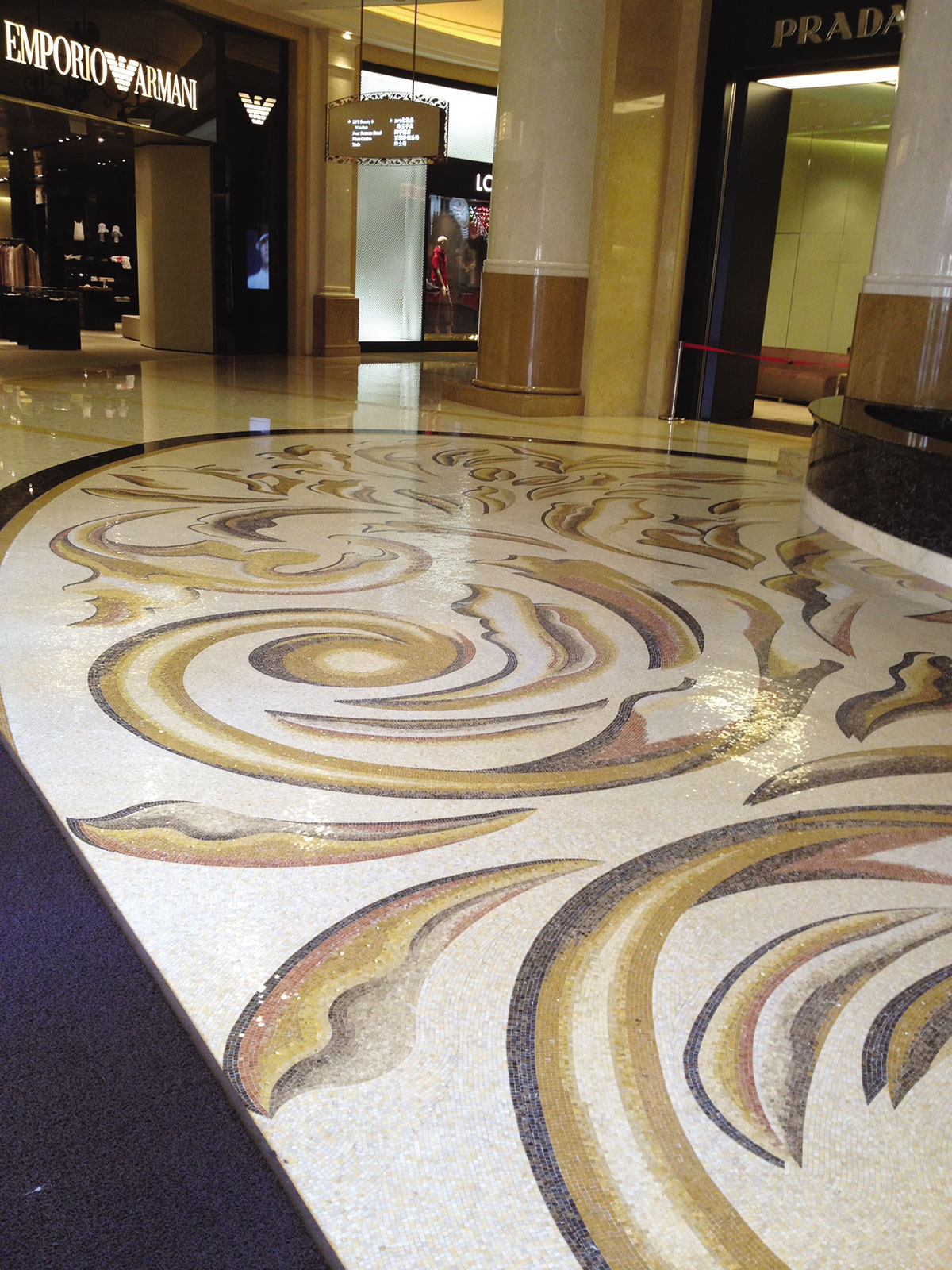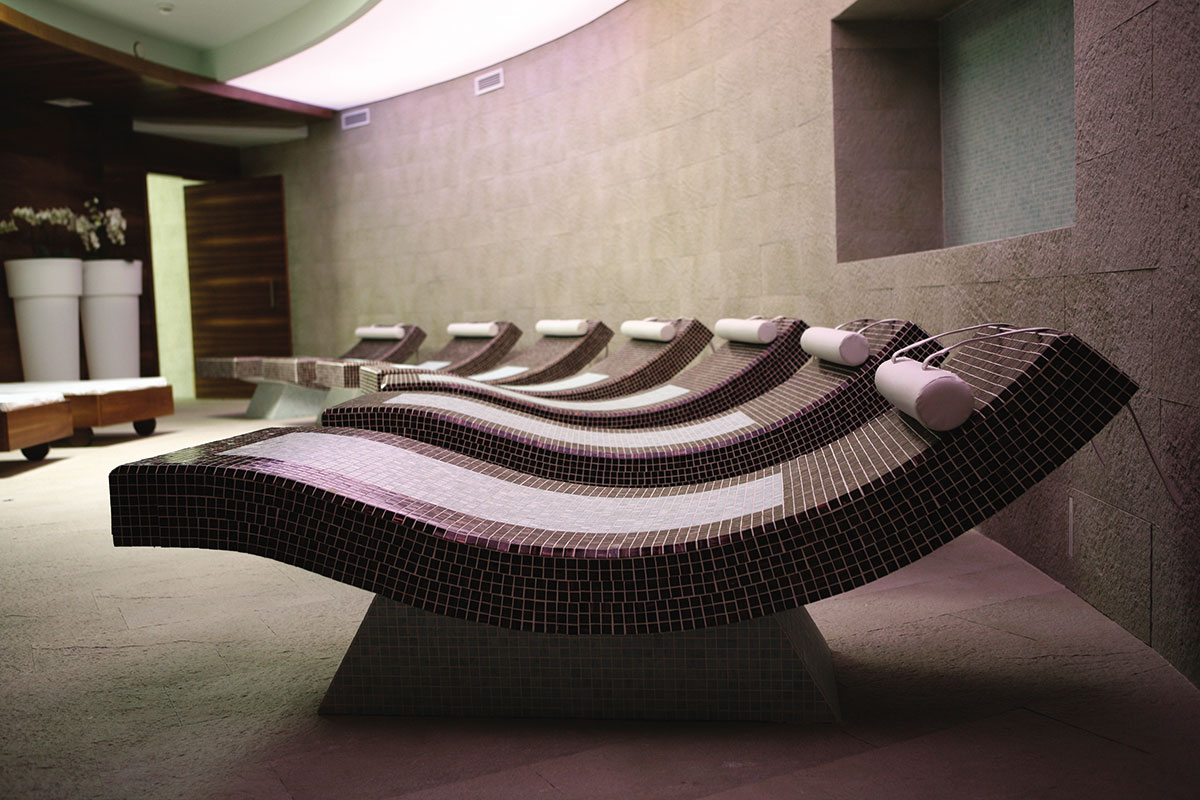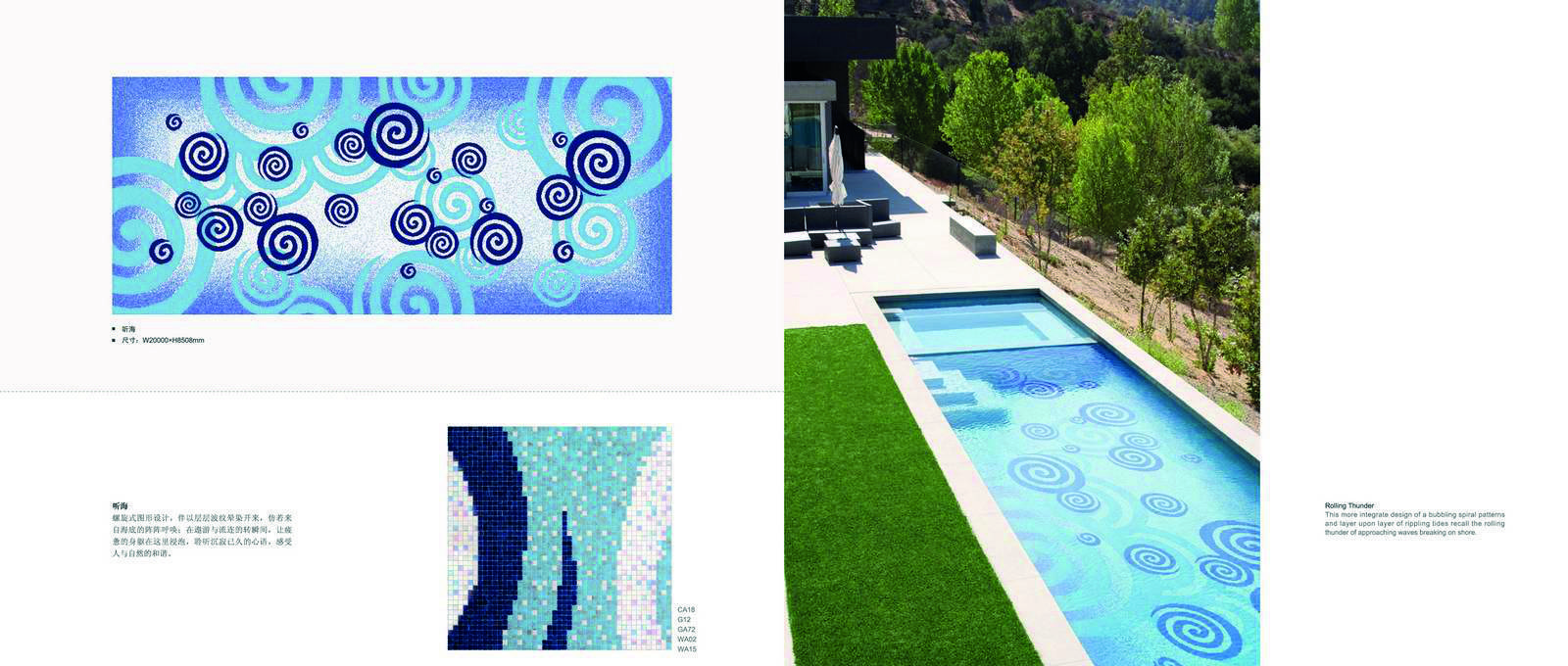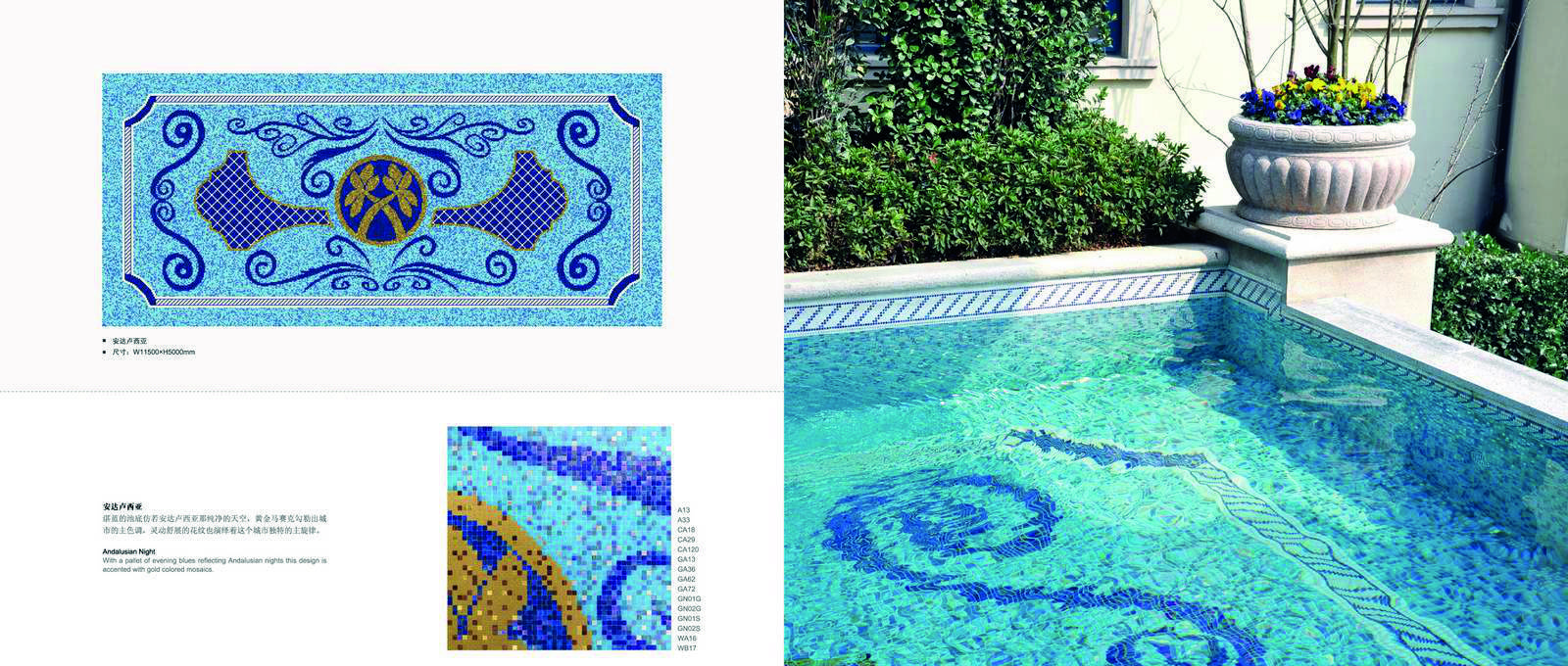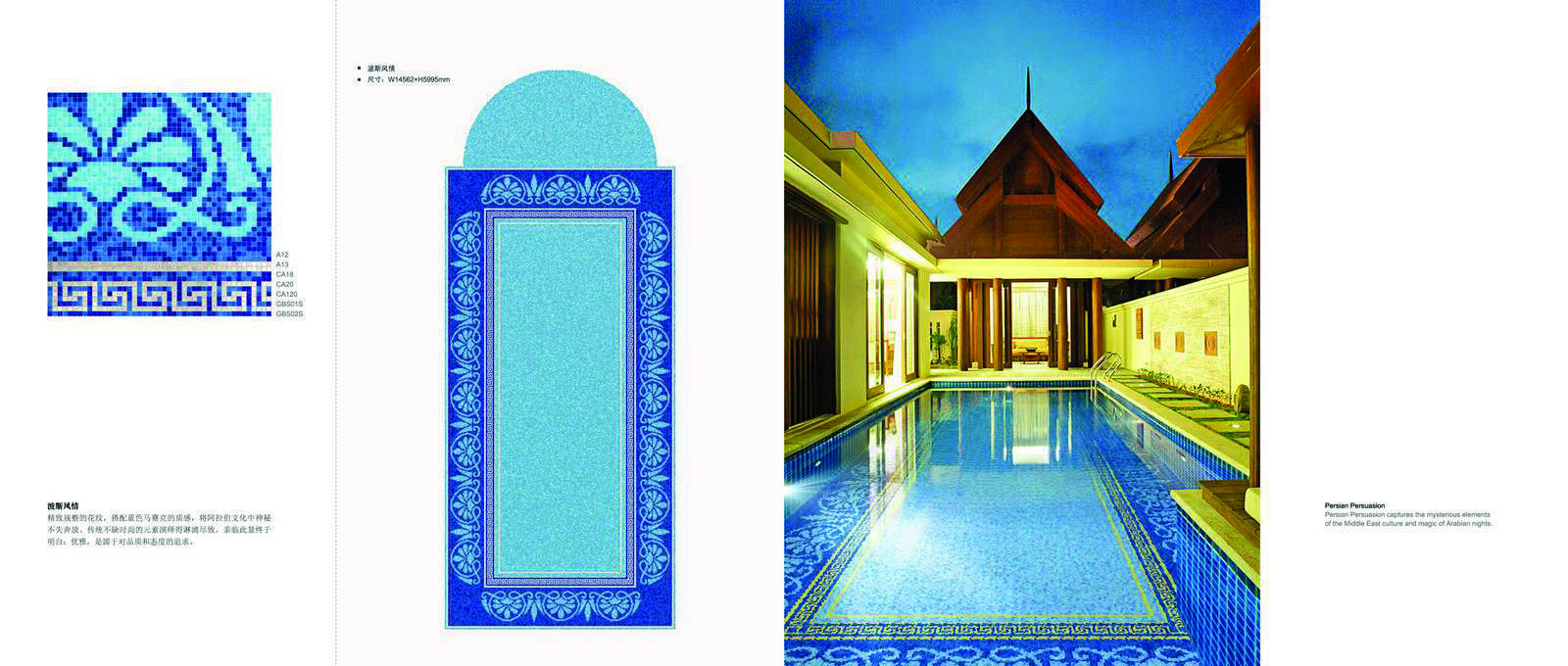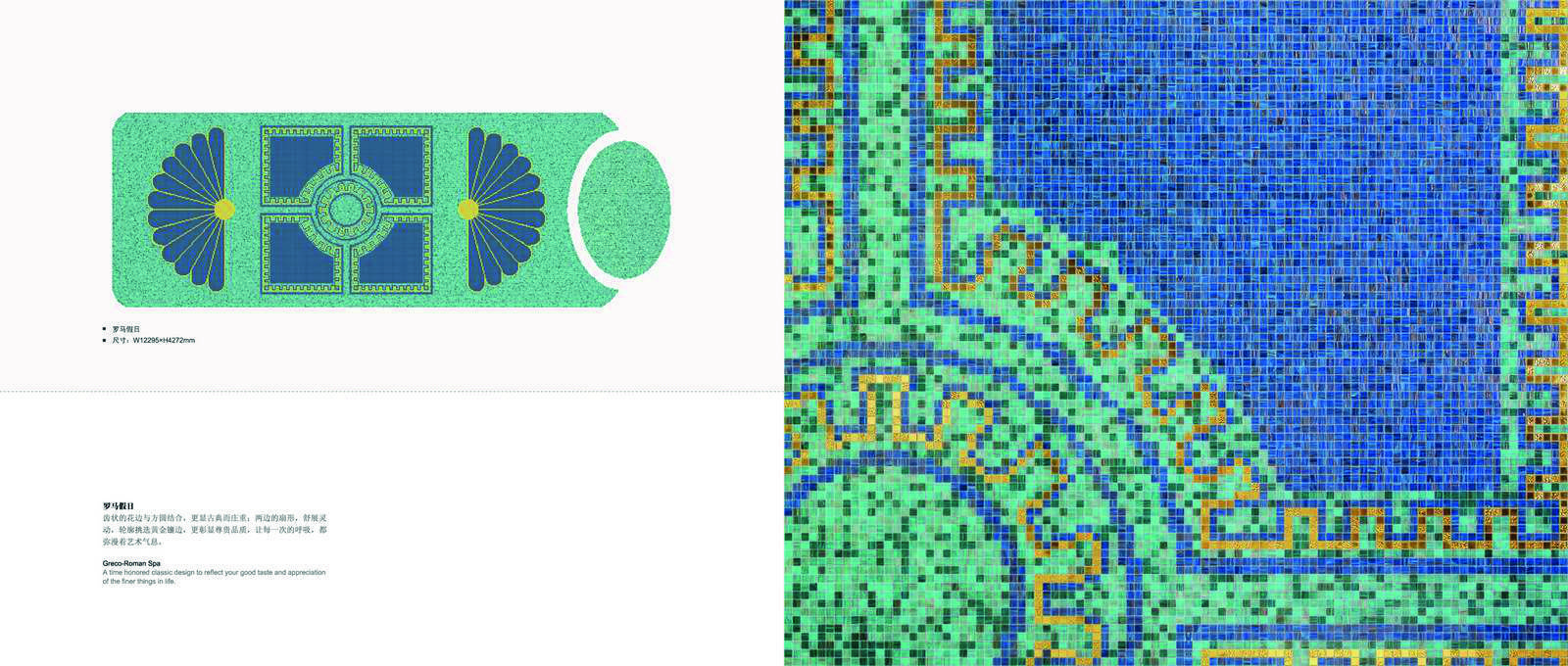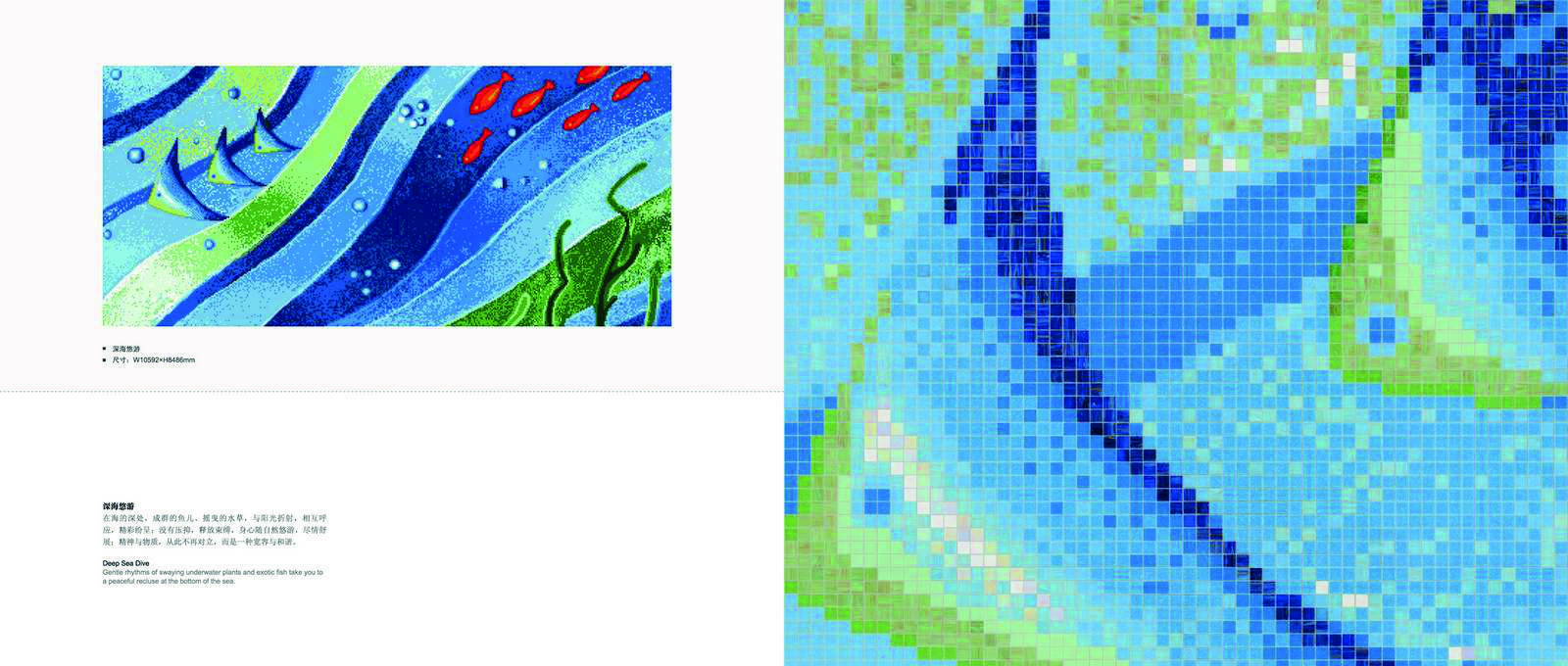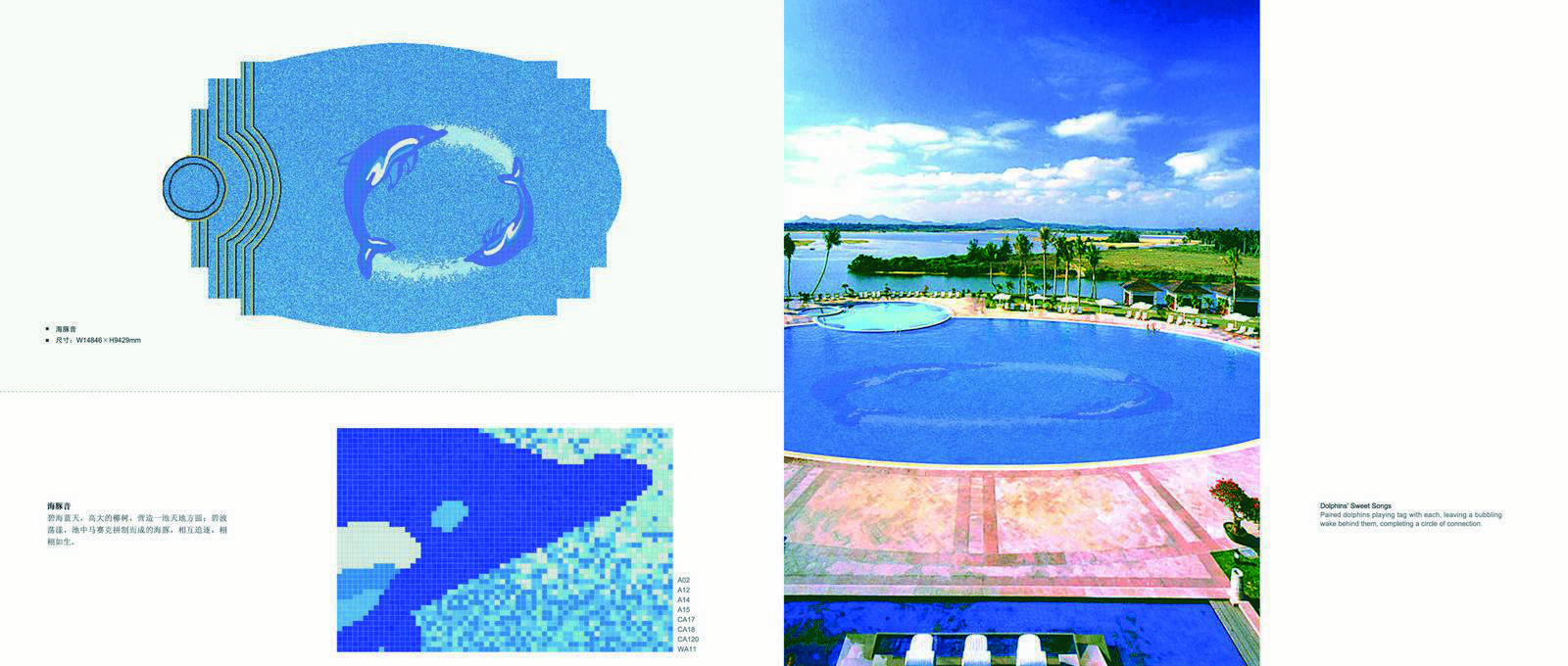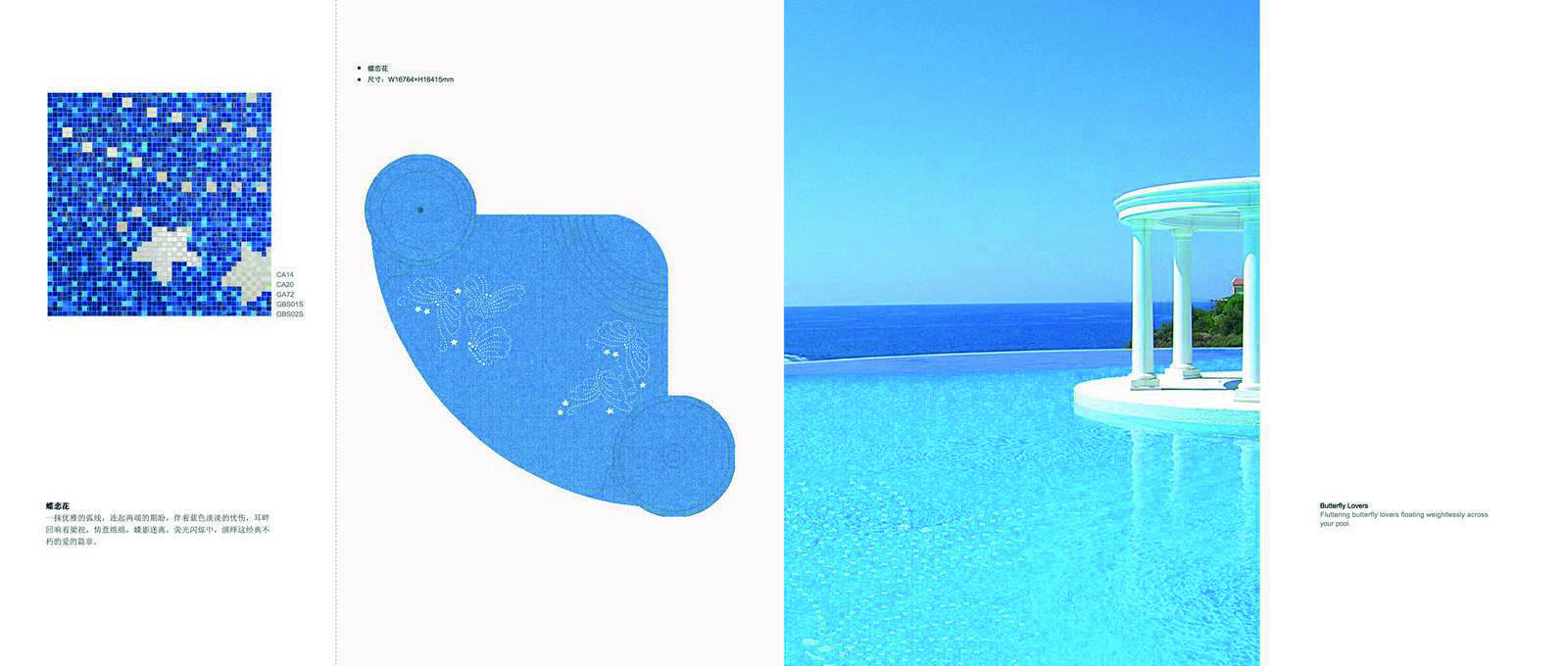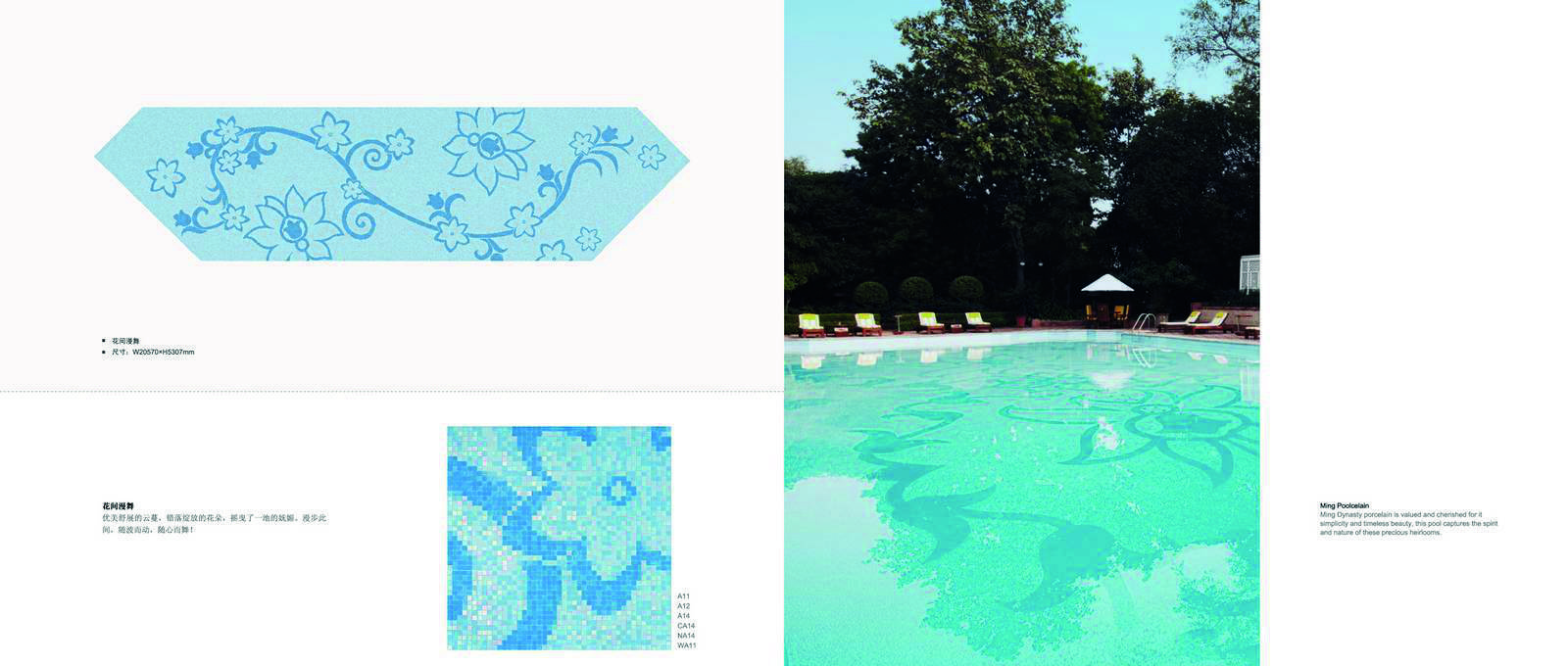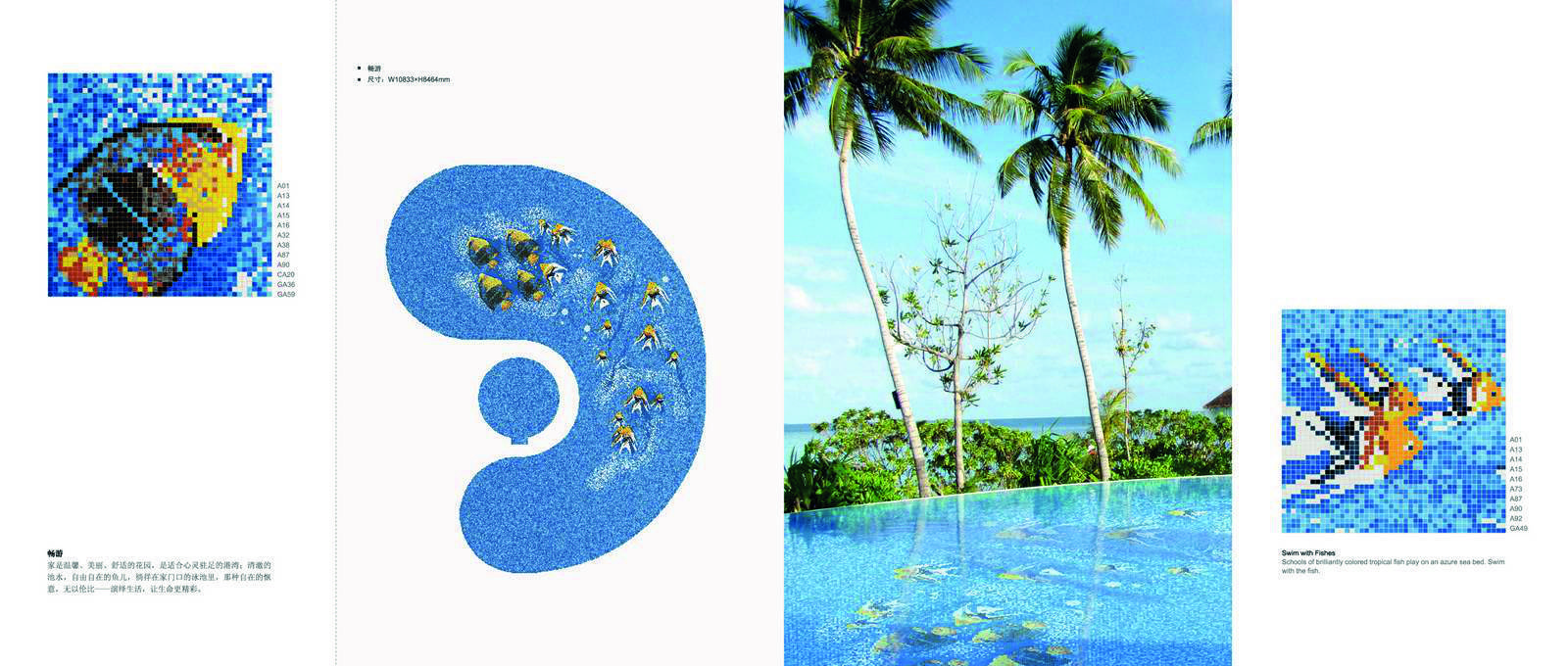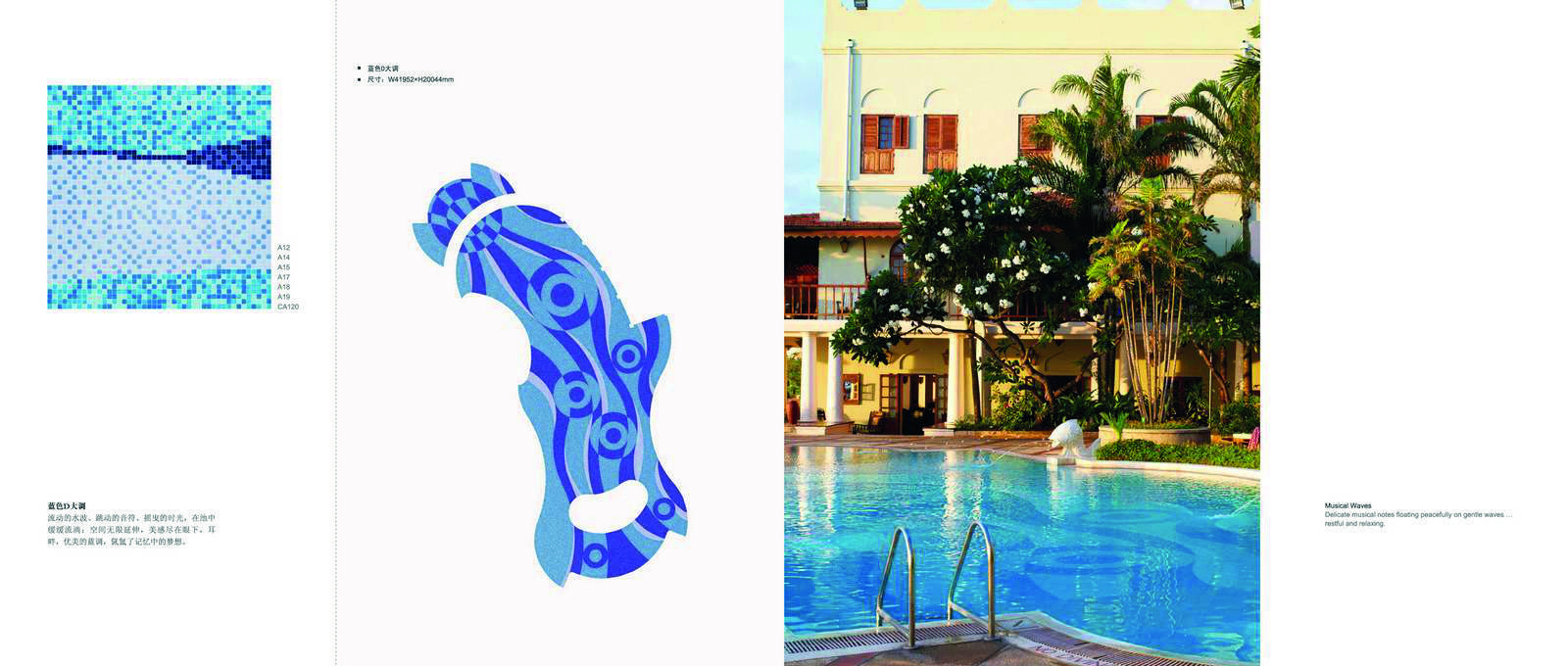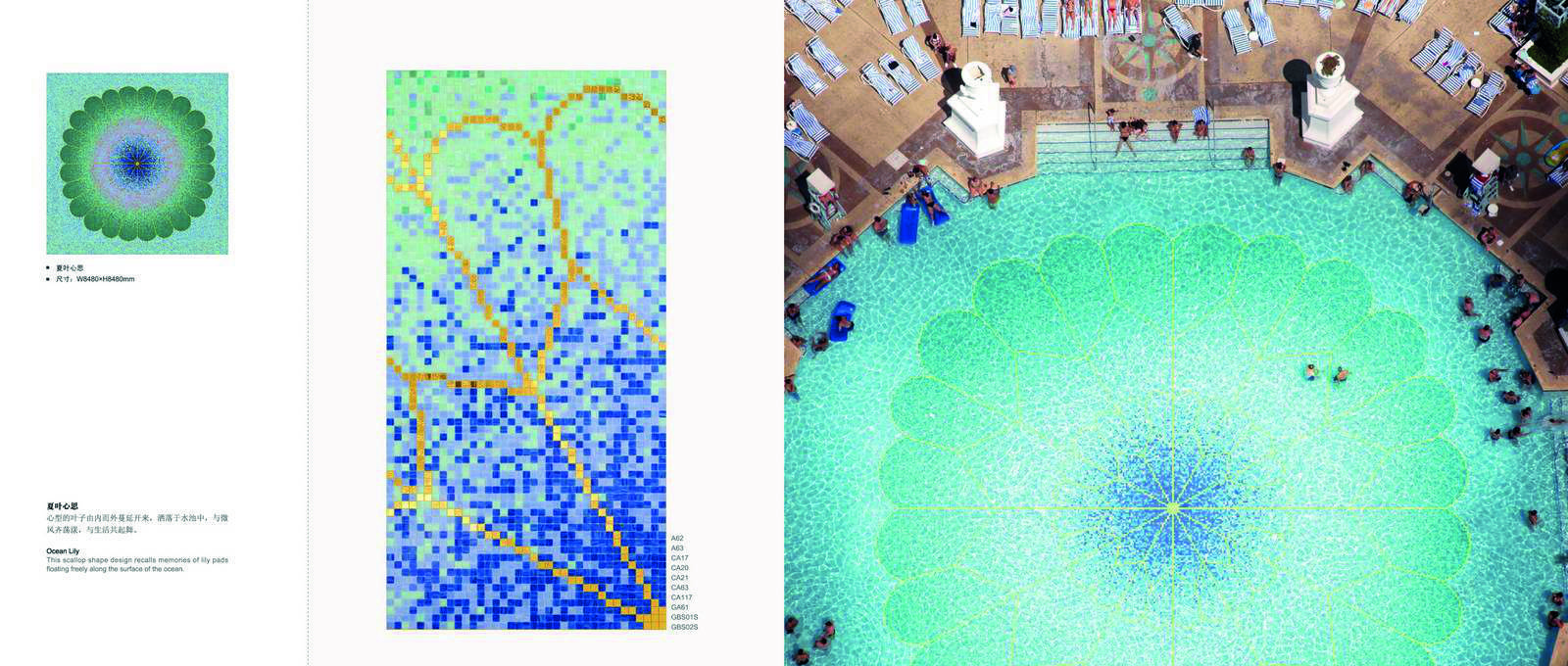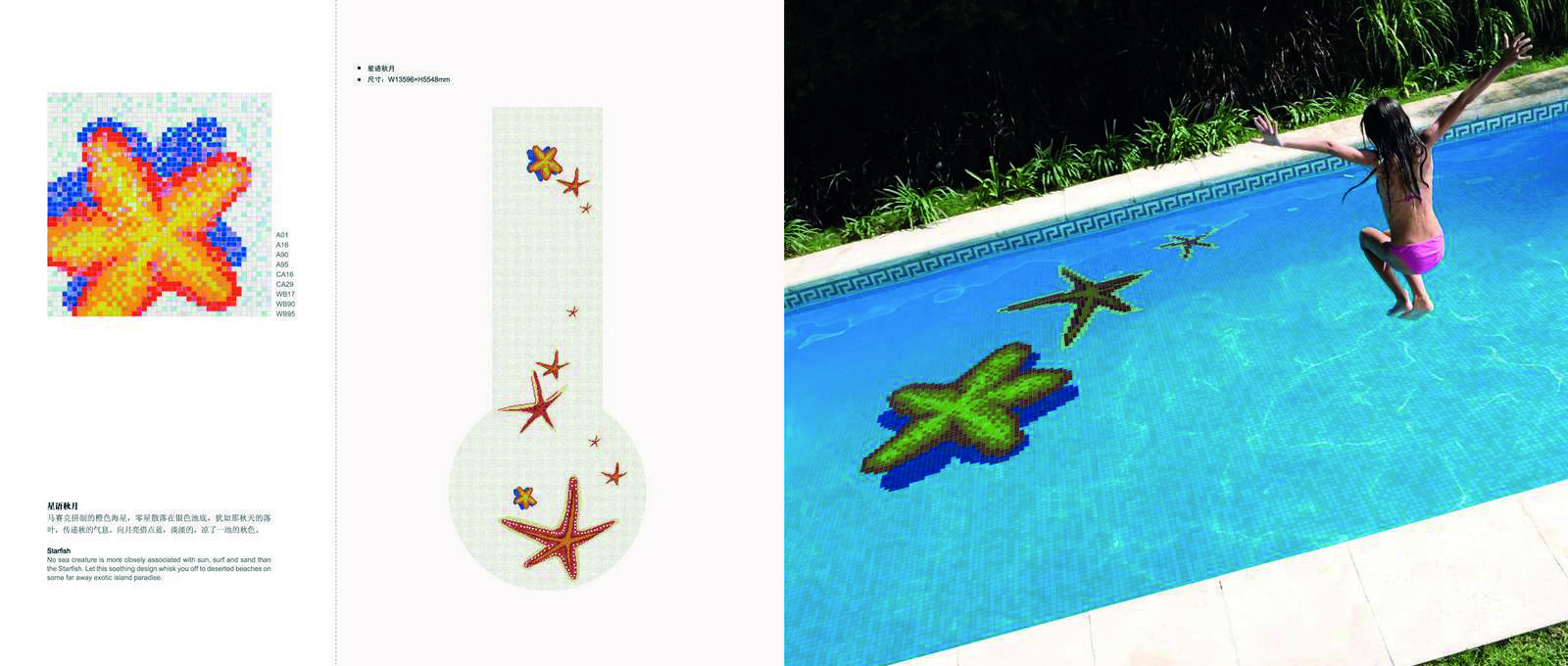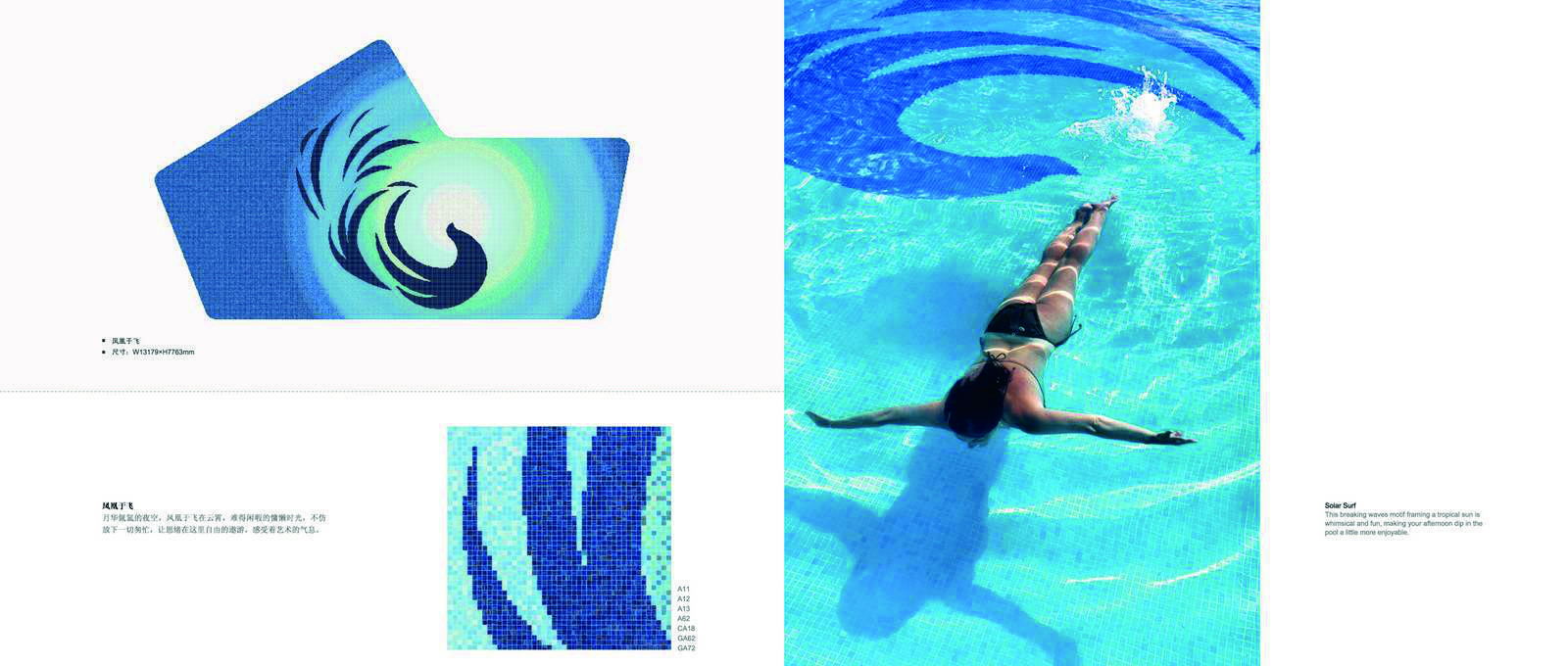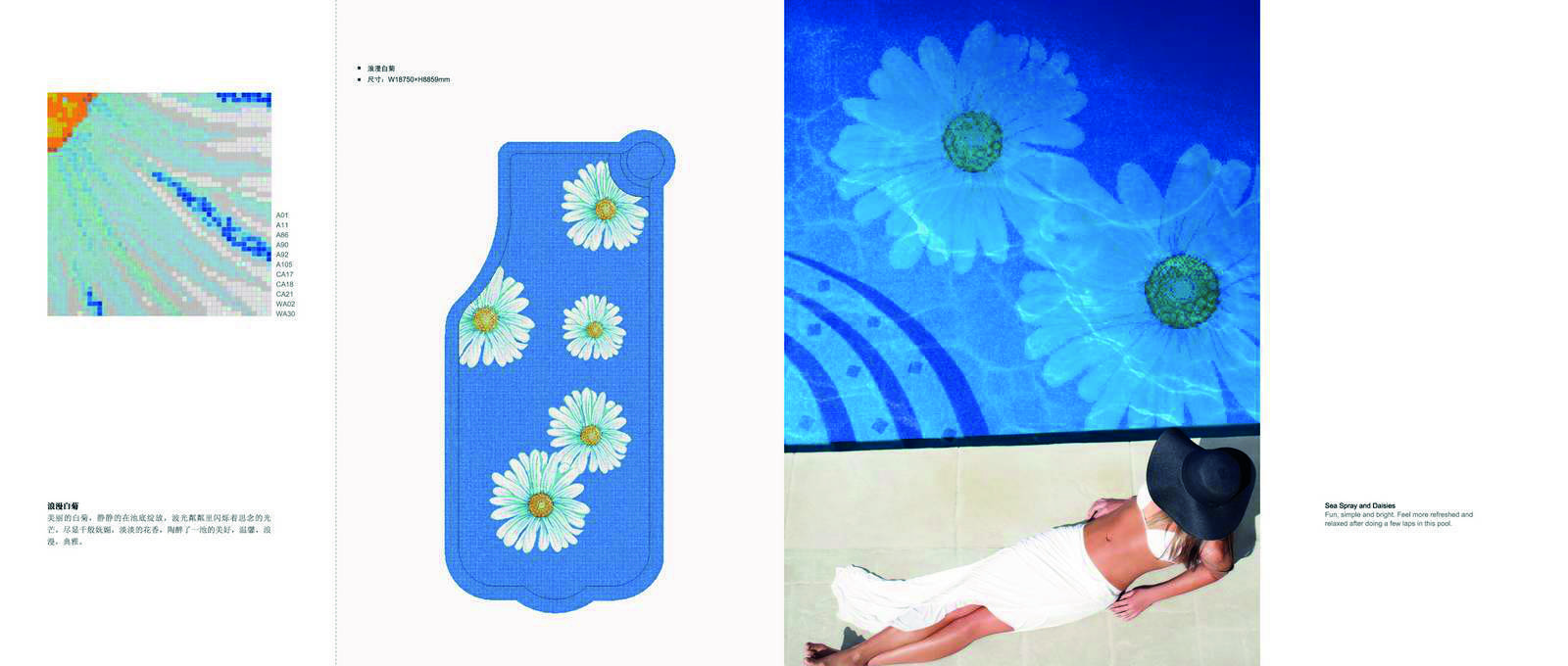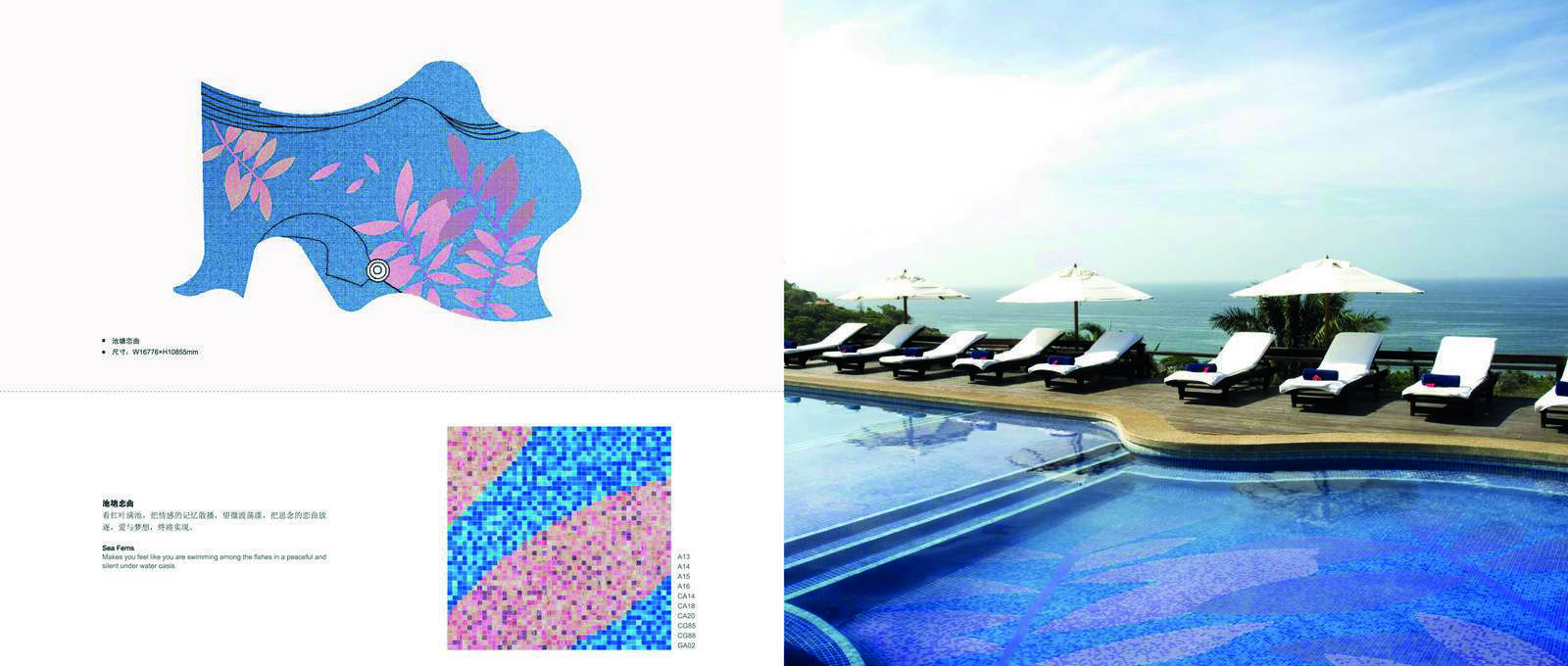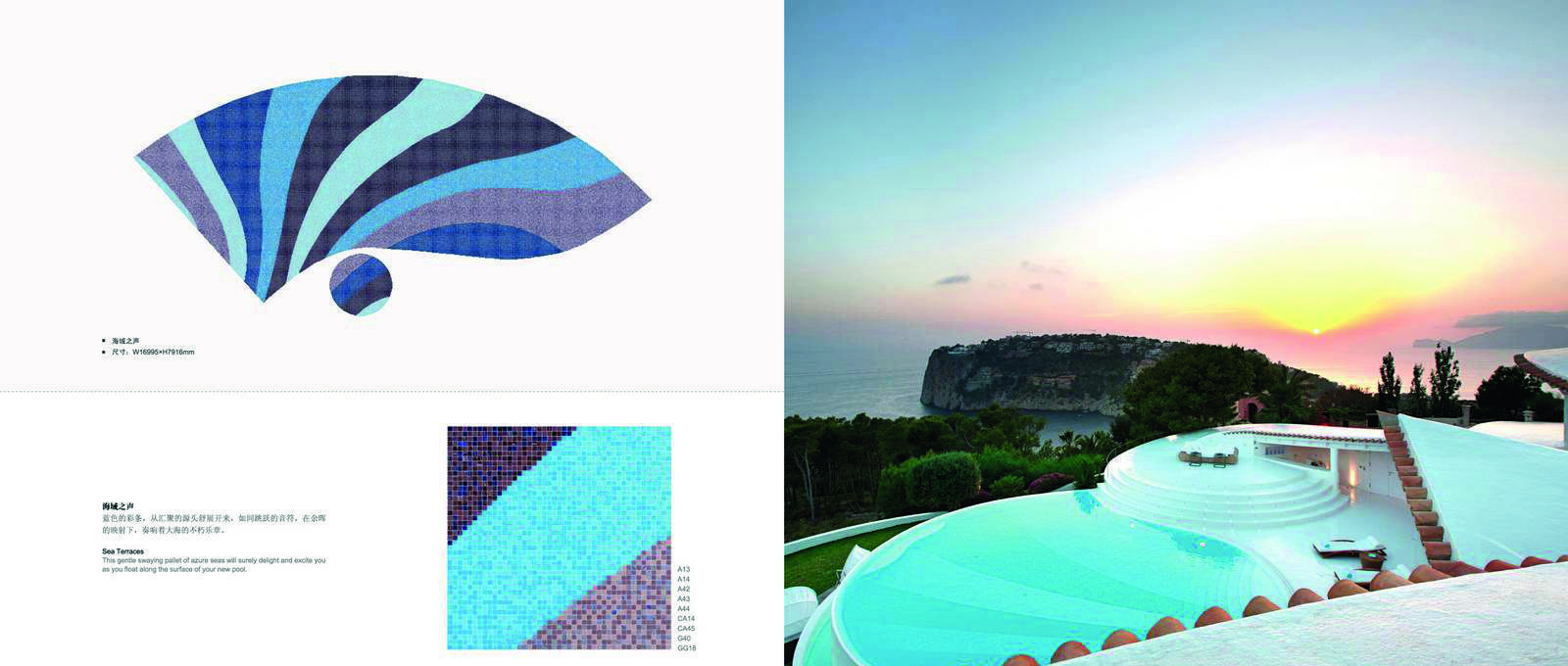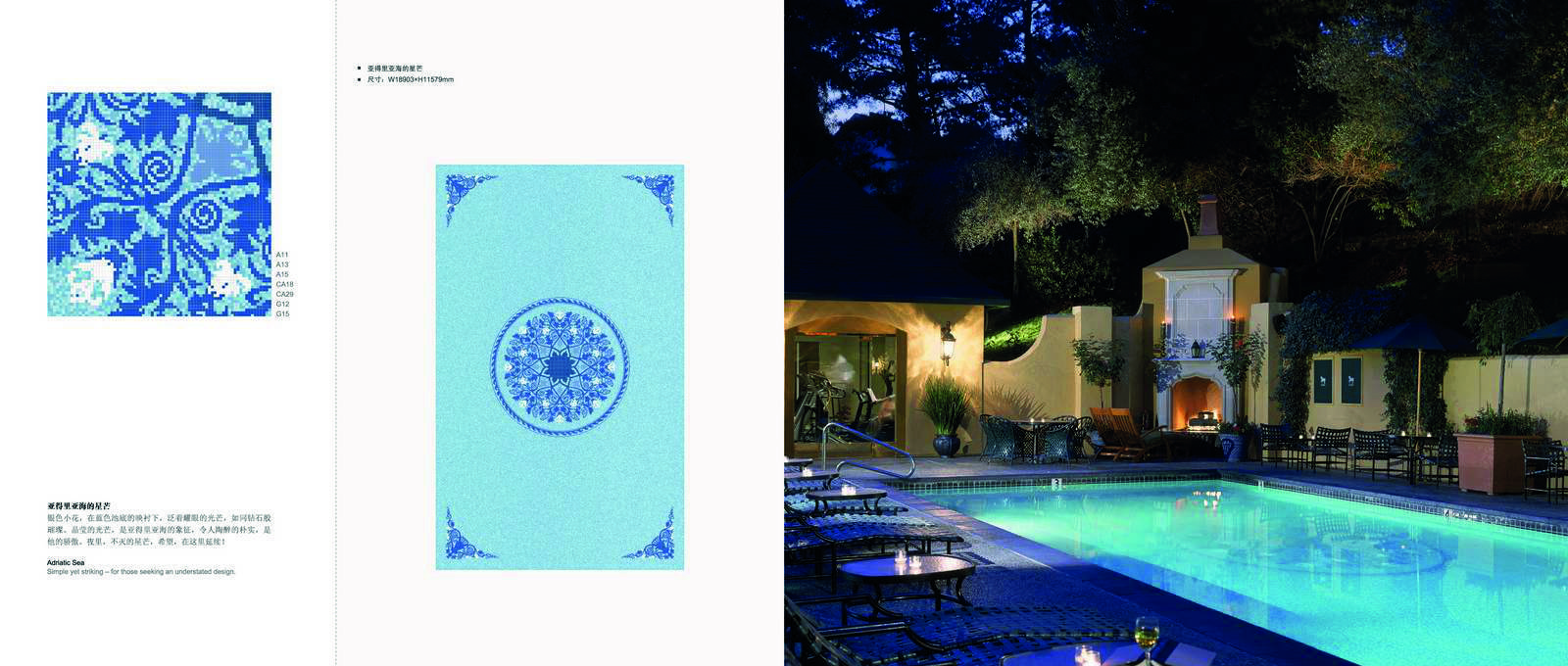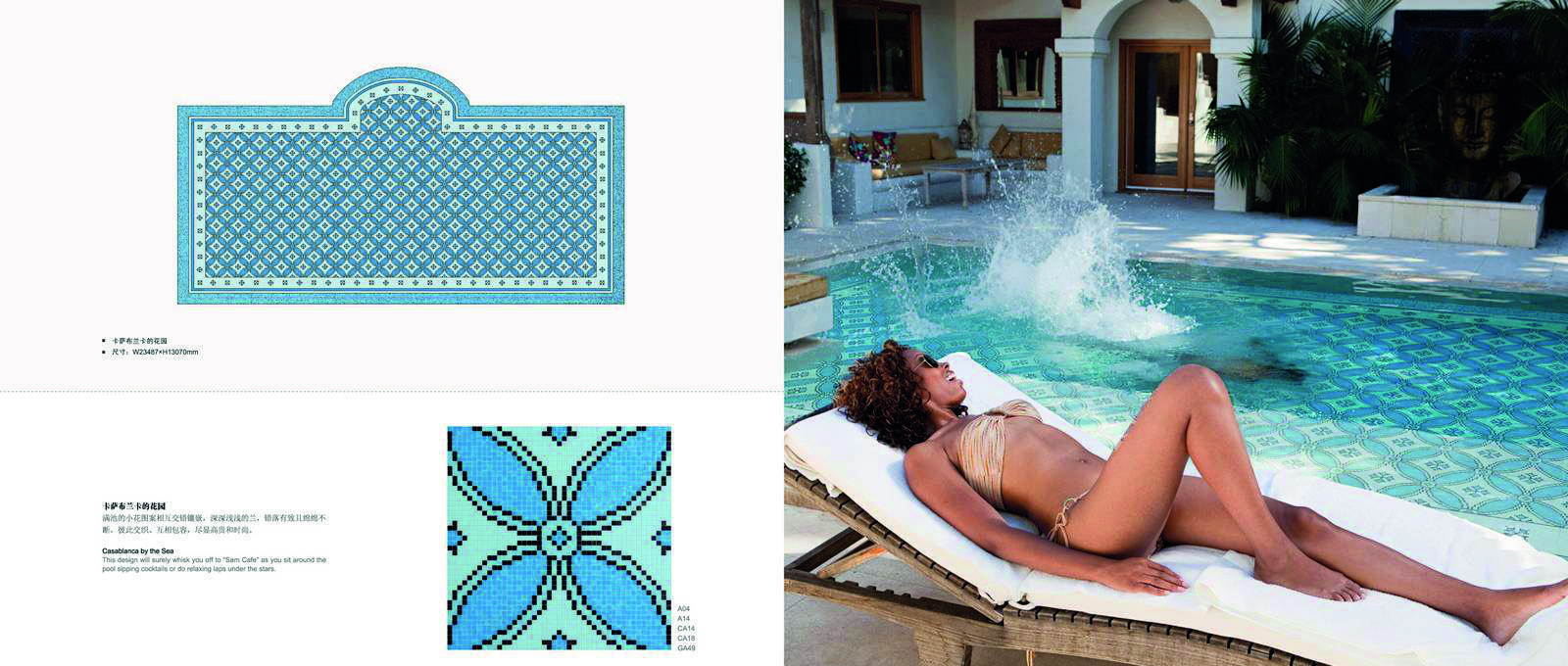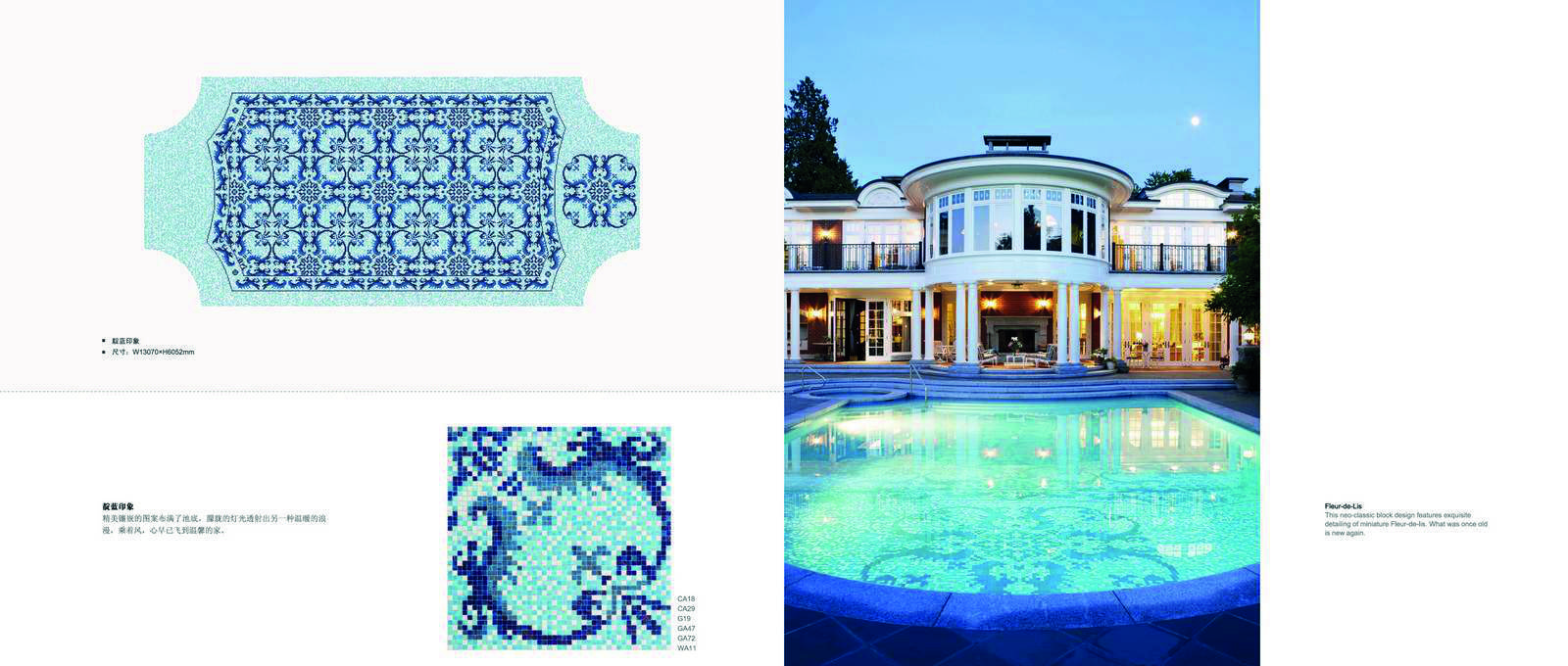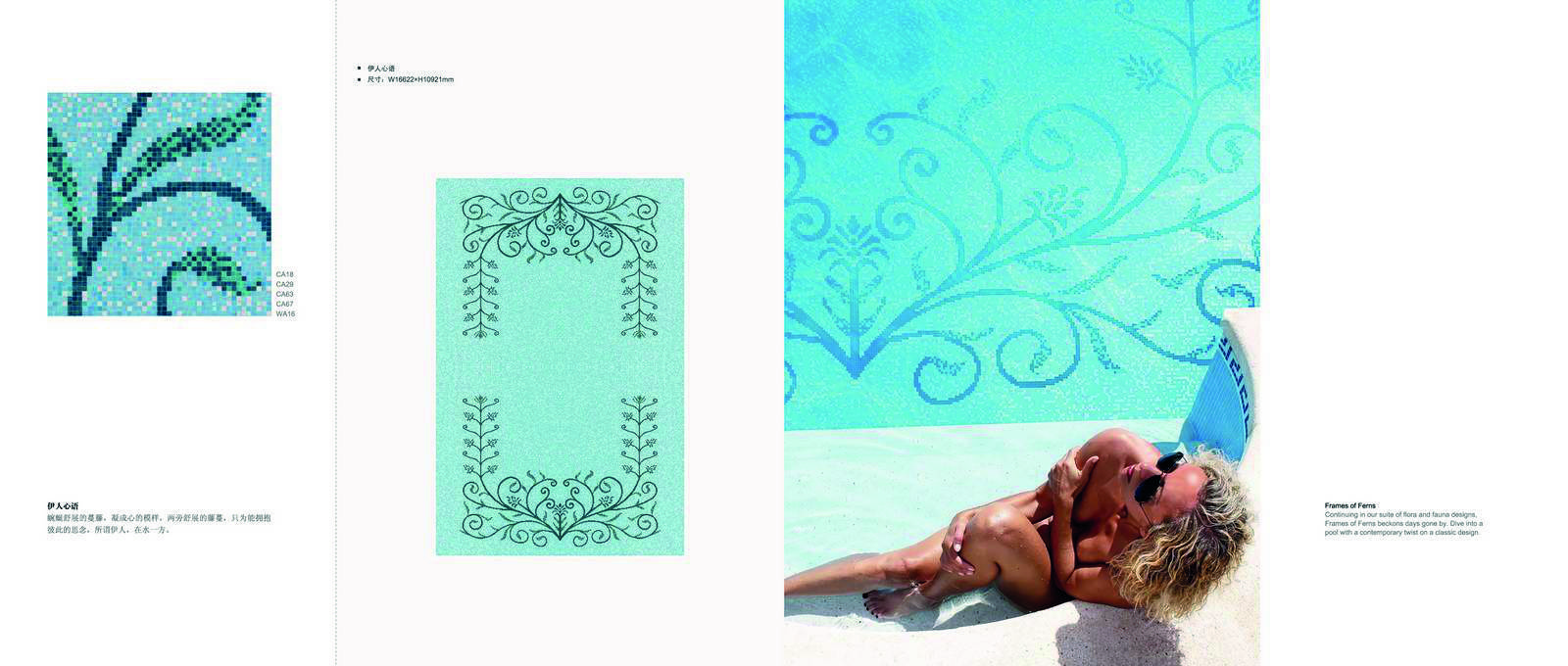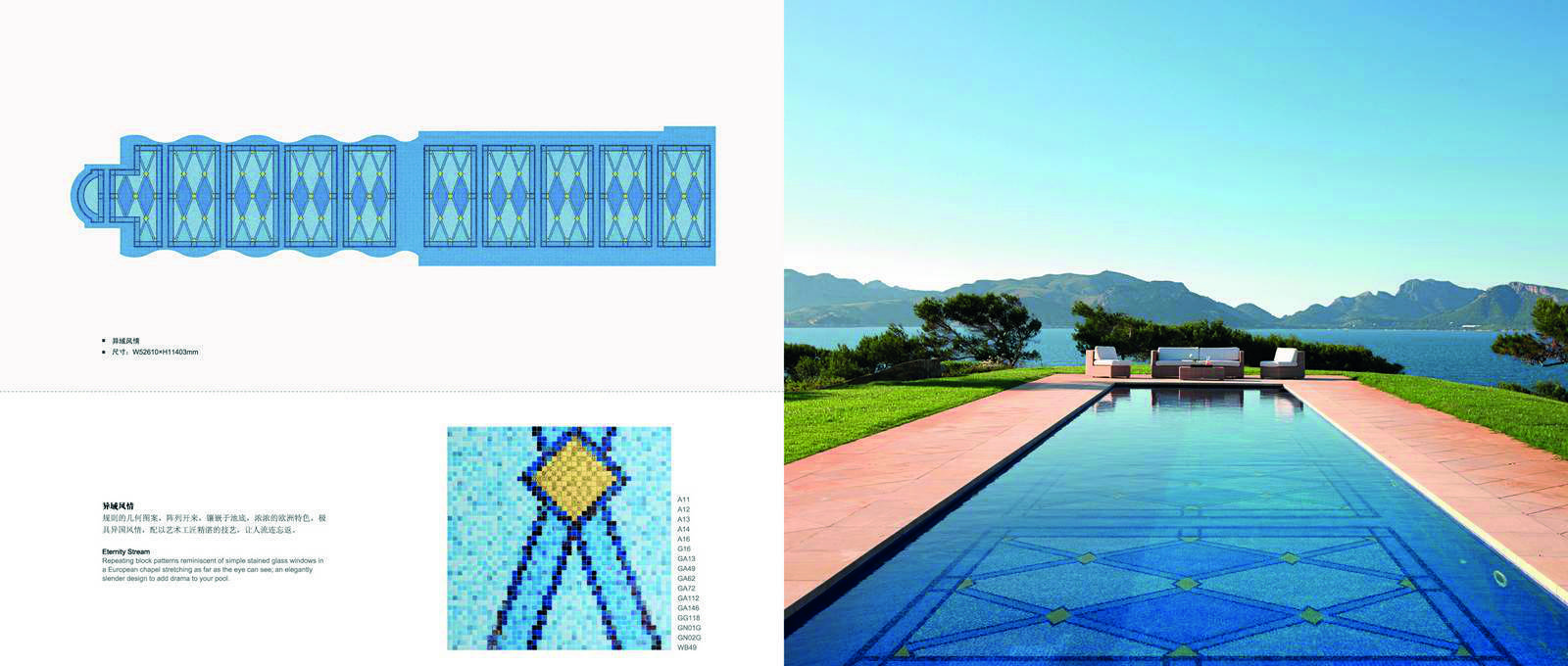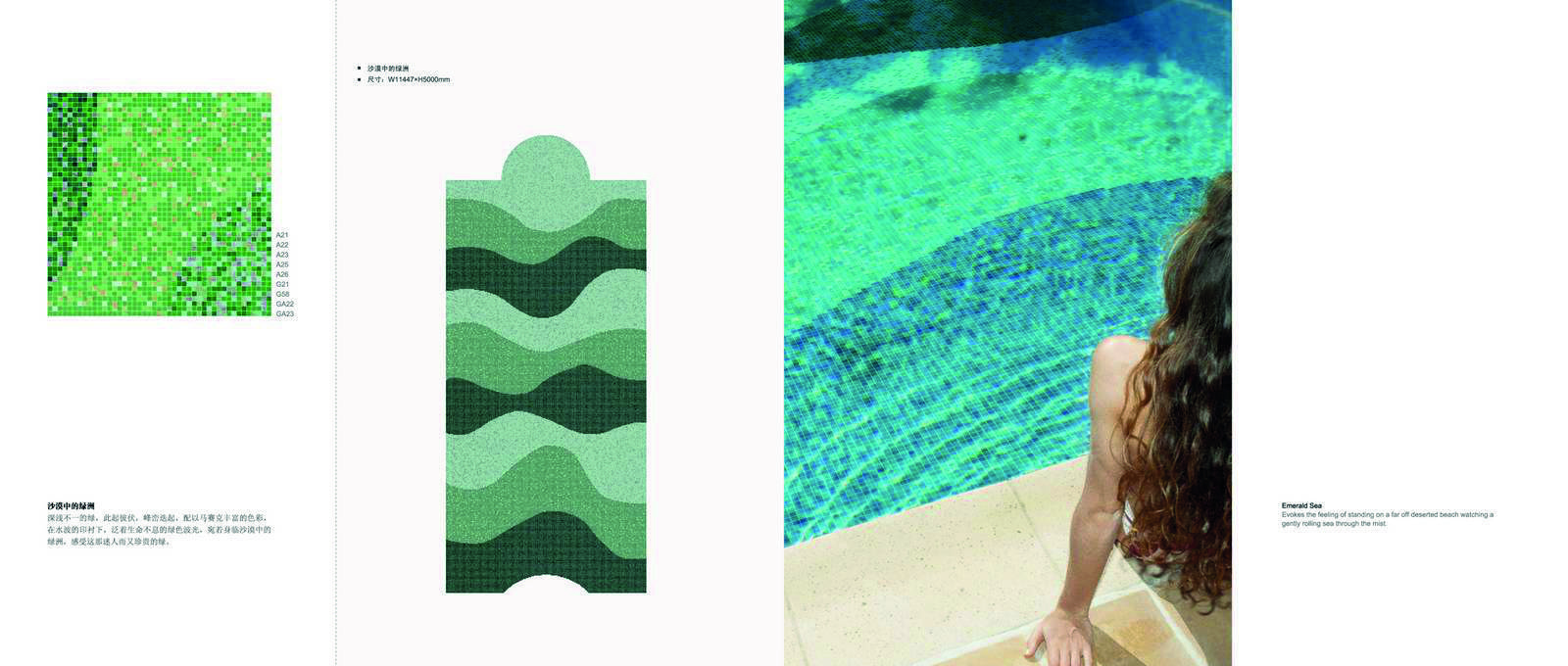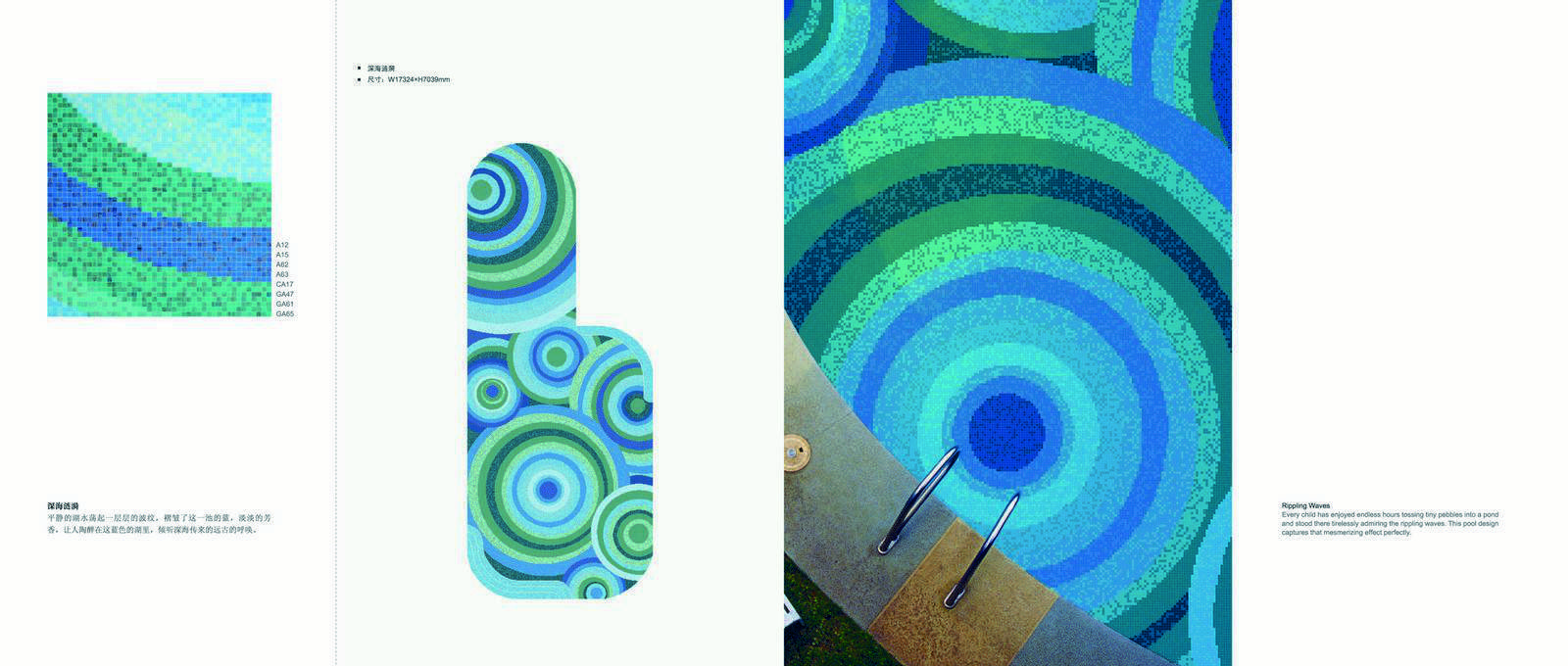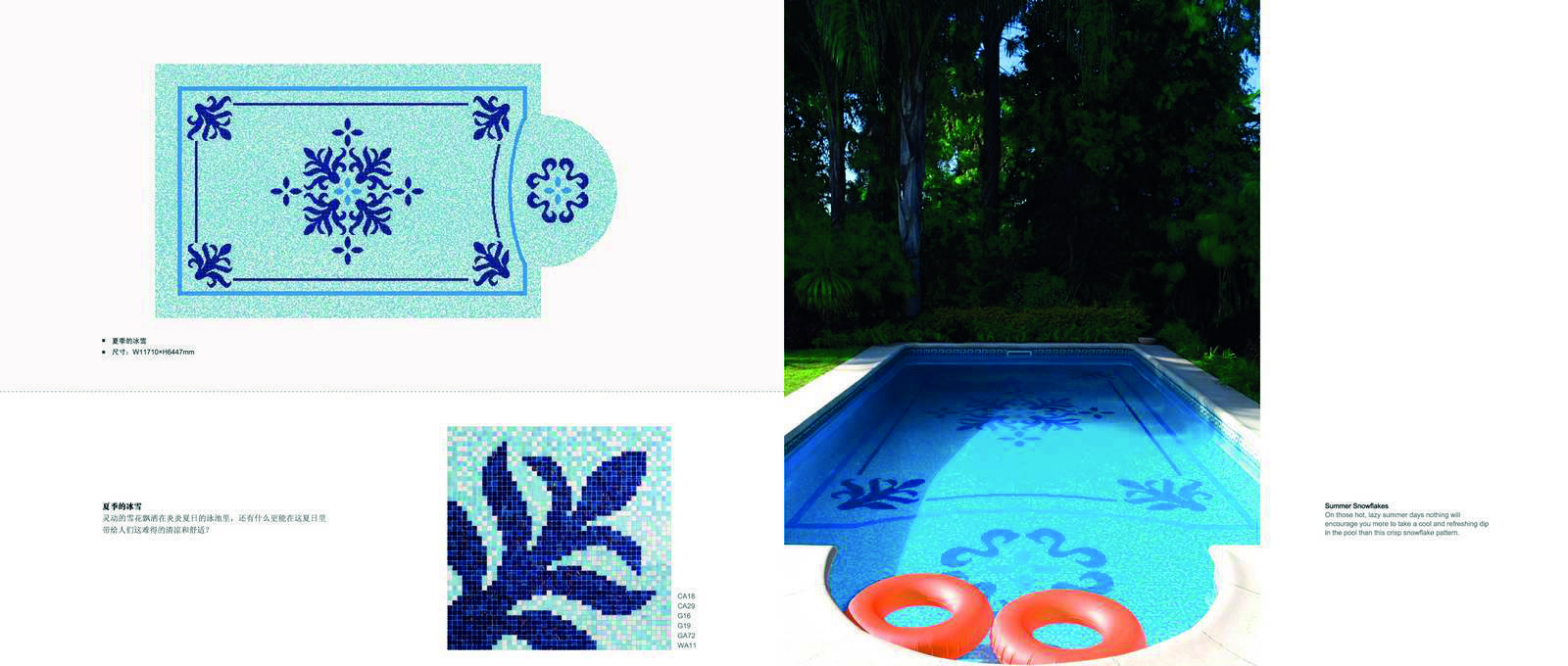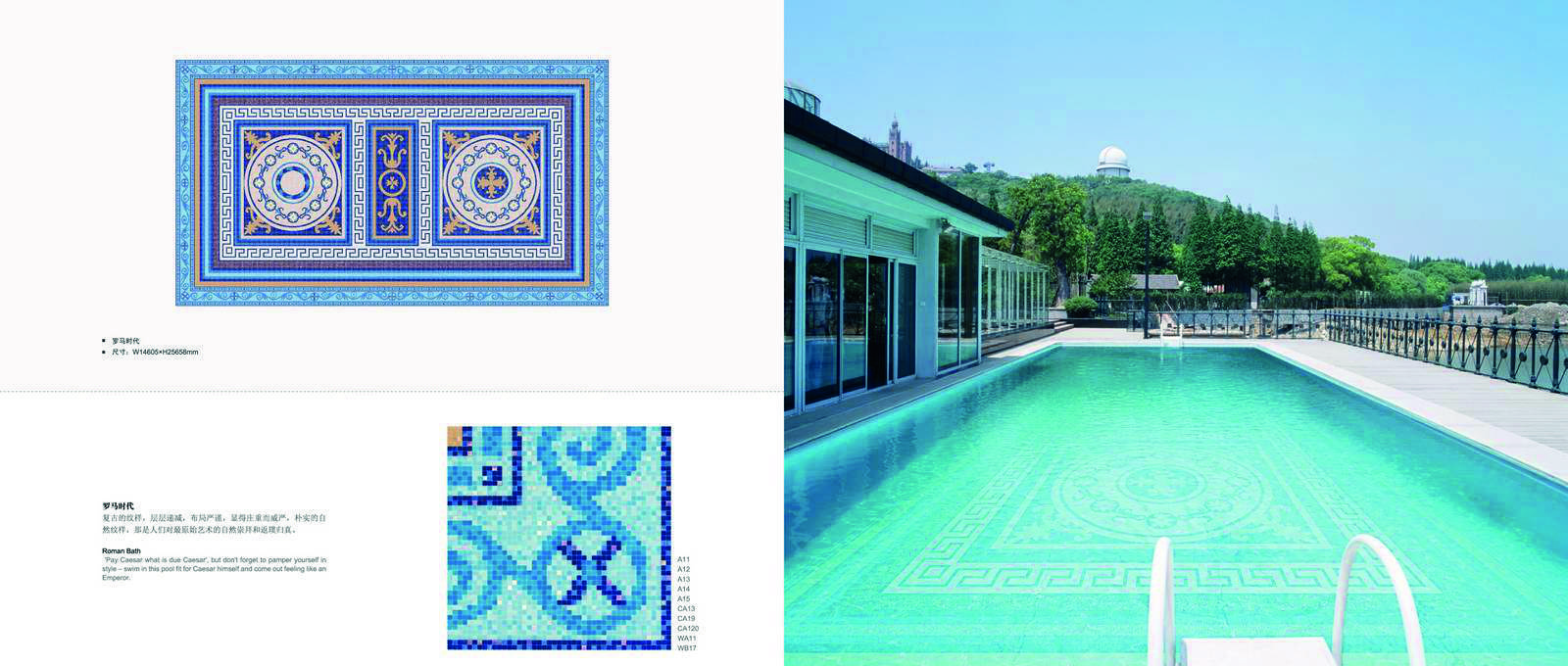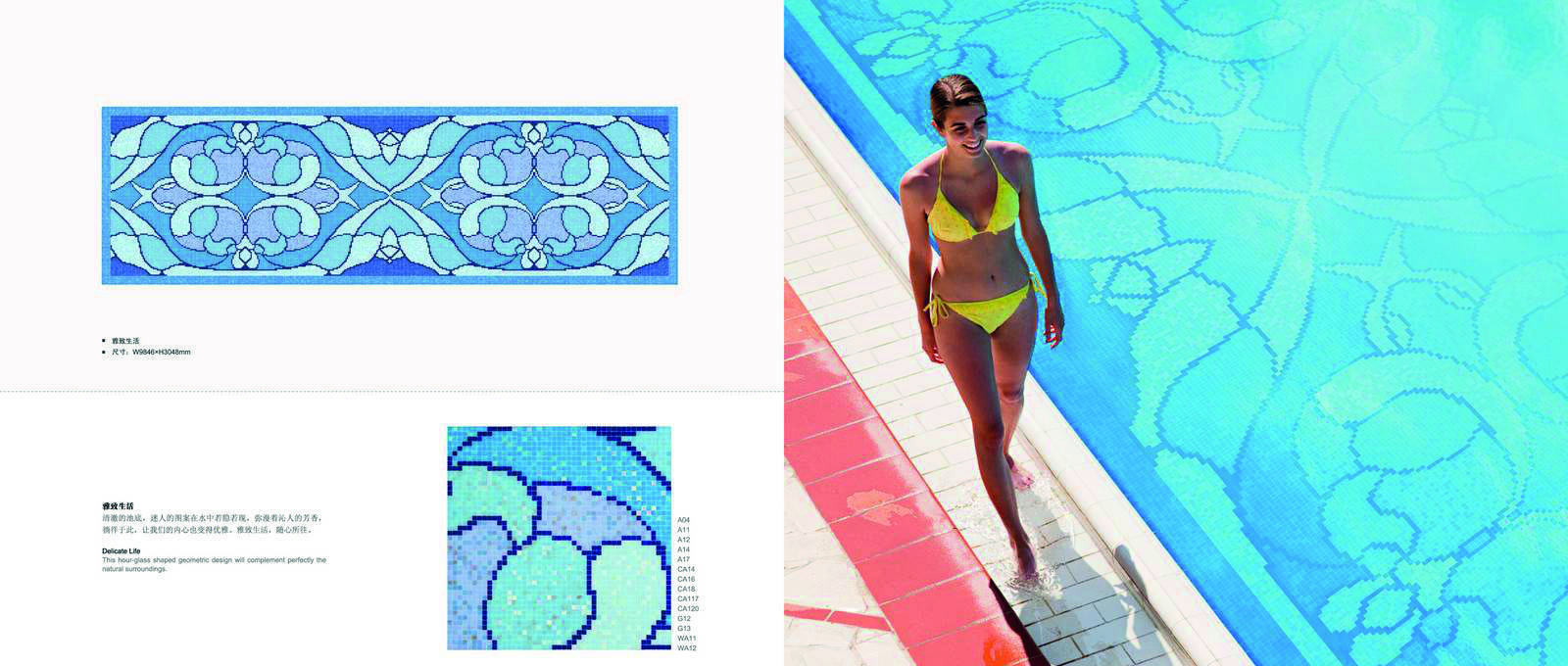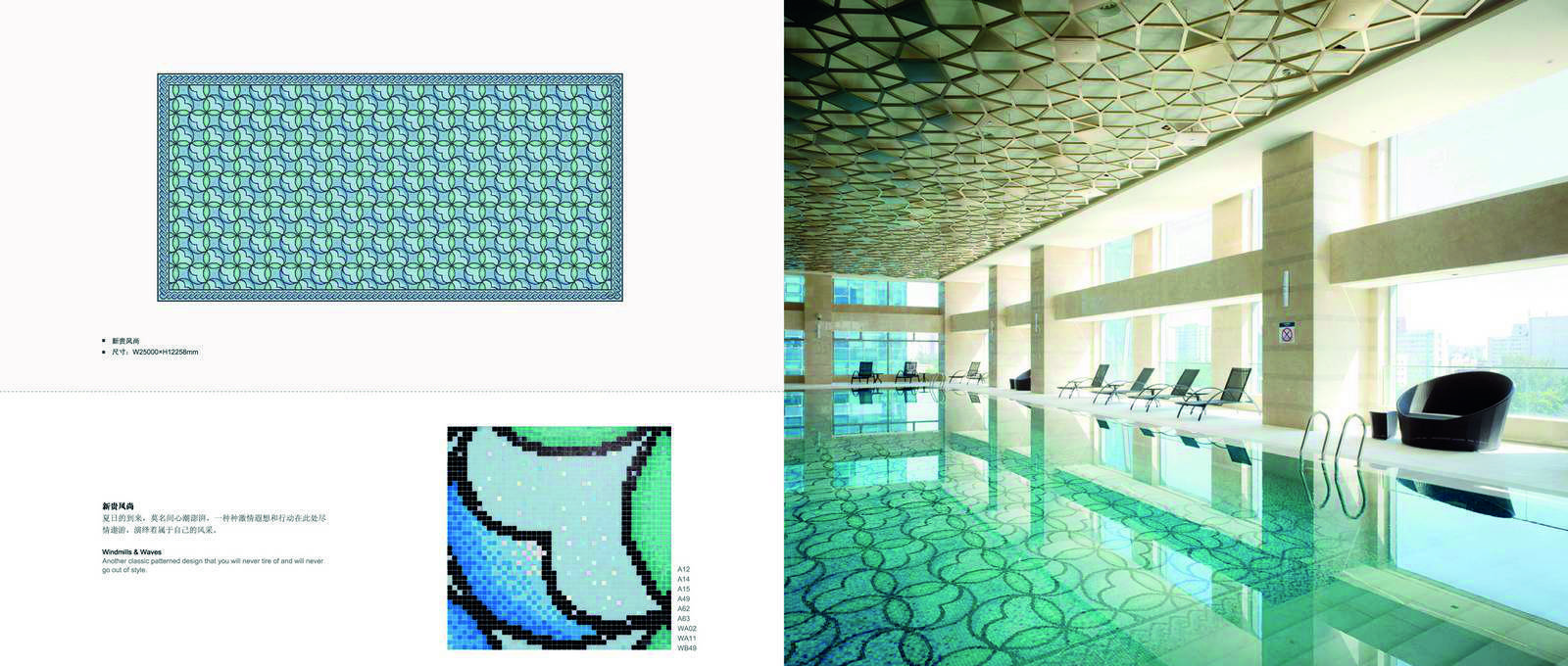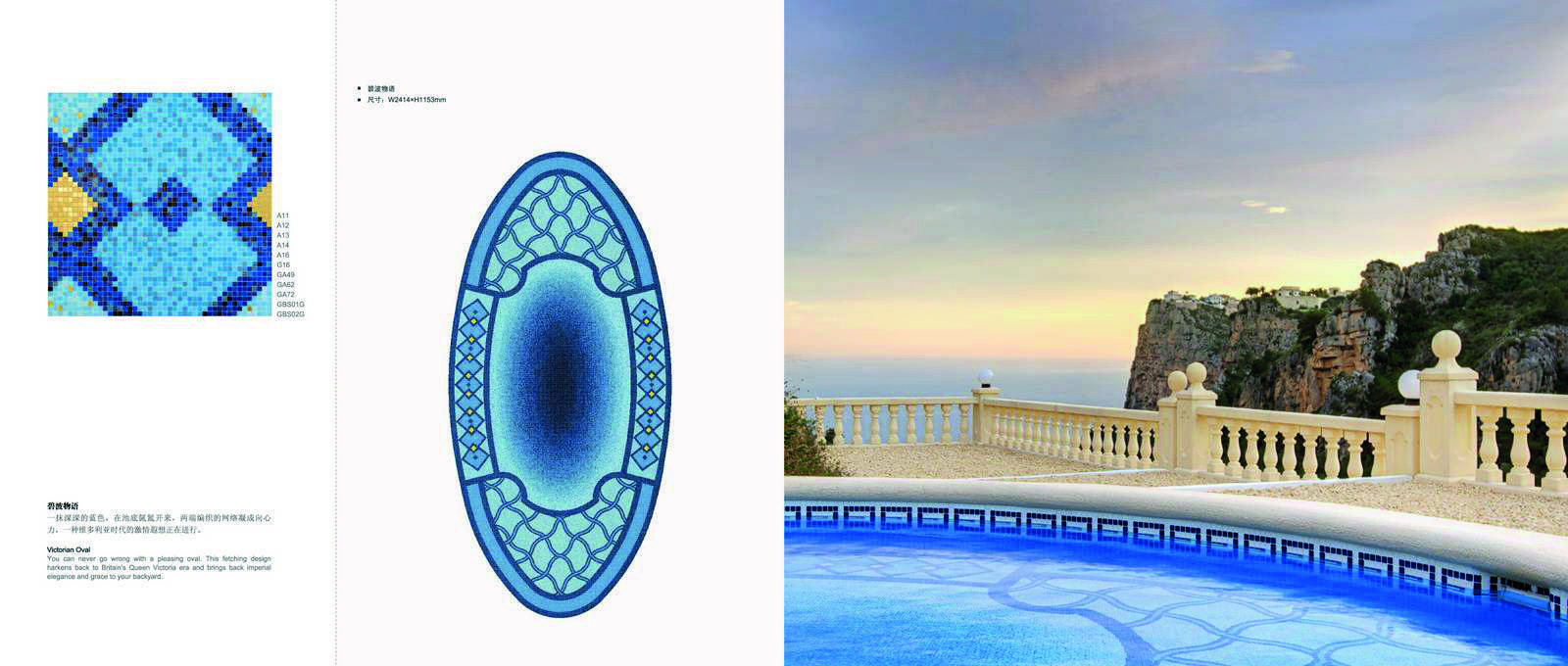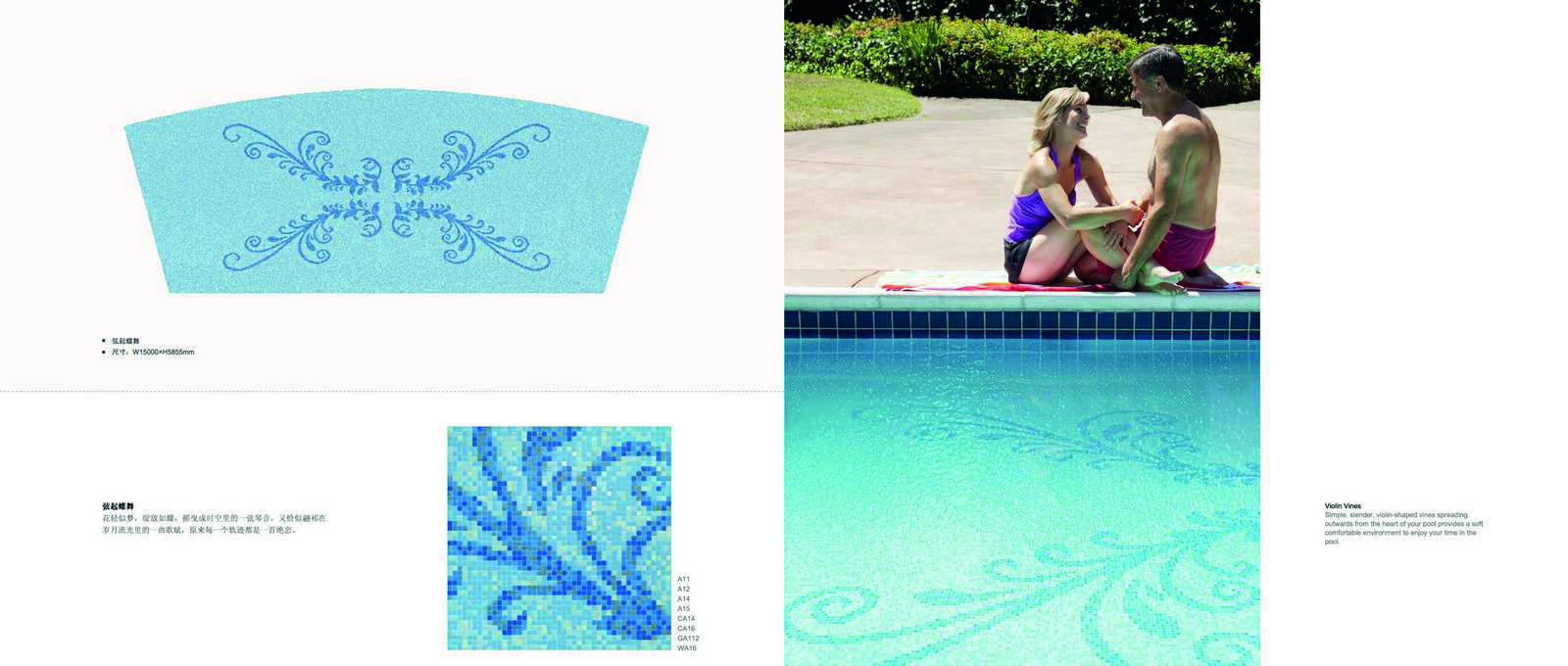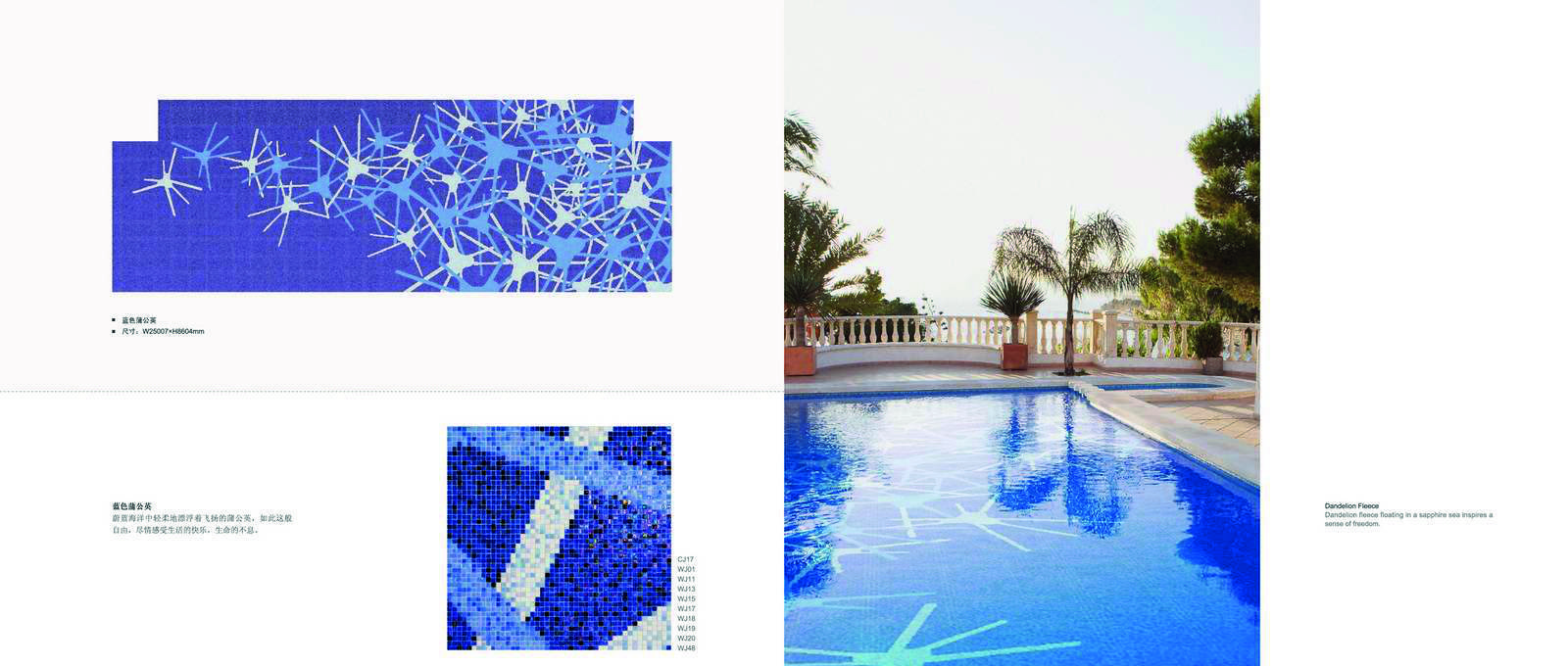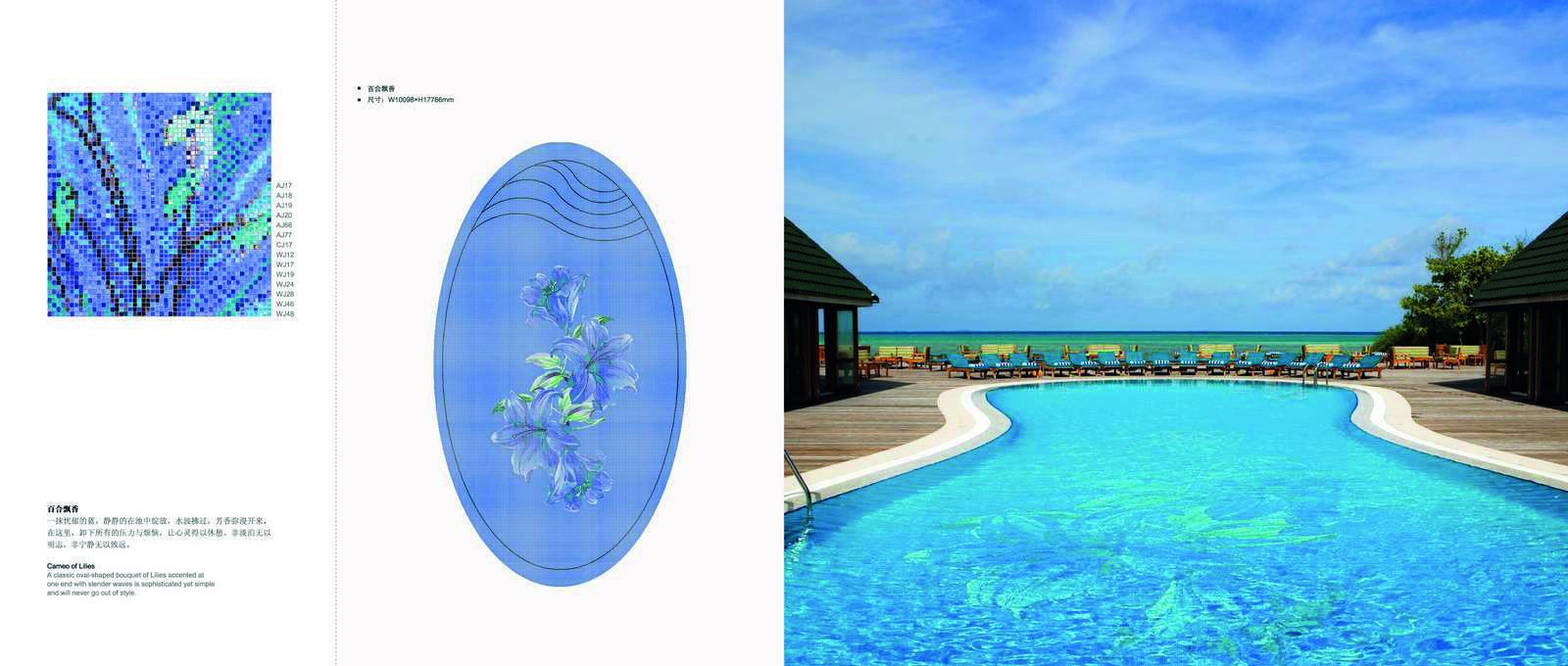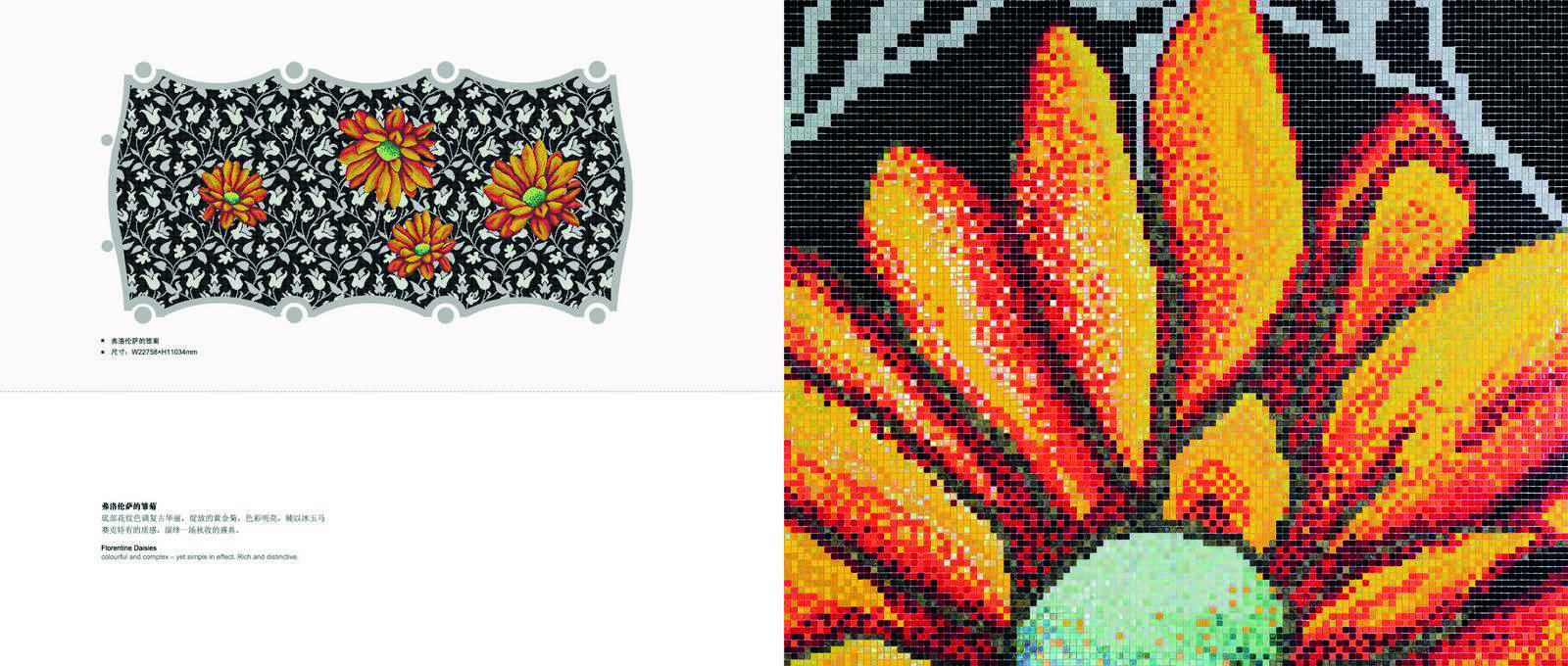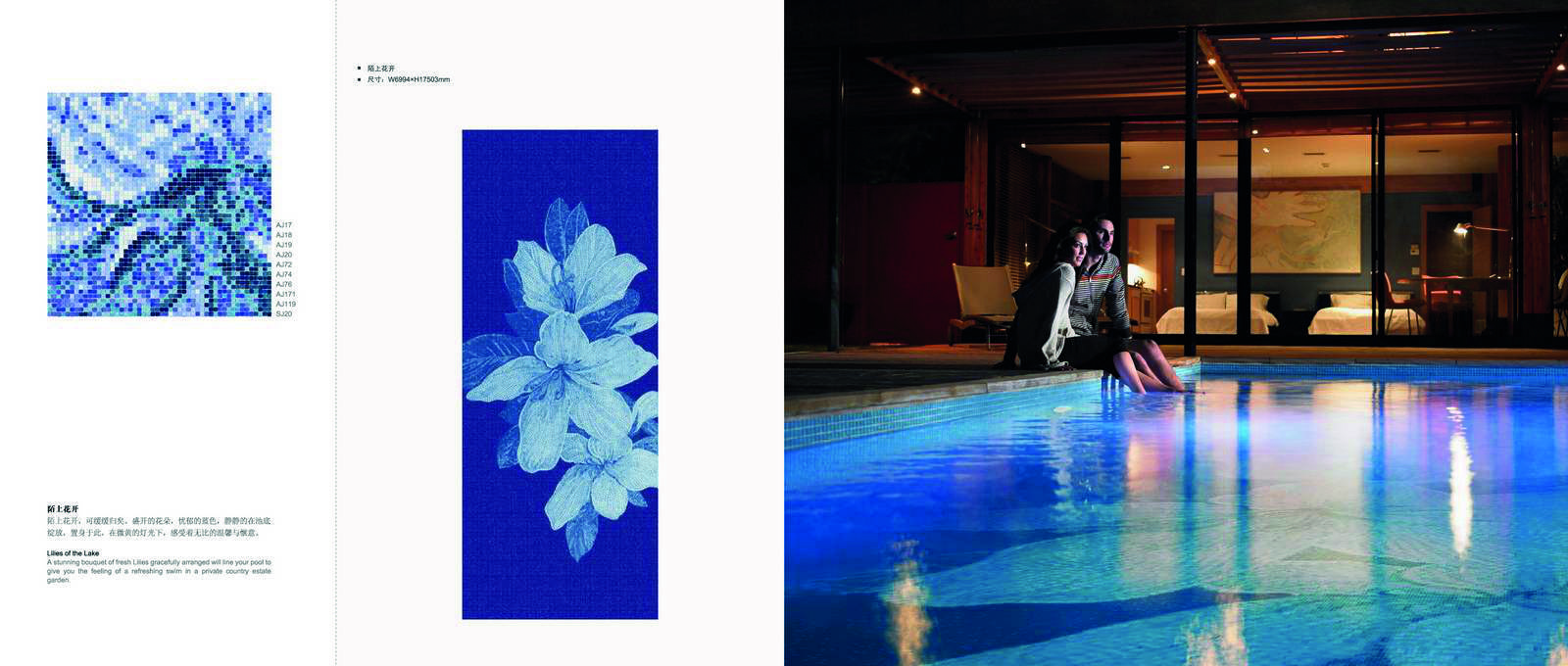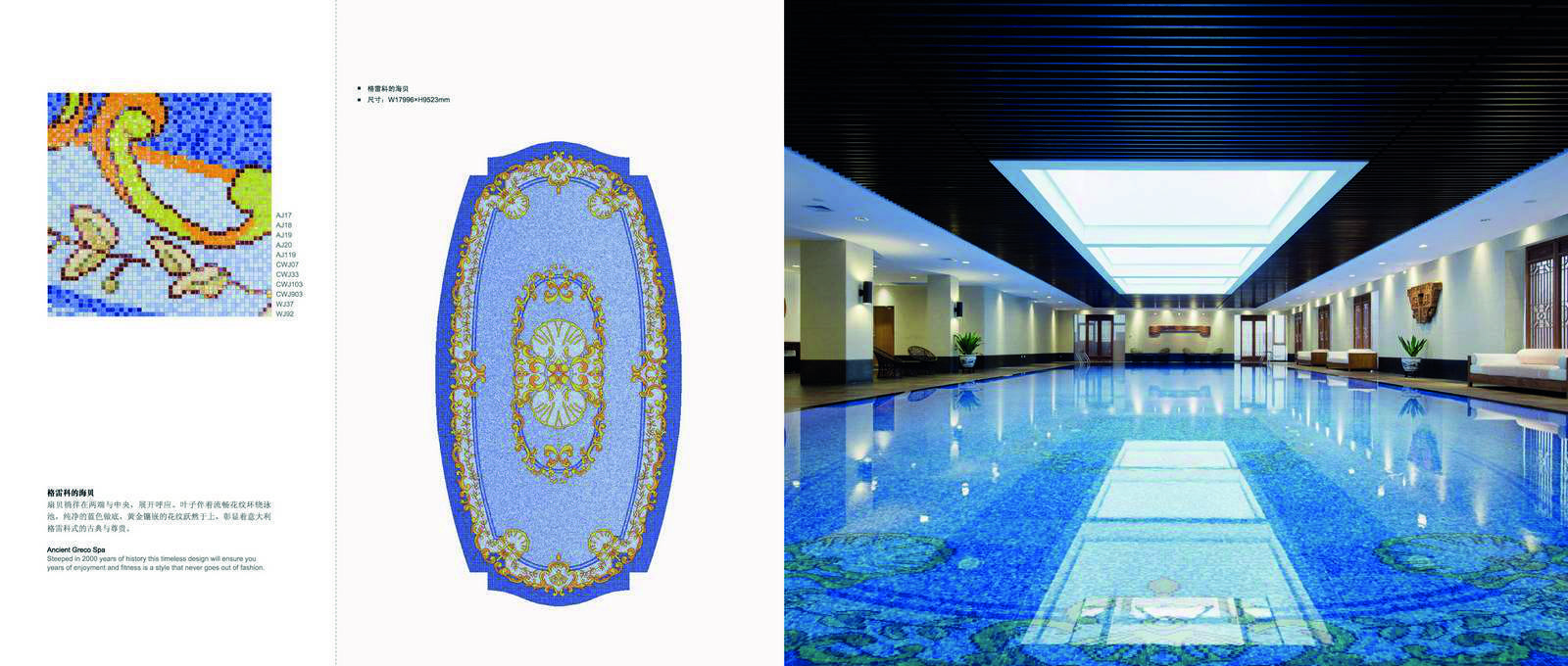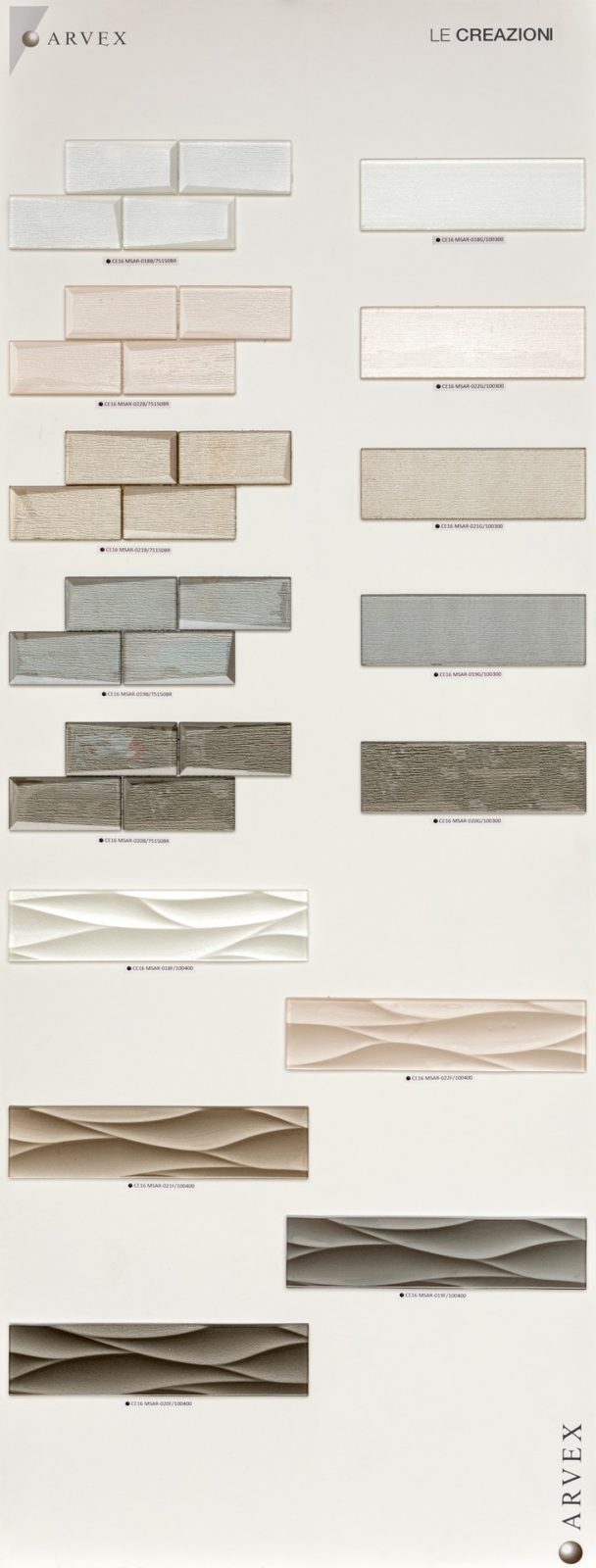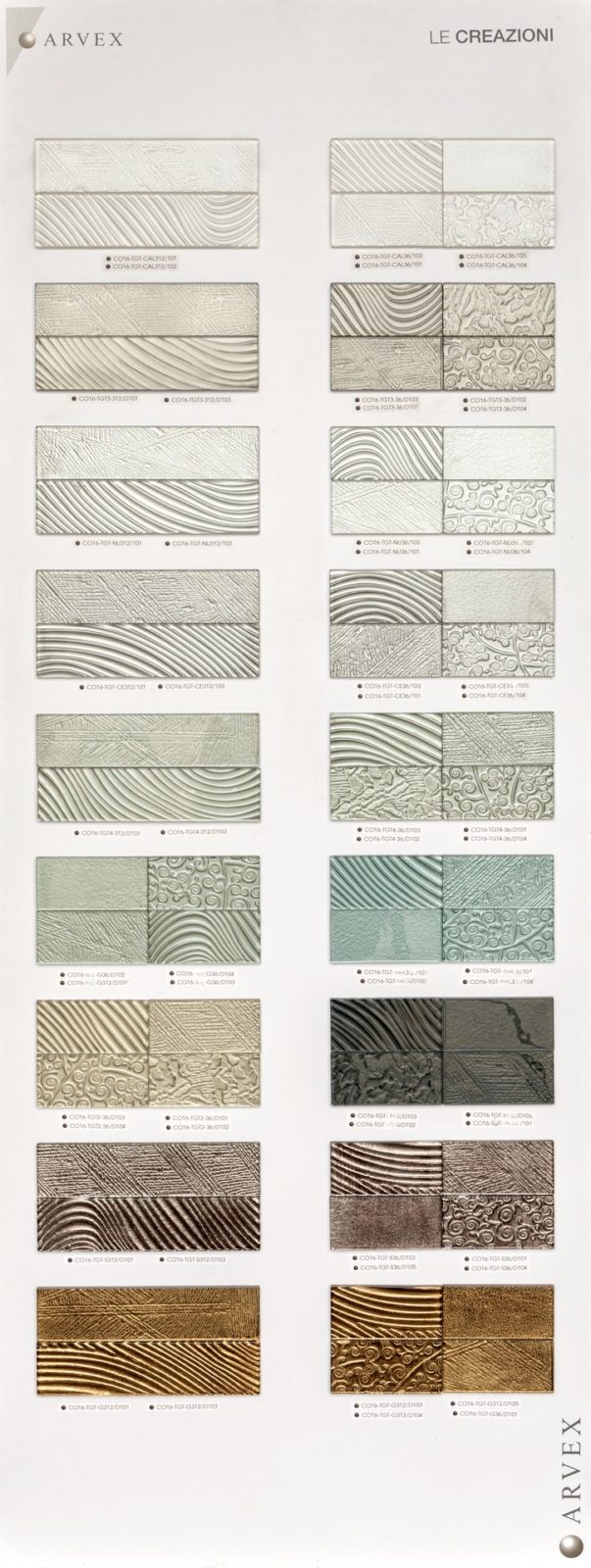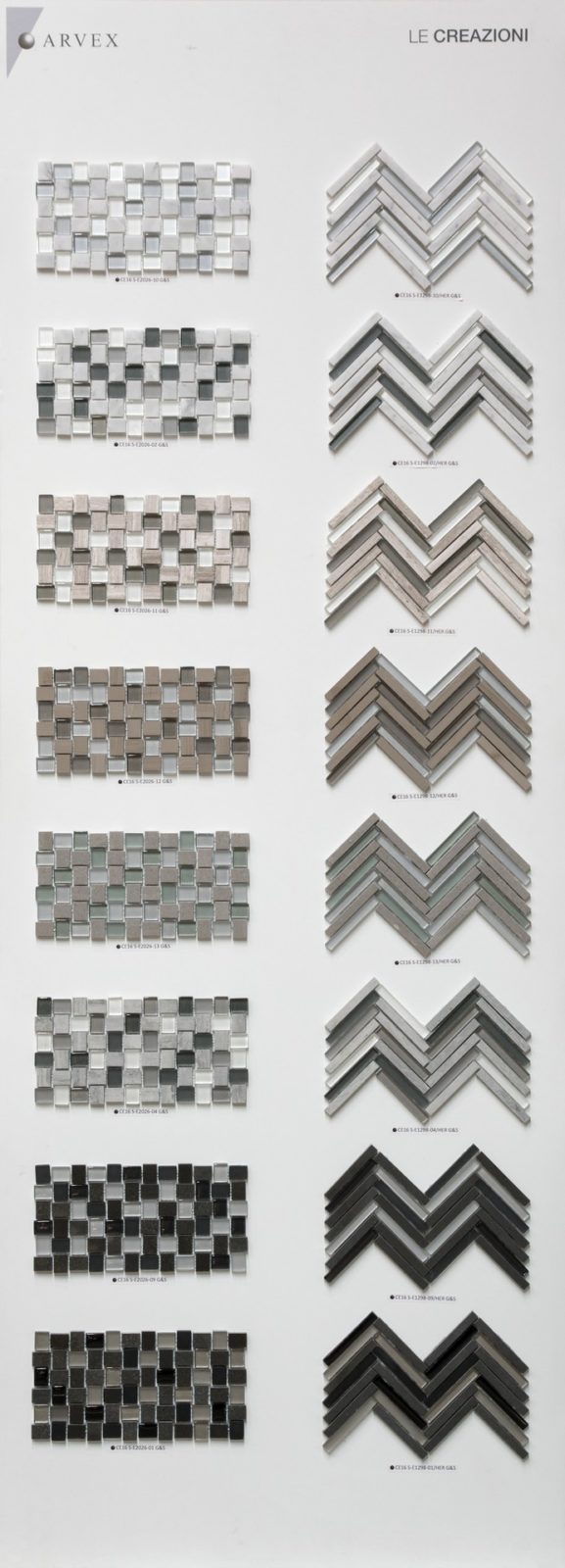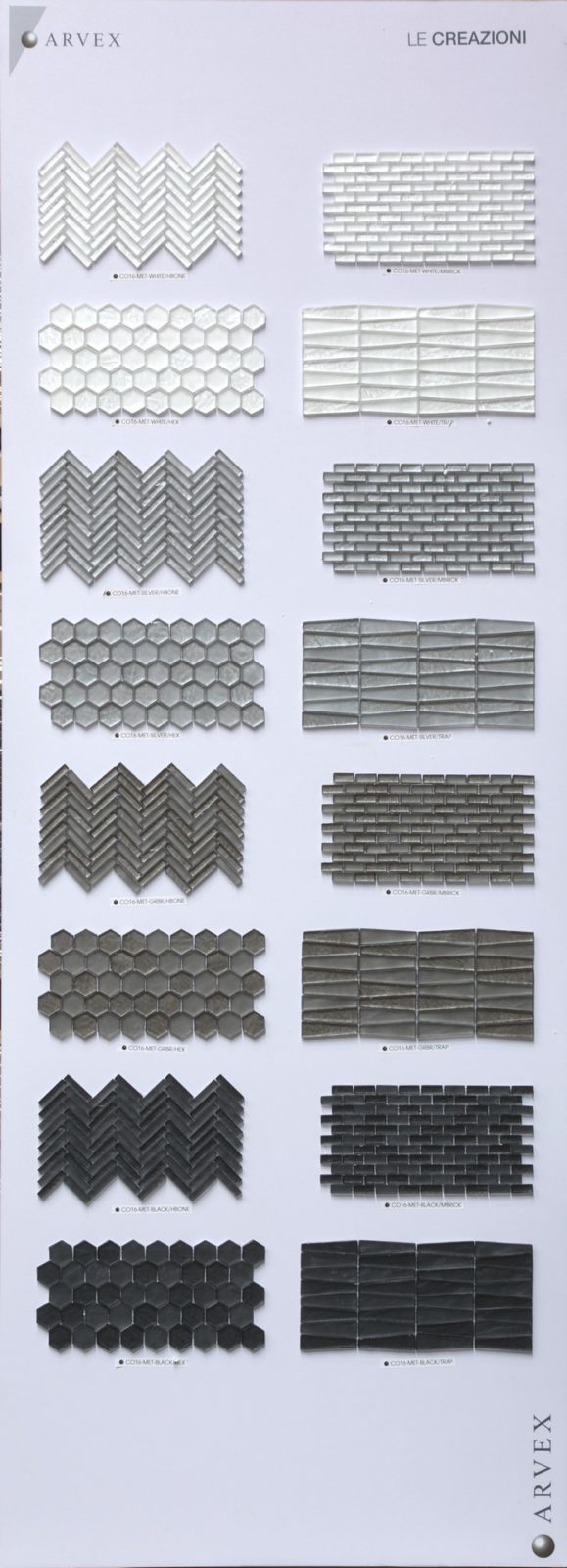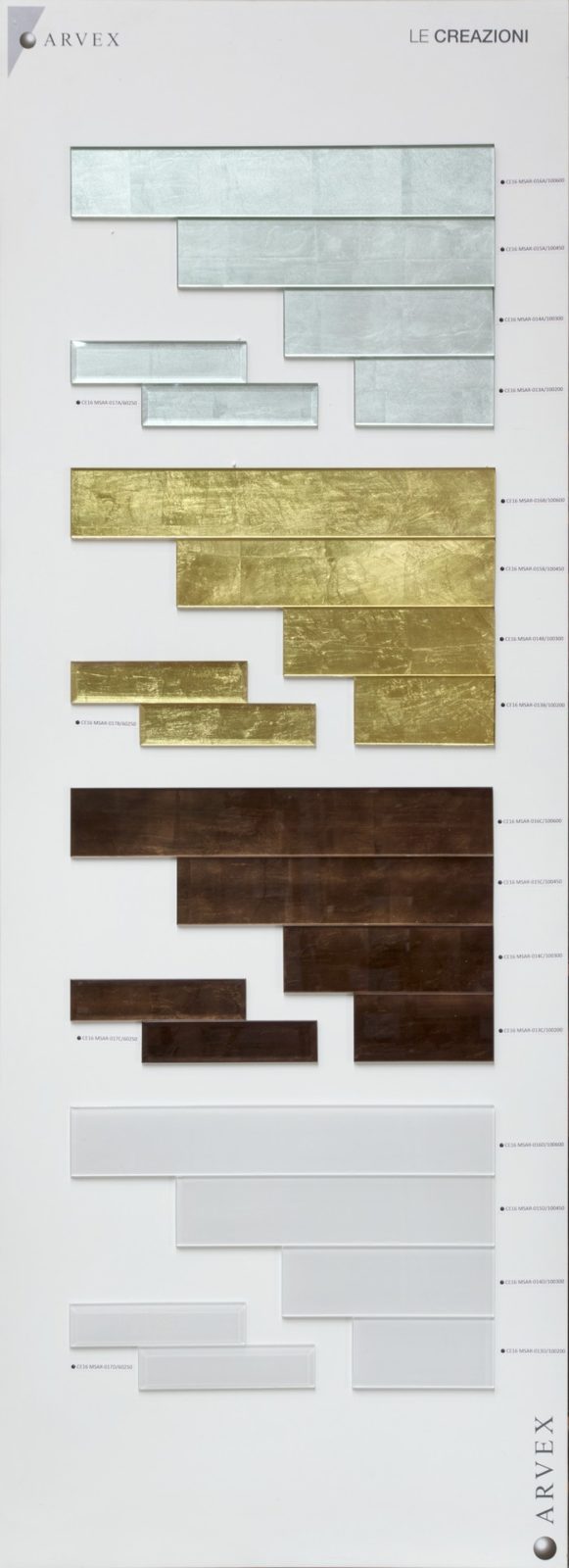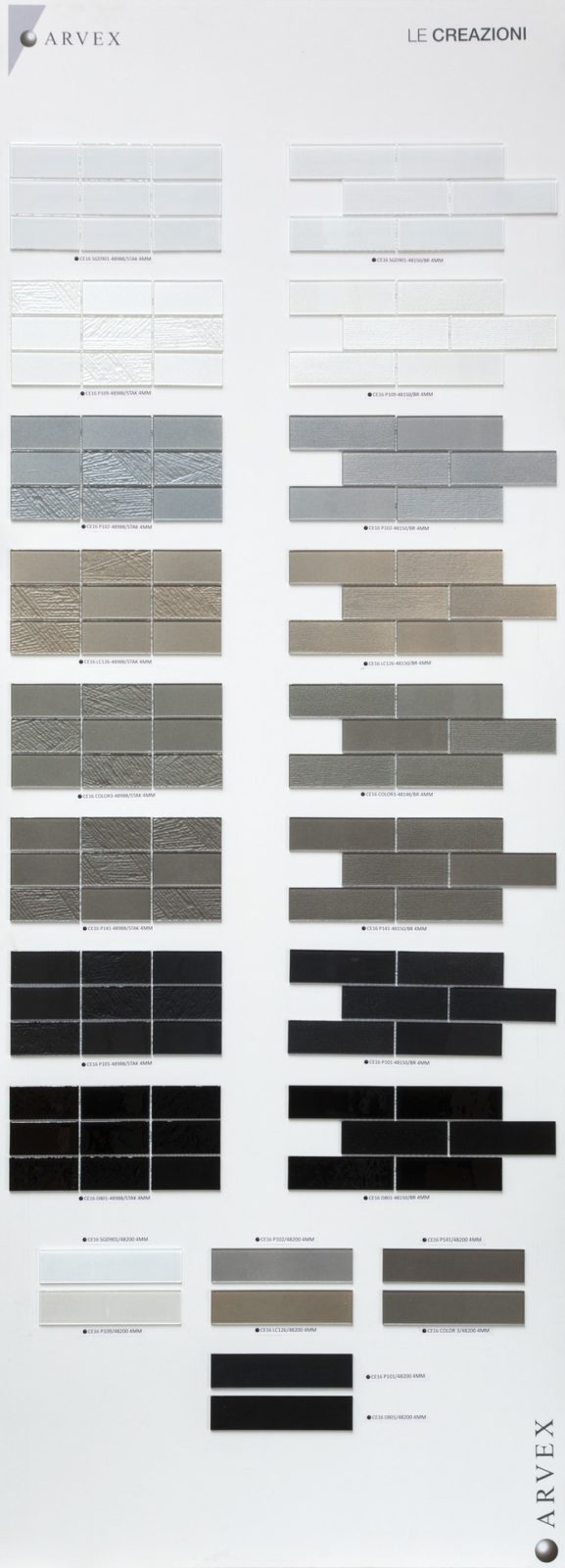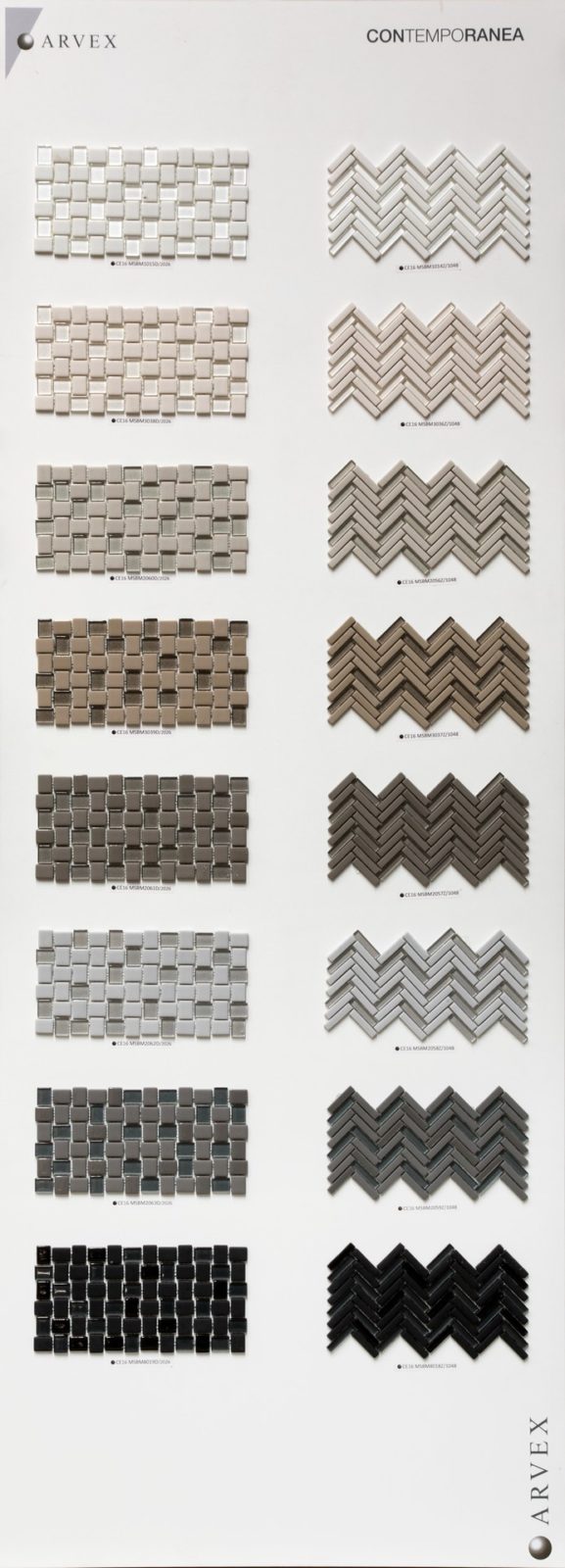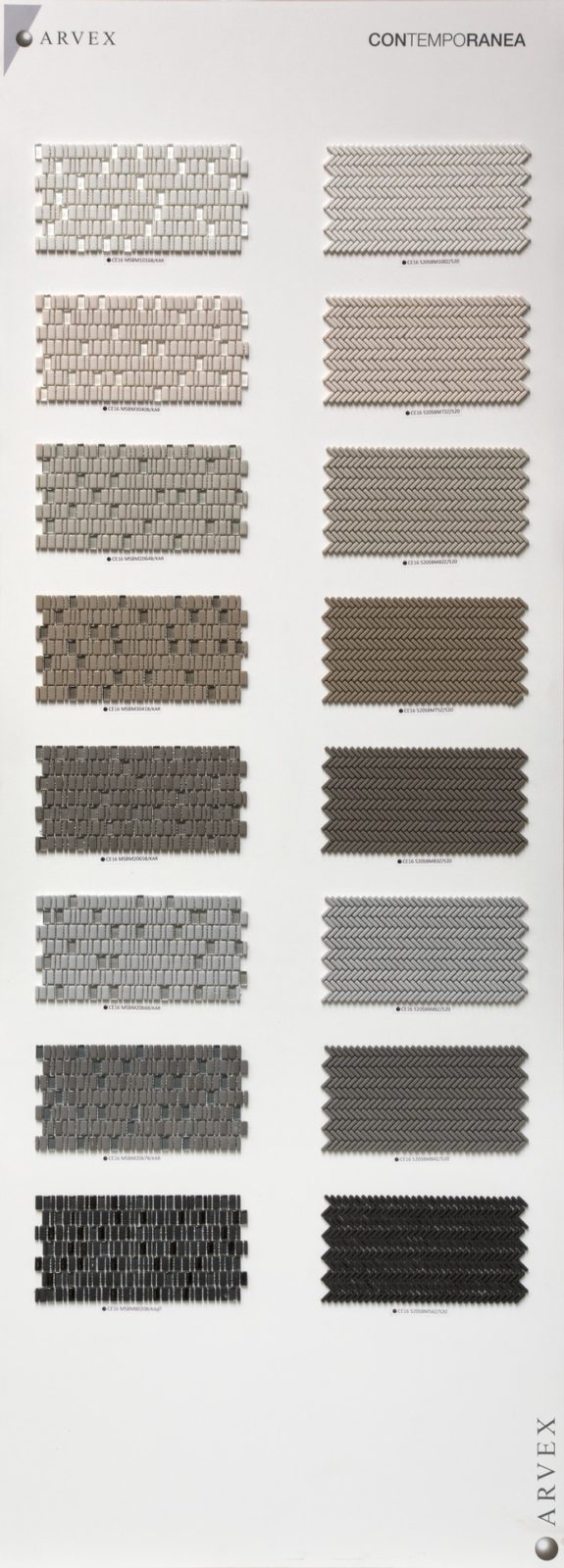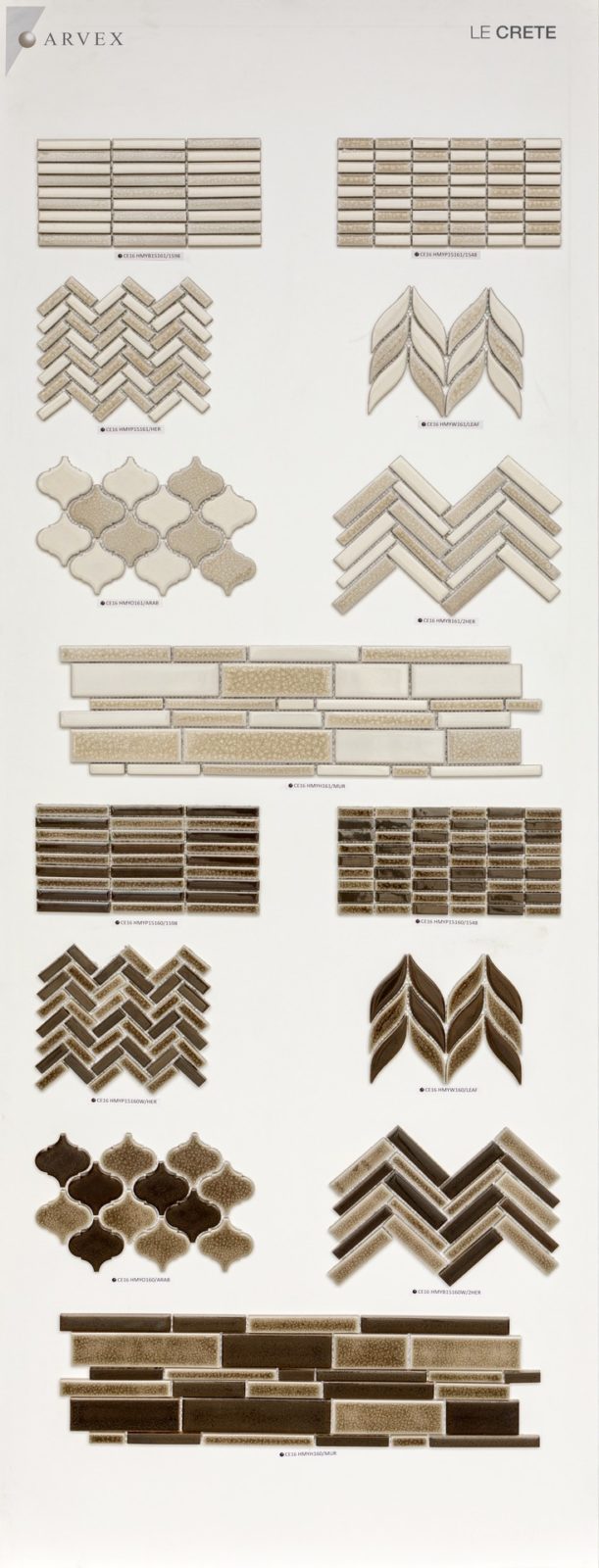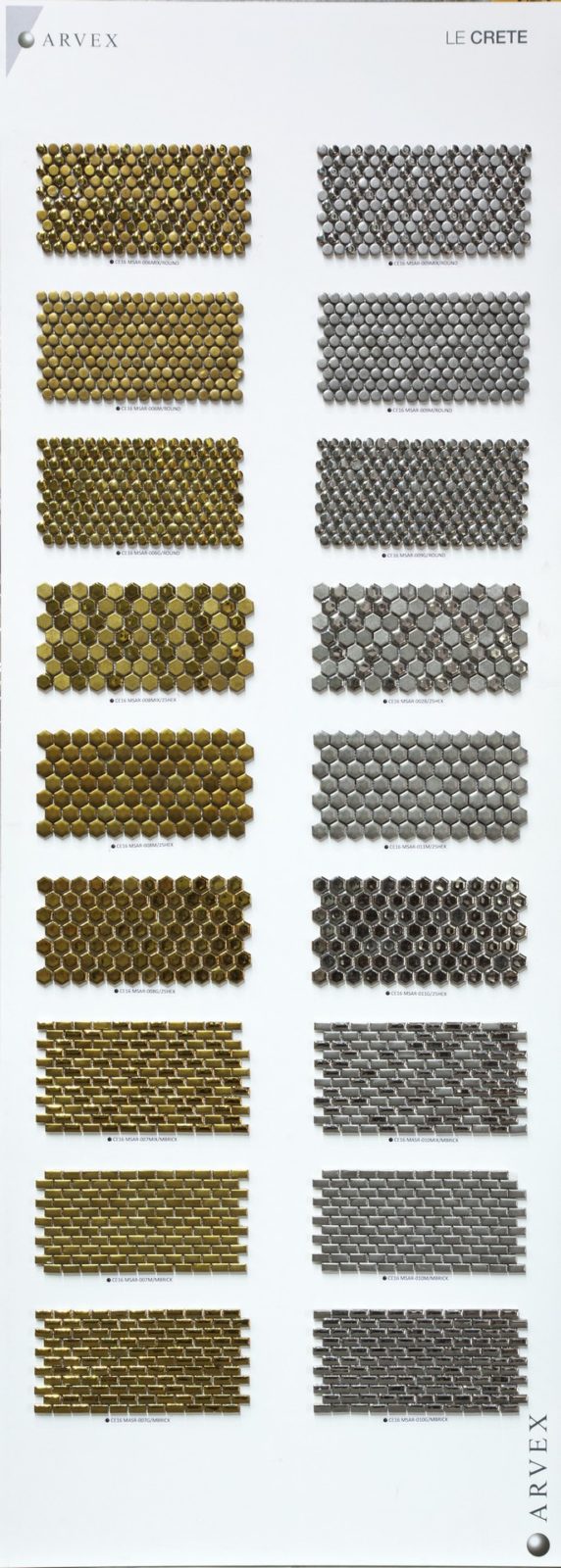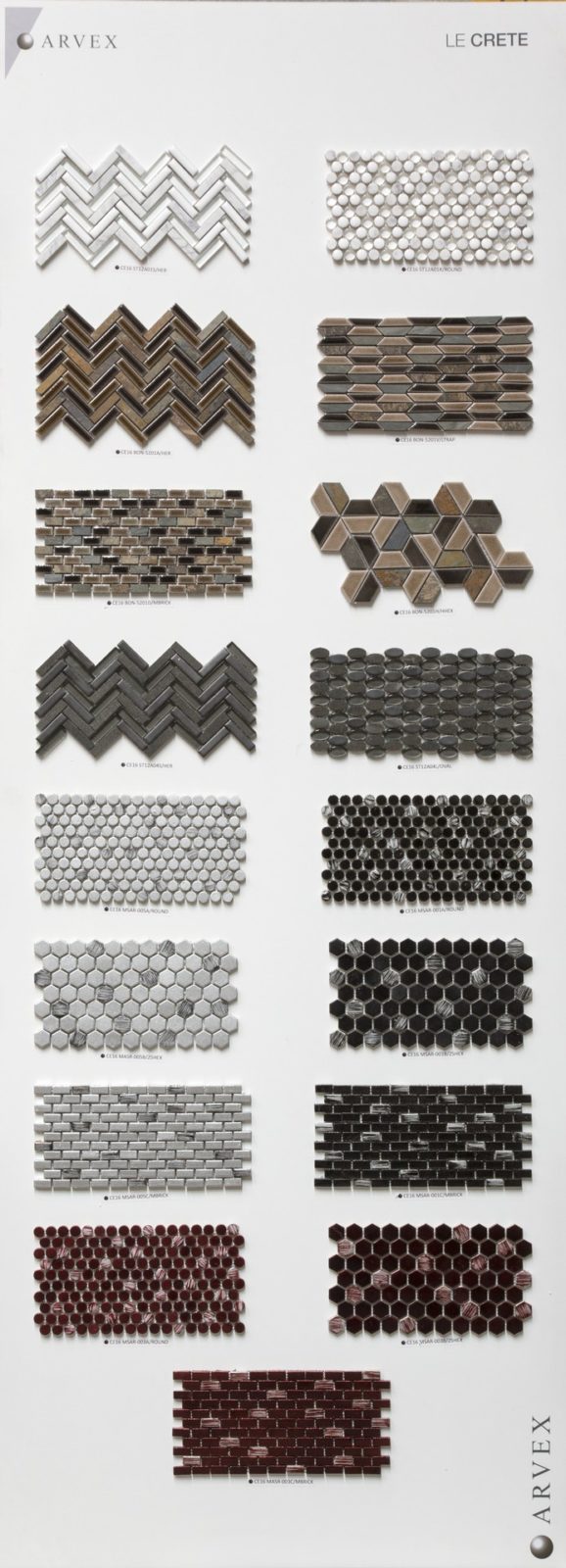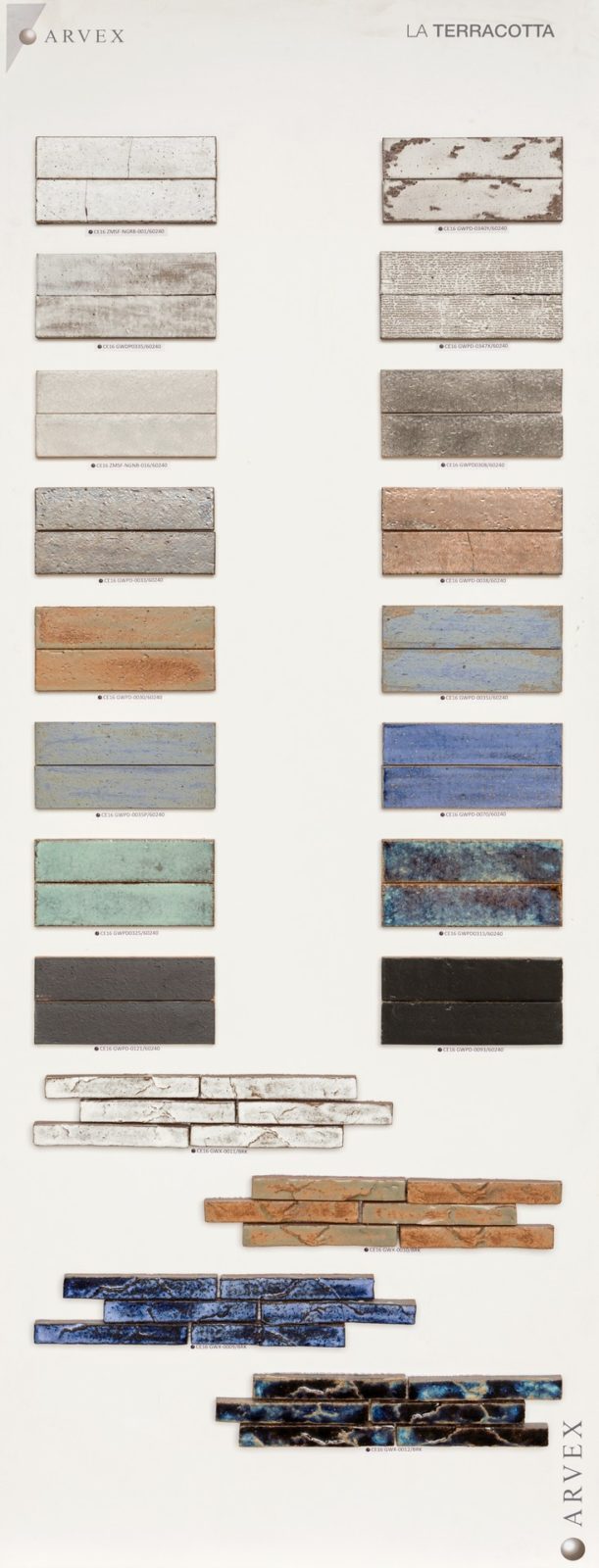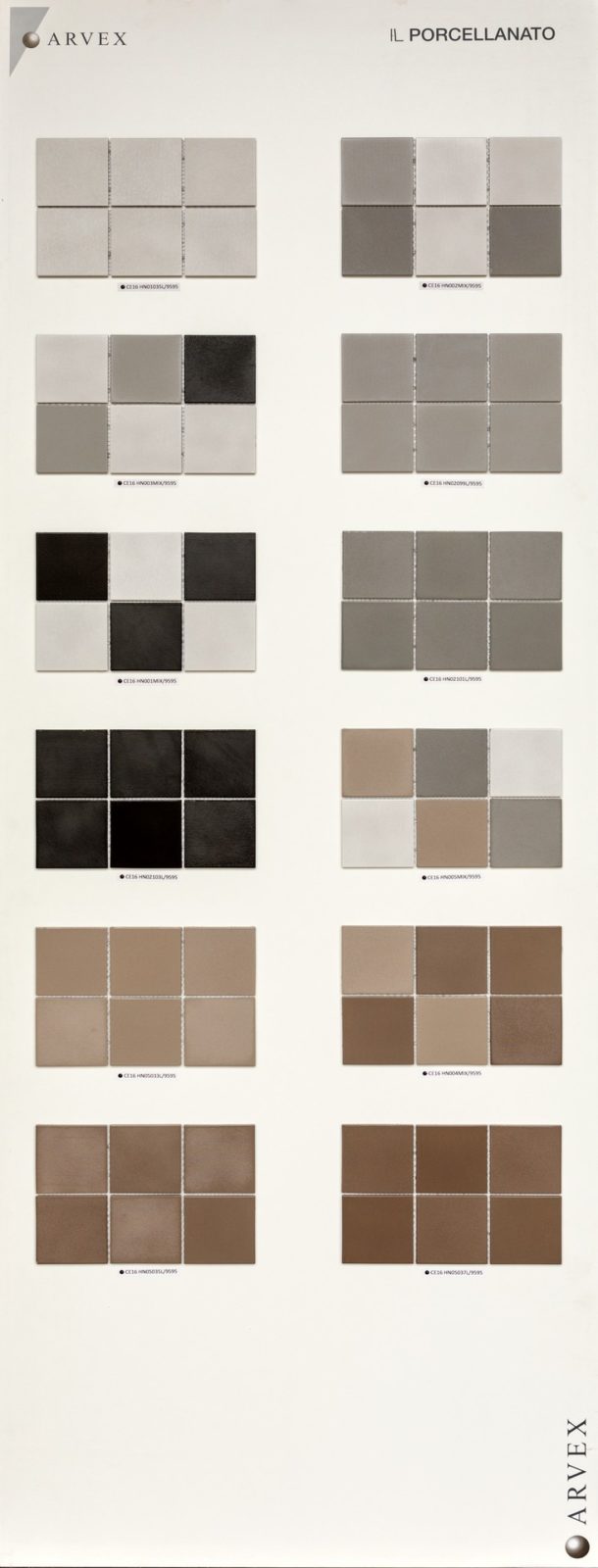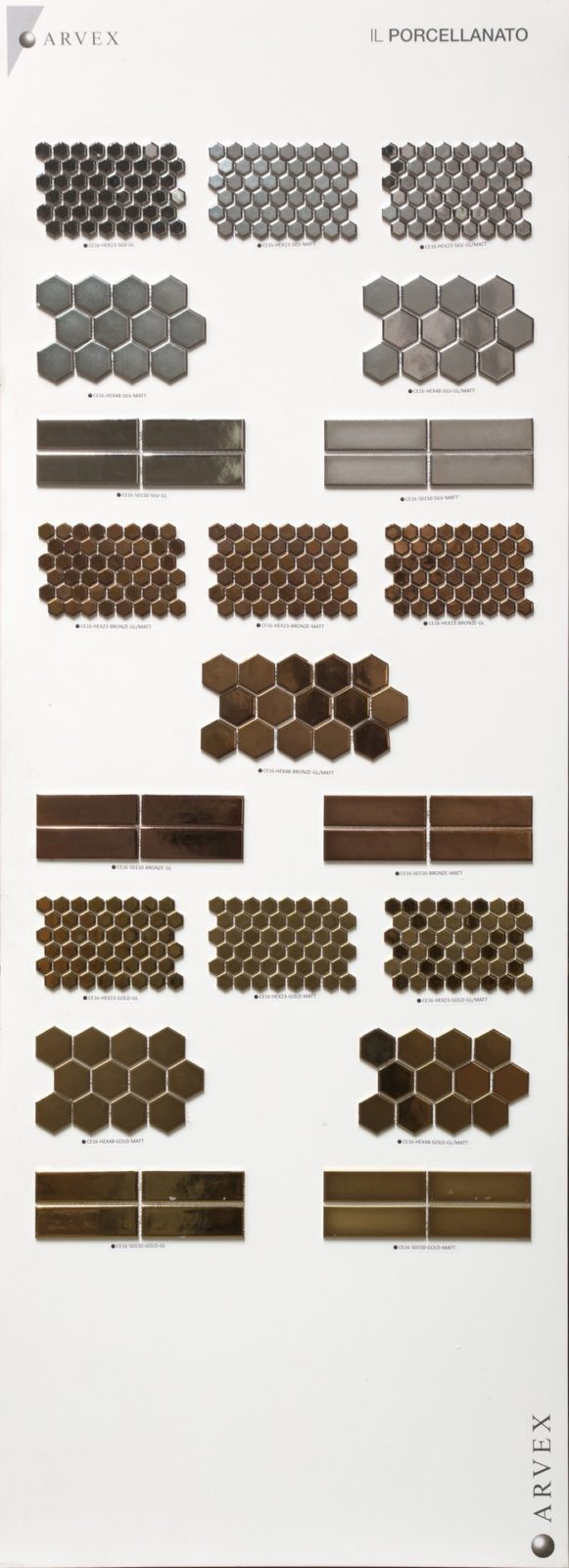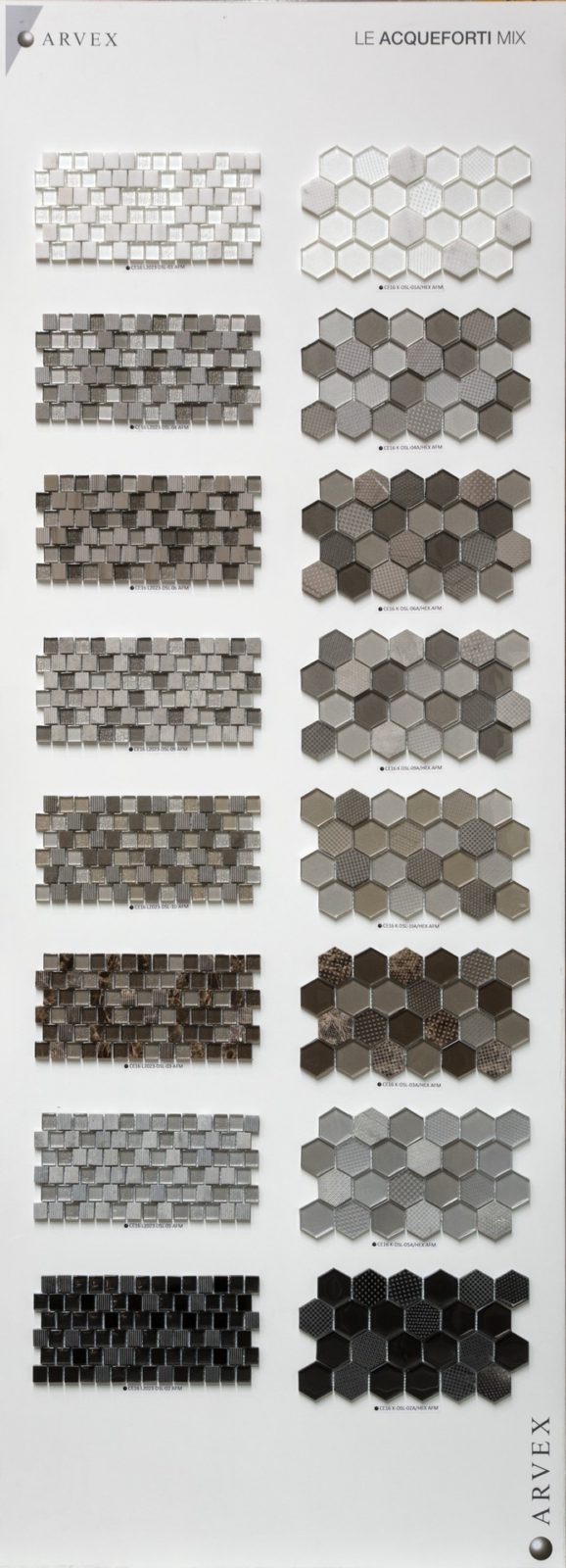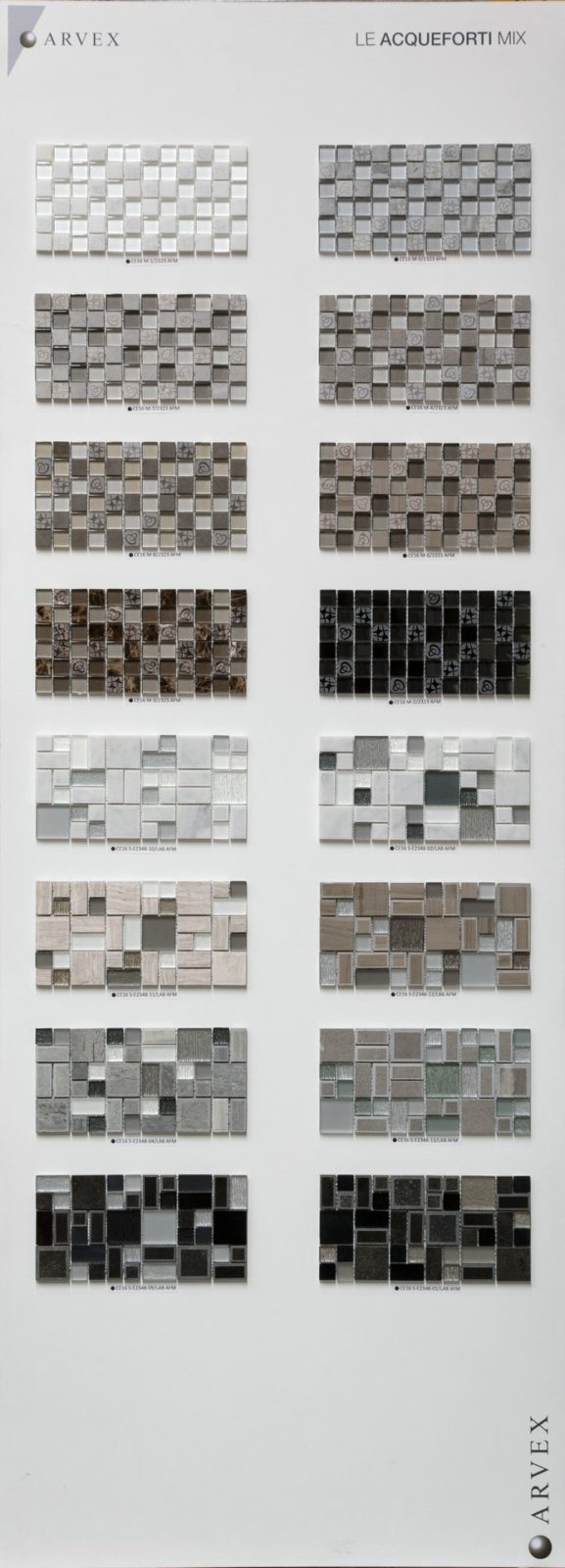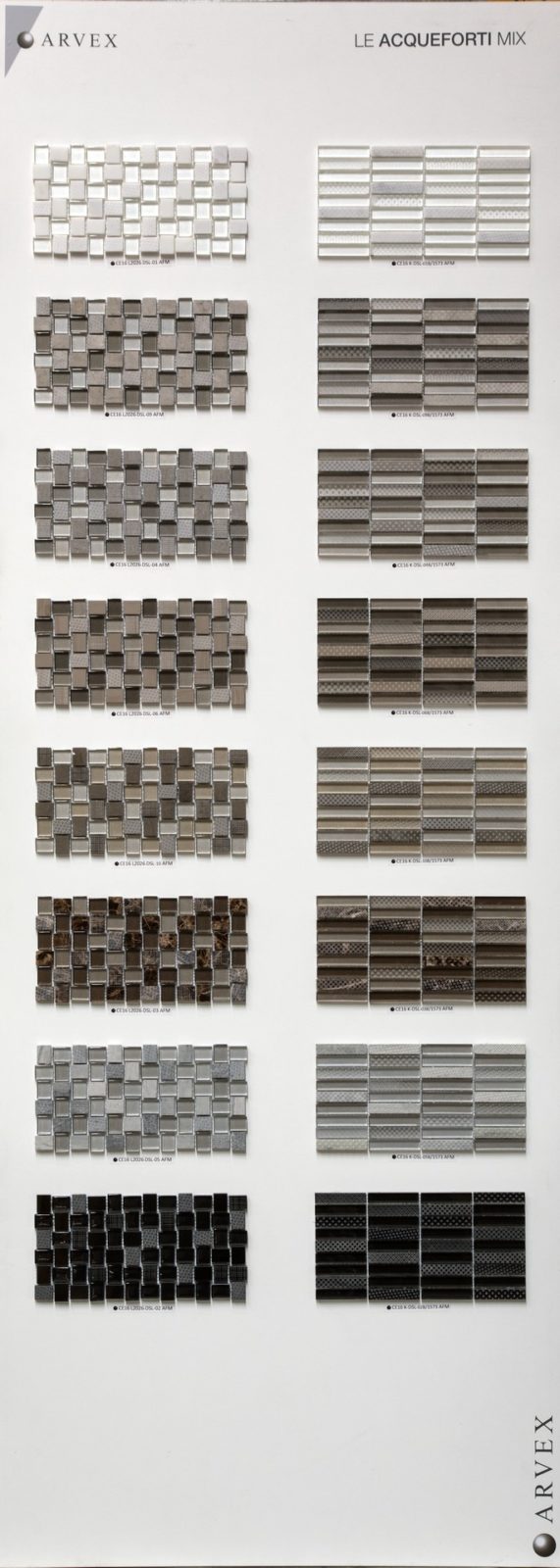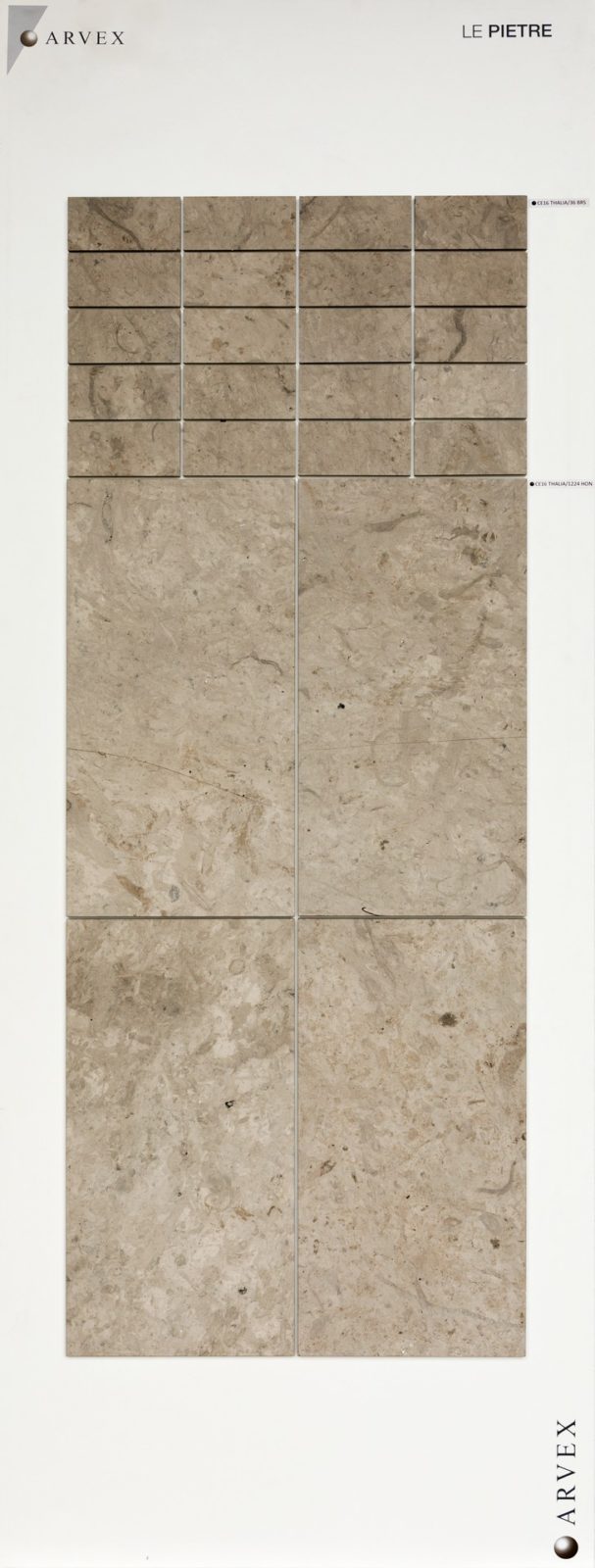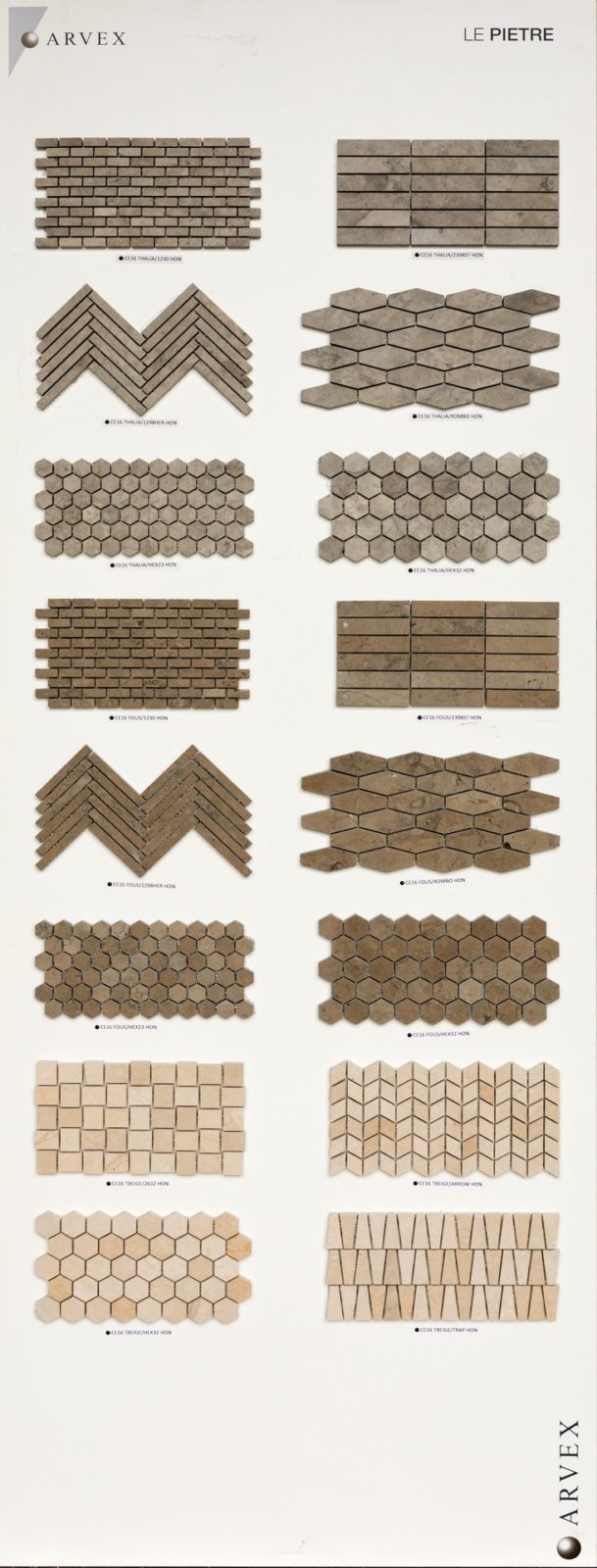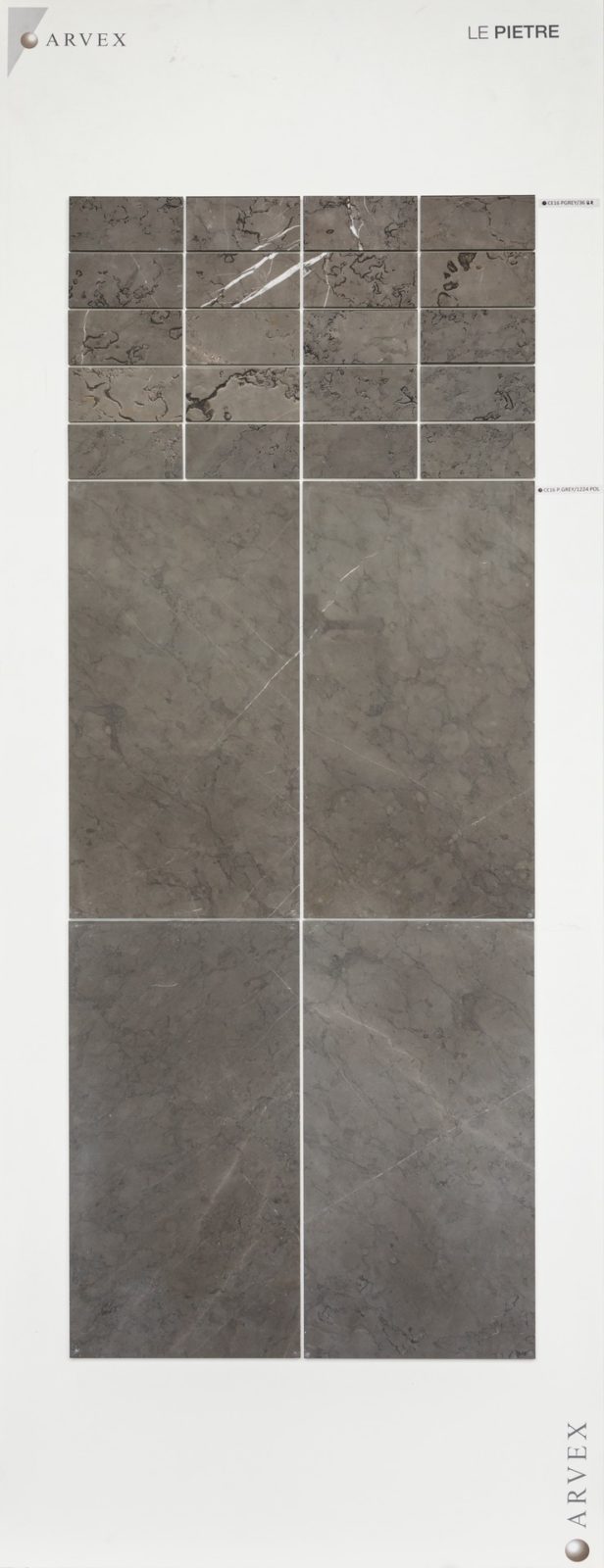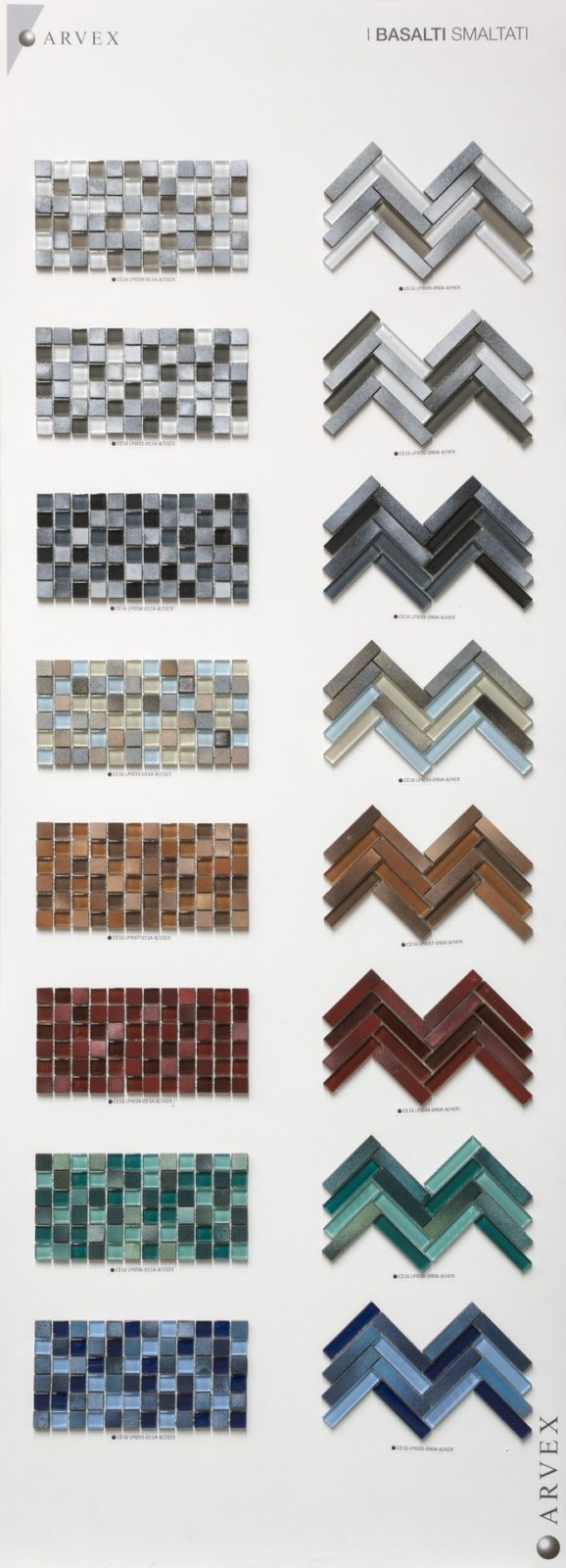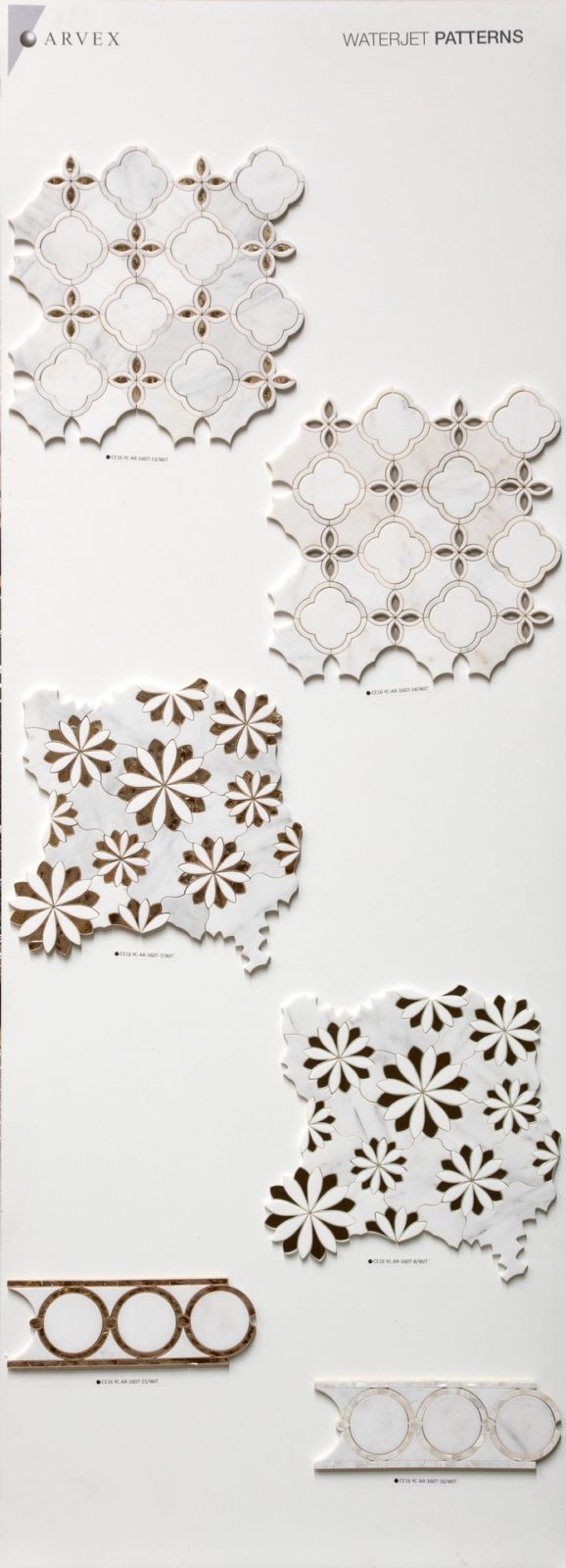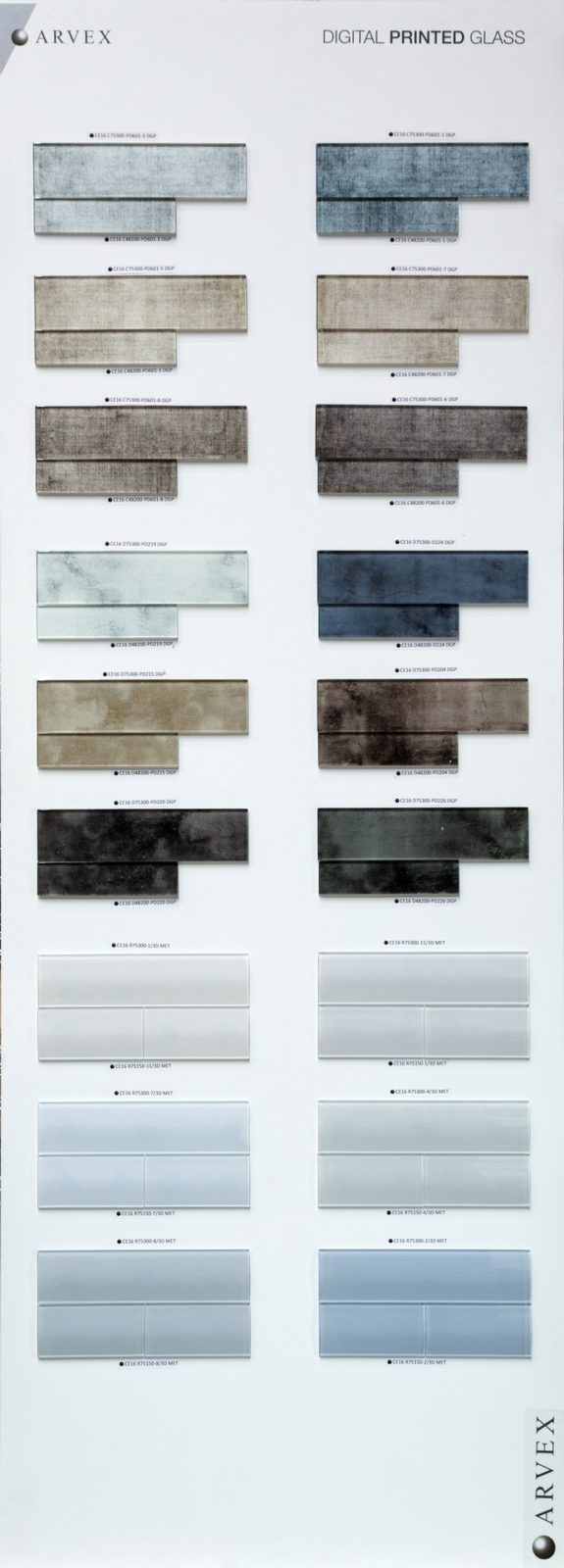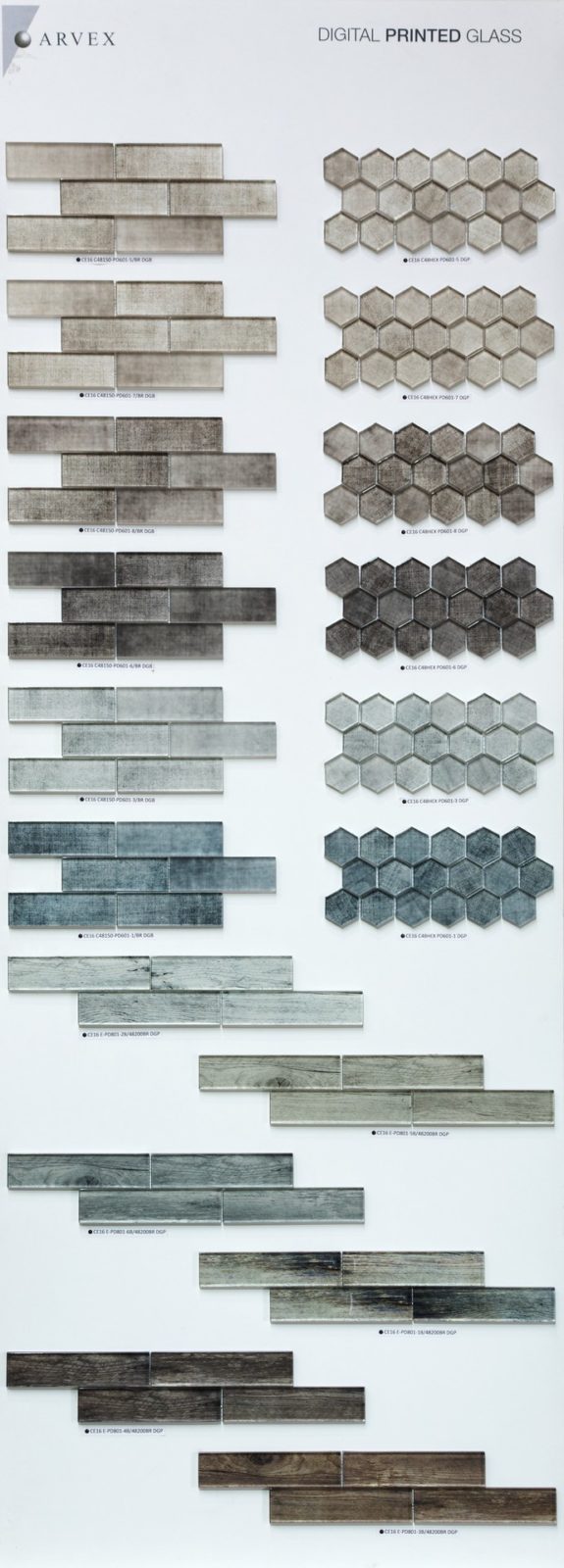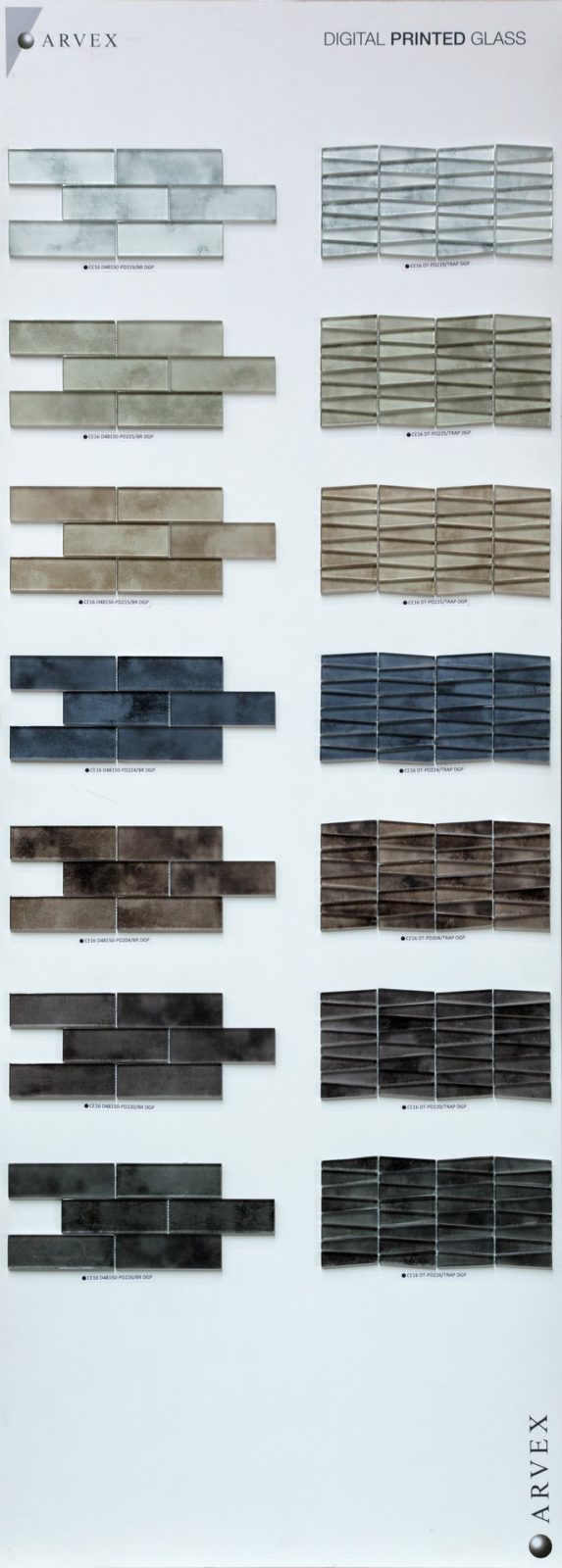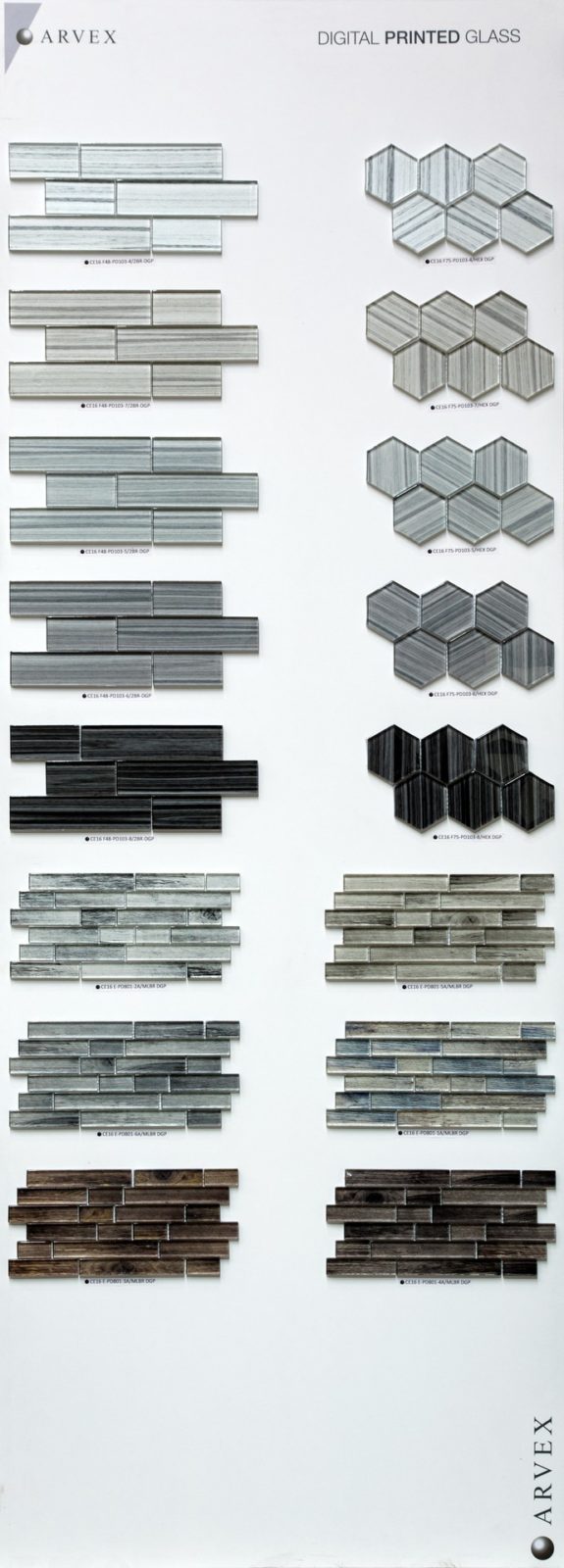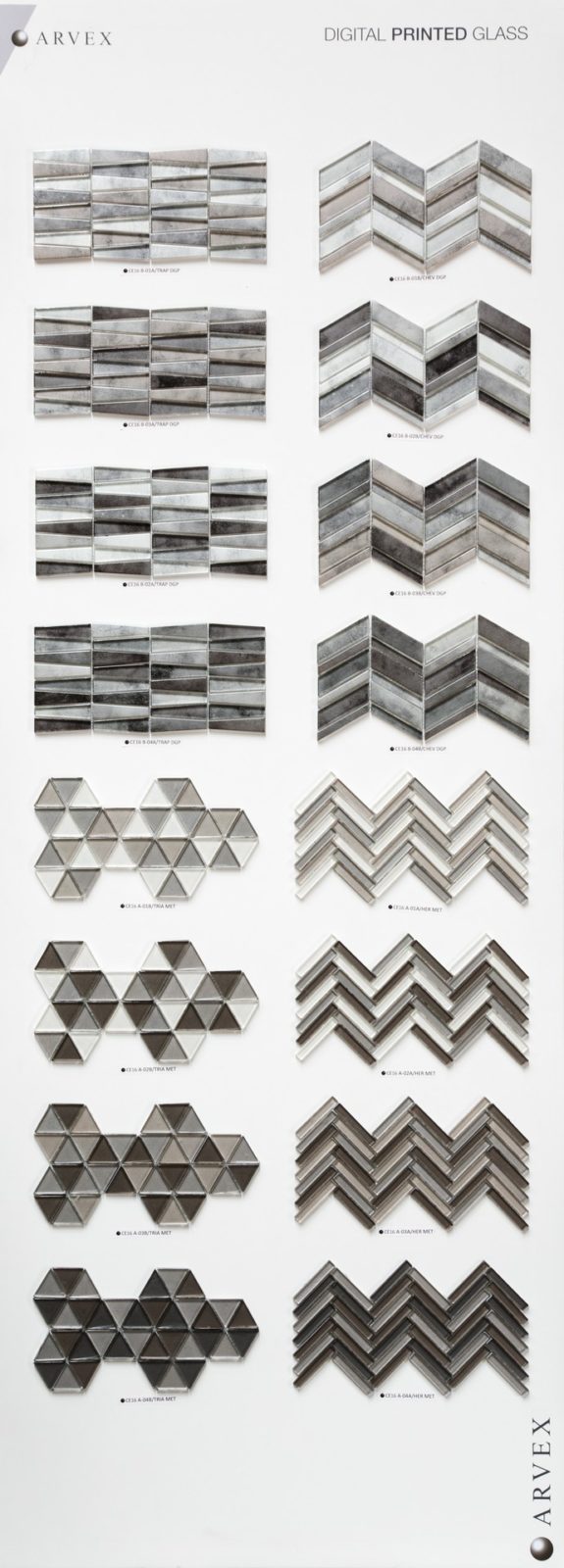Mosaic is a very old artistic technique. The first mosaics date back generally to the end of the third millennium BC, but it was only during the first millennium BC when this technique acquires an aesthetic sense. In a first period, the mosaics are enriched with geometric images and, from the 4th century BC, figurative representations are introduced, as hunting scenes or mythological images. Also during the 4th century BC the mosaic technique is mainly used: mosaic tiles “opus tessellatum”, used immediately as pavement. In the Roman imperial period the mosaic use evolved itself, geometric patterns and mosaic panels adorn important and representative environments. They begin to exist, also, pieces of millimeter size, with a type of technique that is usually called “opus vermiculatum”, and begins to use the mosaic as a wall covering, which is spread, especially from the first century AC The use of enamels increases, also because the enamels interact with light with results of surprising effects.
At the beginning of the 20th century, the use of mosaic for coatings and floors is became stronger thanks to famous architects and artists who increase their importance. Just think about Gaudi and the “Sagrada Familia”. In fact, in Barcelona, Gaudí proposes new solutions using the old tile mosaic technique through the use of the so-called tracandis.
But most of all in Italy, in the 1930s, where the mosaic begins its complete consecration thanks to two artists who have created the history of this material, the masters Severini and Sironi.
Nowadays mosaic is widely used as a decorative element of our houses, where elegance and charm are mixed so much that, if the “old” artists can not yet be defined as surpassed, they can be considered secondary. The production of ancient mosaics with modern techniques ensures the perfect decorative effect in the short term and with a guarantee of strength and solidity. The continuous synergies between artisans, designers and the ceramic industry has meant that the mosaic is always discovering new areas and surfaces of employment. Nowadays, thanks to the best industrial productions of this material, art rediscovered , and this product lives a new and attractive youth never known before, thanks to the easiness of coupling with different materials as wood, metal, marble, porcelain, glass and ceramics, can satisfy all the projective needed of new buildings, houses and environments that welcome us with their warmth upon our return home, giving us the opportunity to personalize them with taste(o personal favourite) and personal style.
The Linea Italia collections selected by Future Euro Trade want to combine the appeal of a thousand-year-old technique with the productive methods of today to make available and accessible, for all lovers of this material, the use in decorative wall realizations of various areas of our houses, giving the possibility of maximum personalization. All the selections of our mosaics are unique pieces born for exclusive projects and elaborations, reinforced by continuous research and a passion without limits.


